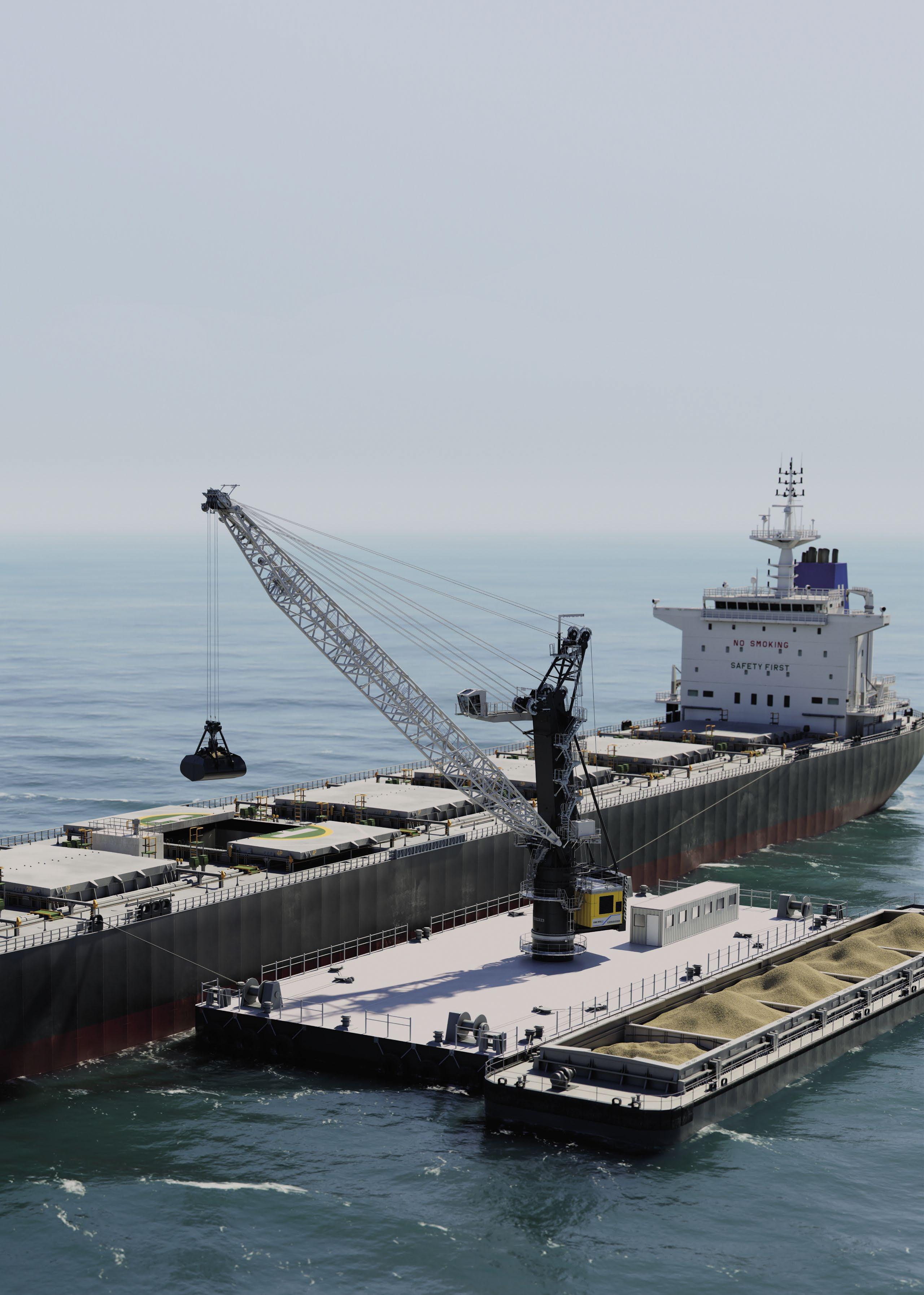BULK TERMINALS international
SUMMER 2023
points for discussion
Why haven’t iron ore and dry bulk performed as the industry hoped?
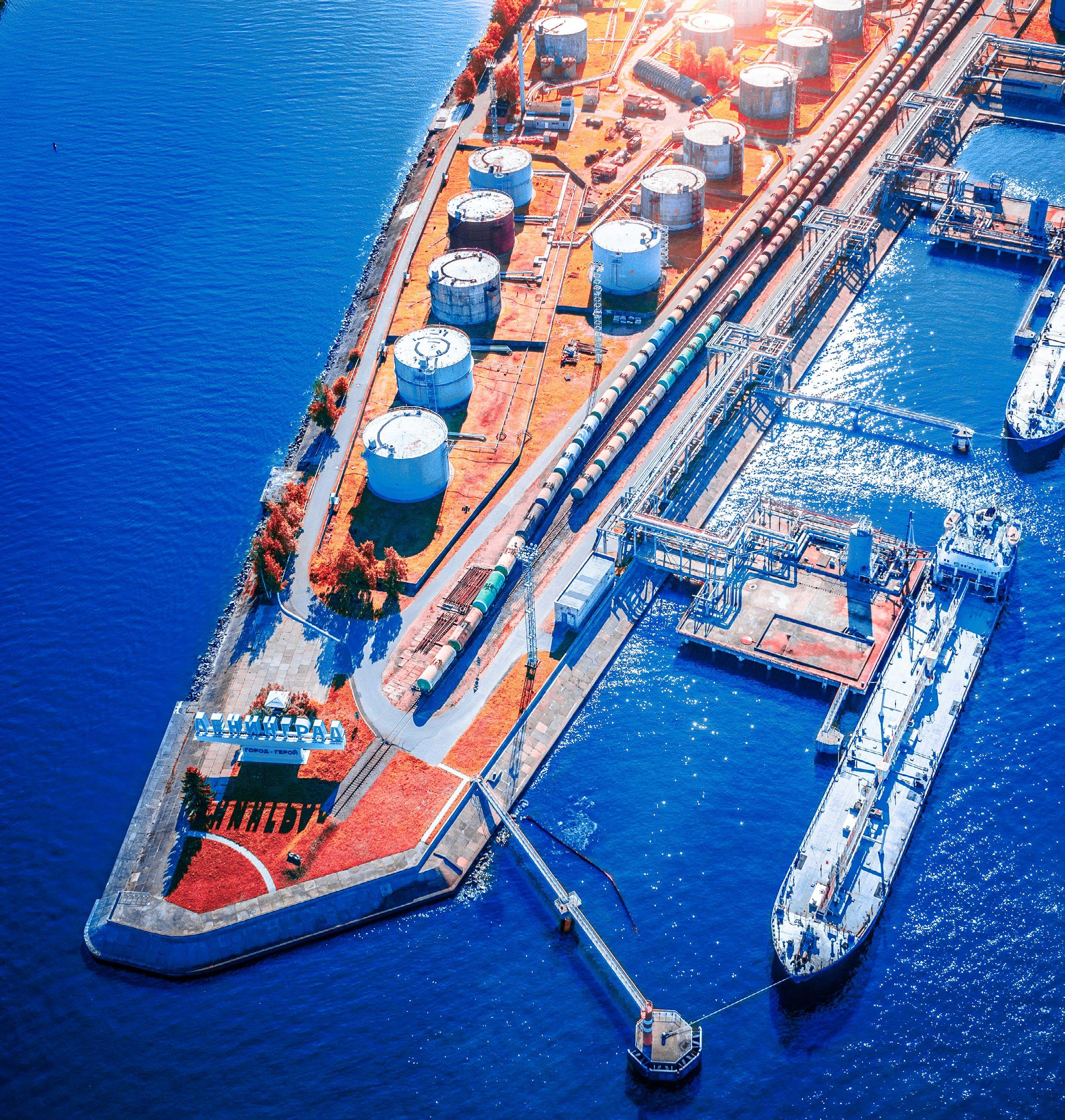
top of the class
Leading class societies sign off a range of new innovations
giant steps
How to transport or salvage heavy cranes
THE OFFICIAL MAGAZINE OF THE ASSOCIATION
TERMINAL
OF BULK
OPERATORS
bulkterminals.org
THE POWER OF GREAT BULK HANDLING
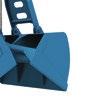
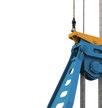
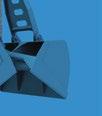
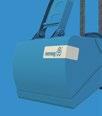


Reduced handling costs, shorter turnaround times, reliability and flexibility: Nemag grabs give dry bulk terminals throughout the world that competitive edge they need in today’s demanding market.

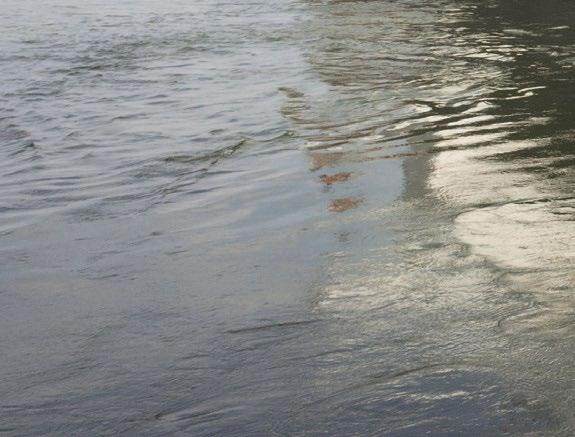
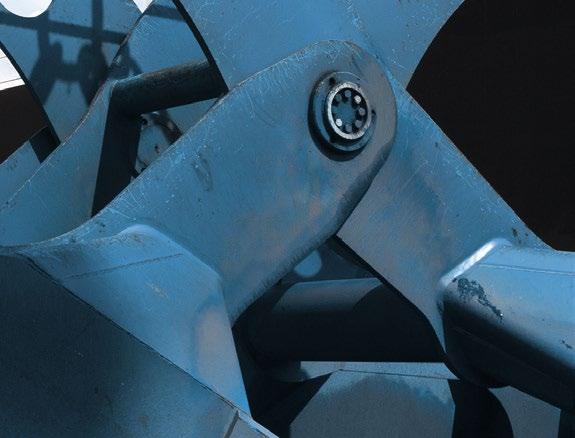
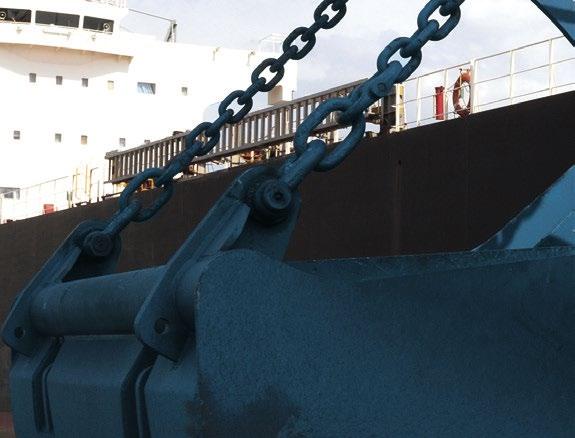
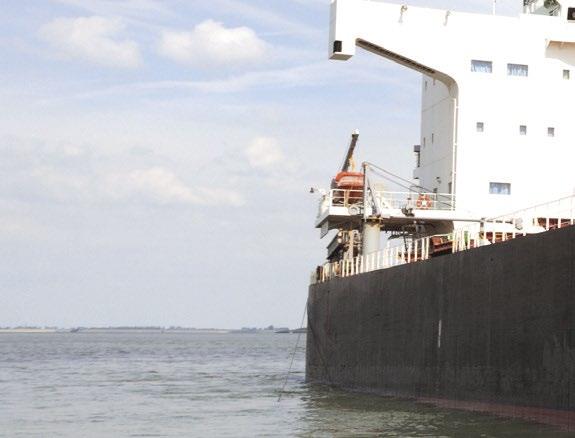
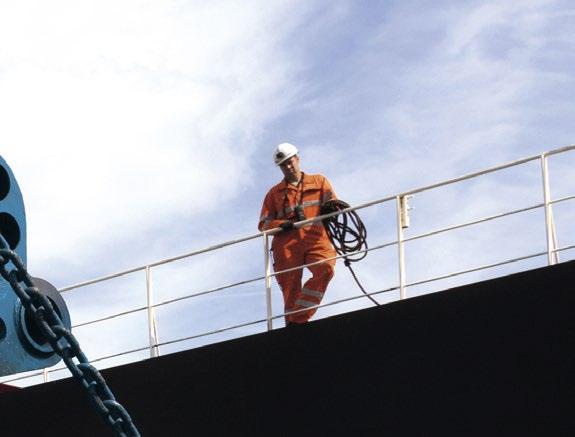
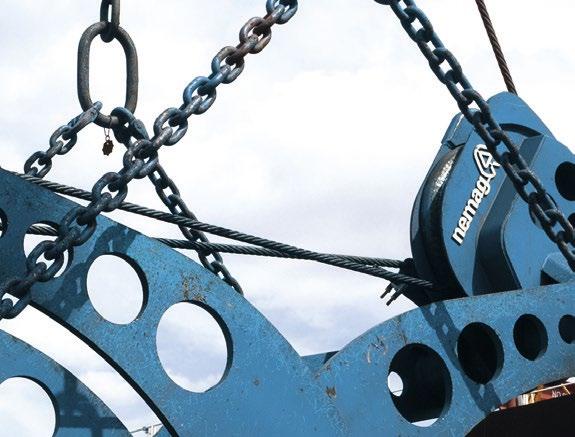
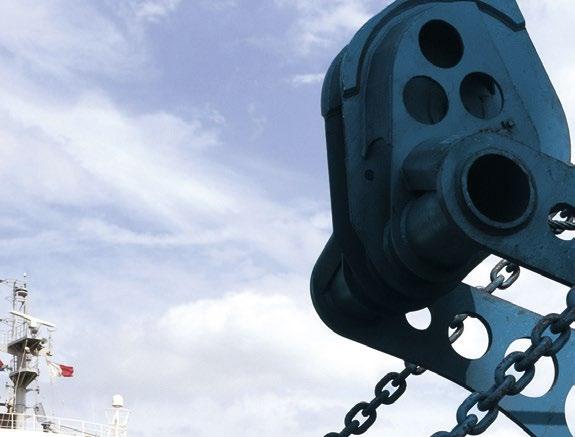
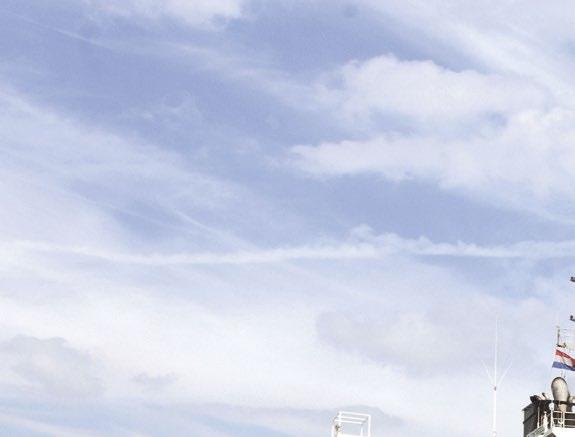
Driven to achieve the best performance, we closely listen to our clients’ needs. For almost a hundred years, Nemag’s innovative grabs make it possible to realize the highest productivity at the lowest costs.
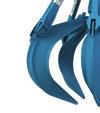

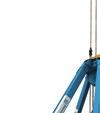
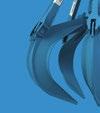
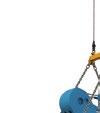
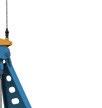
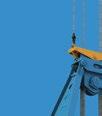

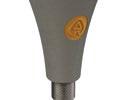
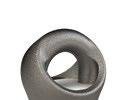


Explore our comprehensive range of high-quality grabs and discover the power of great bulk handling. From coal and iron ore to wheat, scrap metals, minerals and clinker: Nemag has the optimal solution for every dry bulk flow!
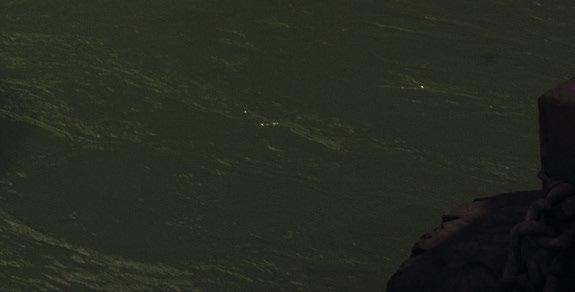
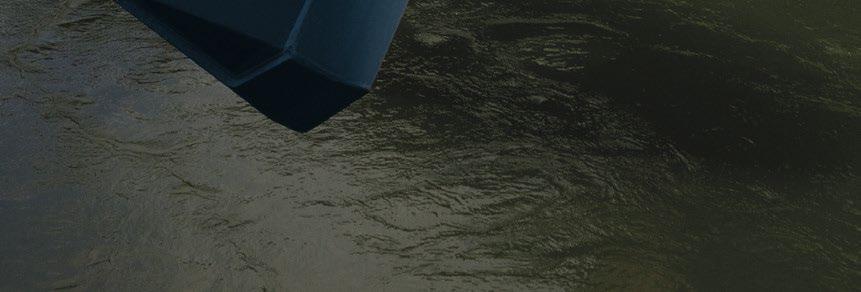
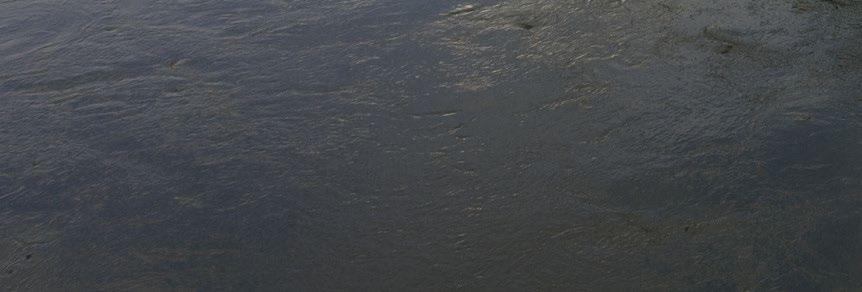
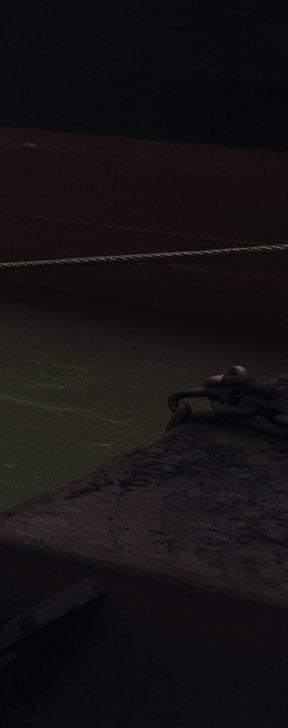
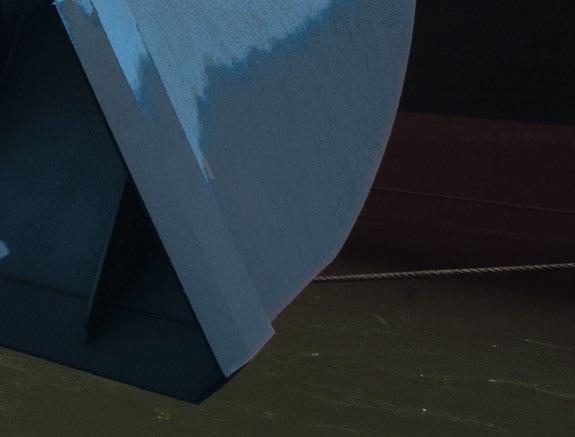
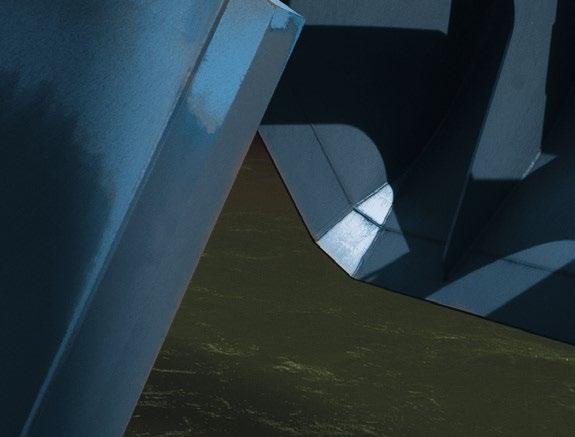
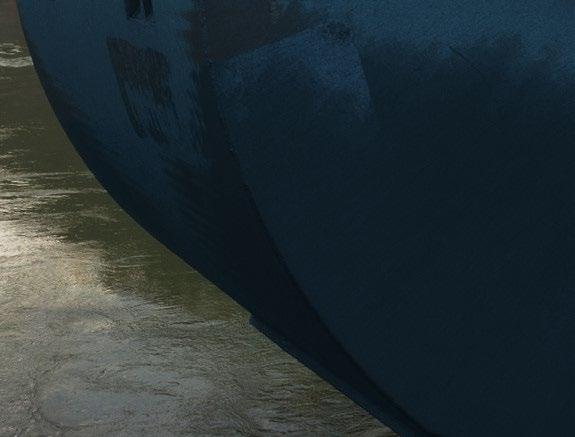
Contact us find out how we can take your bulk handling to the next level.
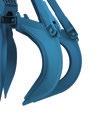
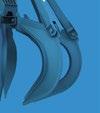
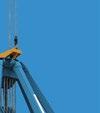
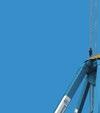
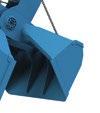
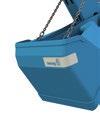
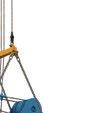
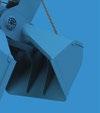
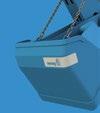
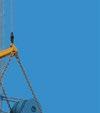
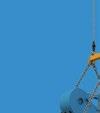
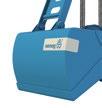







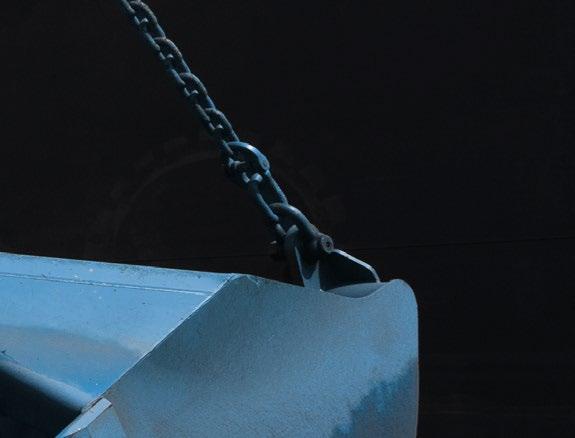
Deltastraat 15 • 4301 RC Zierikzee T +31 (0)111 418 948 • E sales@nemag.com nemag.com \
\ THE COMPLETE TOOLBOX Scan the QRcode Take a peek
SAFE AND SOUND?
BY SANDRA SPEARES
Safety issues continue to be a top priority for ports as they look to up their environmental credentials
Ensuring that ports meet all the necessary legal and regulatory requirements has never been an easy task. As the latest round of environmental talks at the International Maritime Organization conclude, ports have to be in the forefront of initiatives to address the issue of the carbon footprint within the timeframe required.
There have been a number of innovations in the ports segment, not only to improve efficiency and save costs, but also to ensure that conditions in ports meet these necessary requirements. Ports cannot be used as places where unsafe, or un-environmentally friendly, practices can continue to thrive.
As ever, safety – and all that it requires in terms of best practices and forward planning – continues to remain the most essential part of port practice. It is all too easy to react to an emergency situation without thinking through the consequences in a rational manner before taking action.
In addition, ports and the individuals working within them must have access to the right equipment at the right time in order to make the right decisions on safety issues – there are still too many cases of enclosed space casualties coming to the fore.
This edition of Bulk Terminals International not only gives examples of actions taking place in ports to address safety and environmental issues, but also examples of action taken to avoid dangerous or un-environmentally friendly consequences.
There have been occasions in the past when the feeling that best safety practice may conflict with environmental best practice has been of concern. It remains to be seen whether methods will not conflict going forward.
We have also been looking at the commodities market, which continues to cause concern – not least because of the on-going conflict in Ukraine and the effect this has had on sourcing essential goods and increasing demand in some areas.
We are looking forward to the discussions that take place on these and other issues, when ABTO meets for its conference in Lisbon later this year.
Meanwhile, we hope you enjoy reading about the very latest product and market developments in this latest issue of Bulk Terminals International.
1 BULK TERMINALS international | SUMMER 2023
There have been occasions in the past when the feeling that best safety practice may conflict with environmental best practice has been of concern
EDITOR’S LeTTER
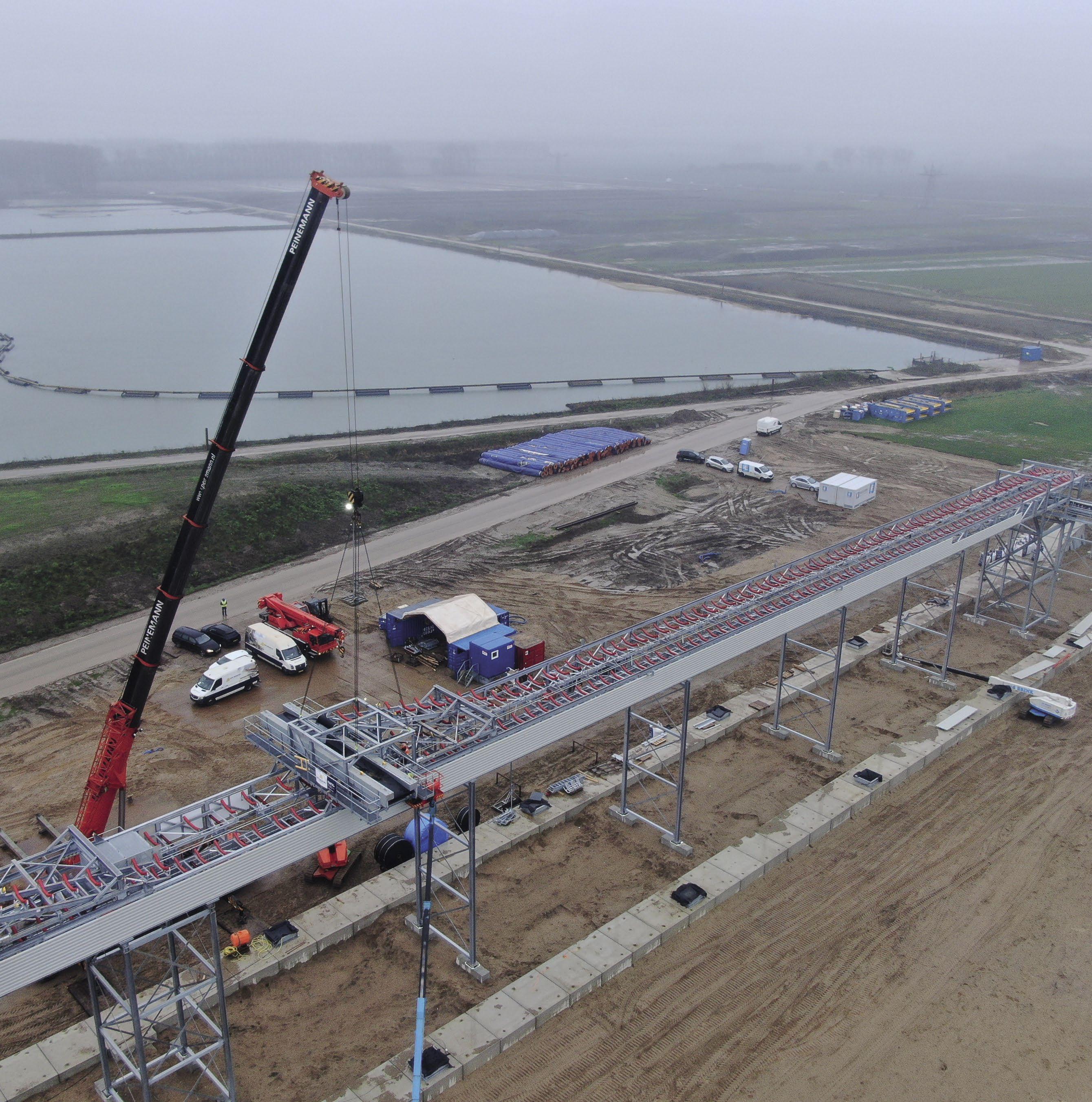
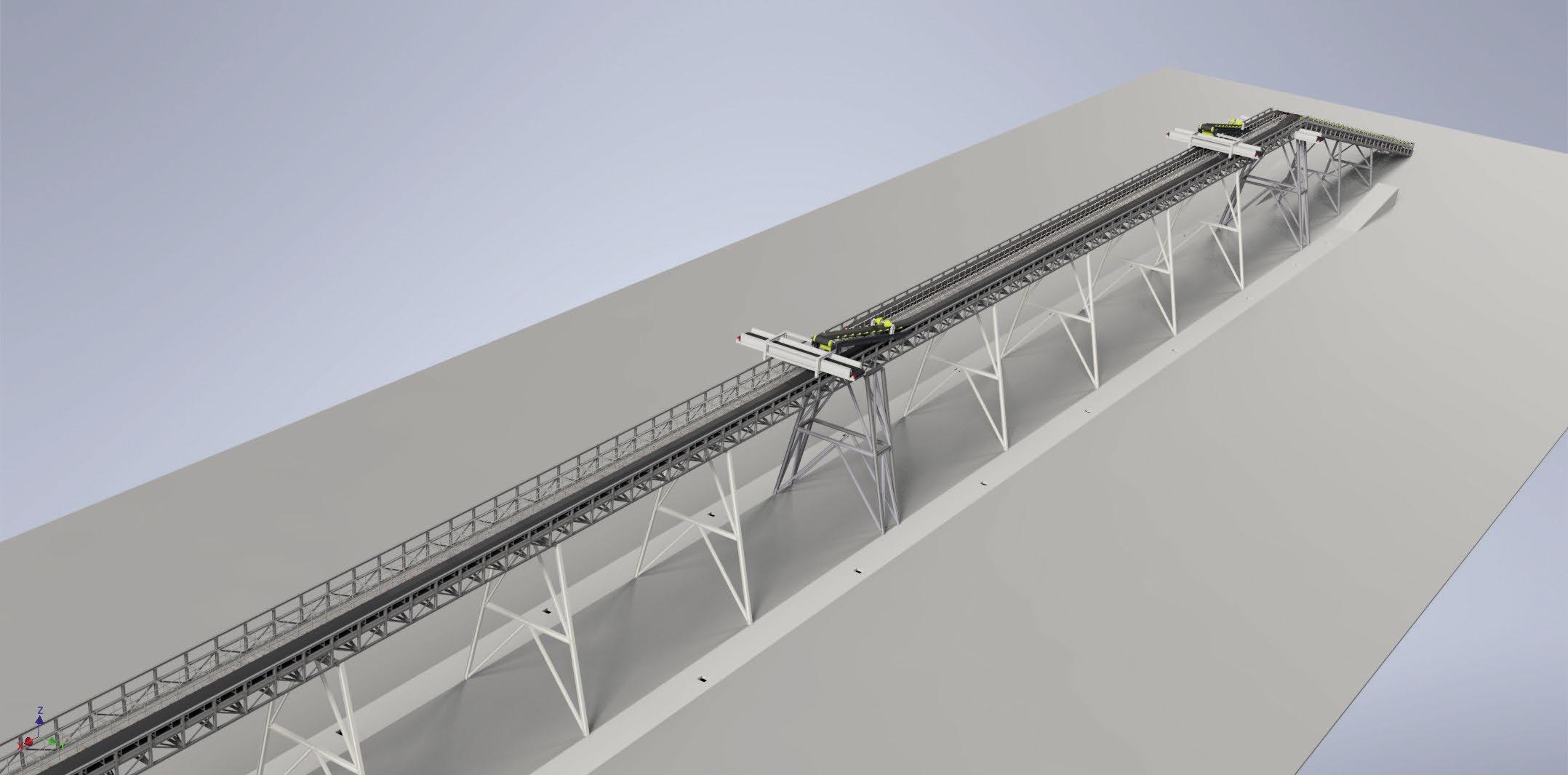



...T O INSTALLATION FROM CONCEP T... For more information visit www.heiligbv.com Direct contact: info@heiligbv.com or +31 (0)72 571 66 88 THIS IS HOW WE ROLL We challenge ourselves to offer the best possible solutions by designing, developing and delivering state-of-the-art machinery for handling bulk goods. PART OF
BULK TERMINALS international
Published by
Editor: Sandra Speares speares1@aol.com
Designer: Justin Ives justindesign@live.co.uk
PROJECT DIRECTOR: Jonathon Ferris jonathon.ferris@bulkterminals.org
PROJECT MANAGER: Alex Corboude alex.corboude@bulkterminals.org
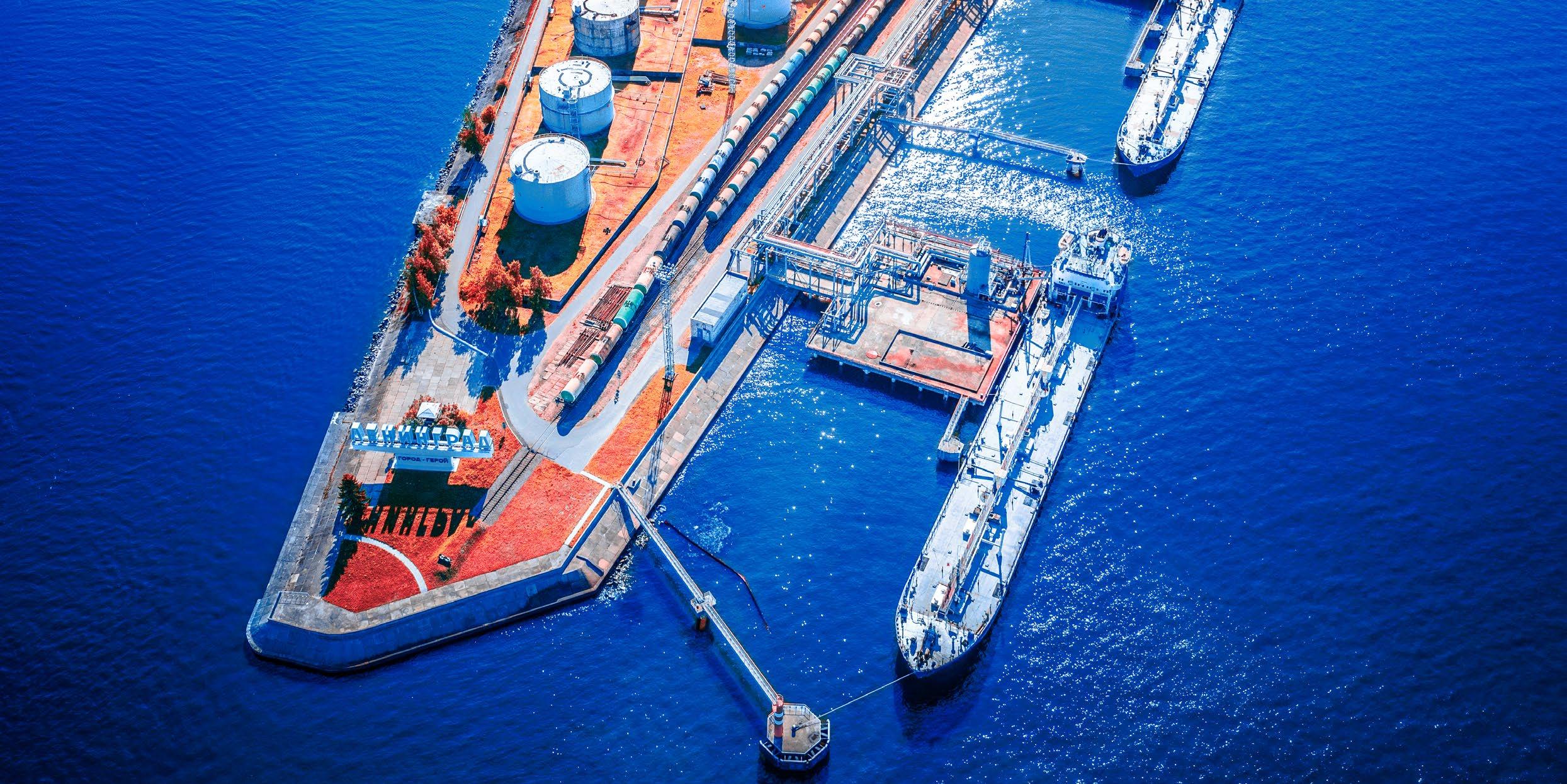
Sub-editor: Samantha Robinson Sam.robinson.journalist@gmail.com
Publisher: Bill Robinson production@bulkterminals.org
ABTO 35 Beacon Drive Newton Abbot Devon TQ12 1GG
Chief Executive: Simon Gutteridge ce@bulkterminals.org
Technical Adviser: Ian Adams tech@bulkterminals.org
The views expressed in Bulk Terminals International are not necessarily those of ABTO or the publisher unless expressly stated to be such. ABTO disclaims any responsibility for errors or omissions or their consequences or for advertisements contained in this magazine and has no legal responsibility to deal with them.
bulkterminals.org
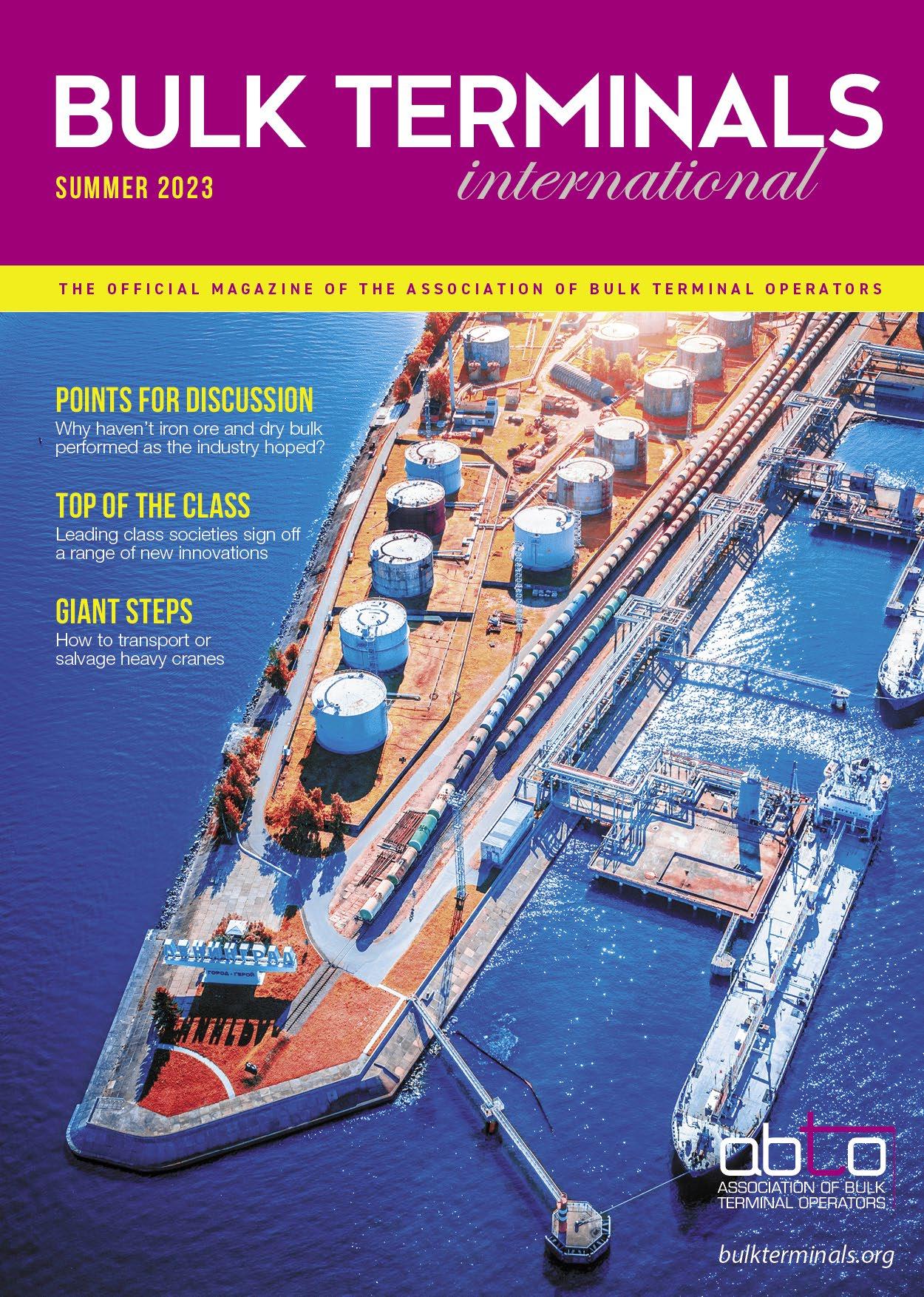
SHIPUNLOADERS









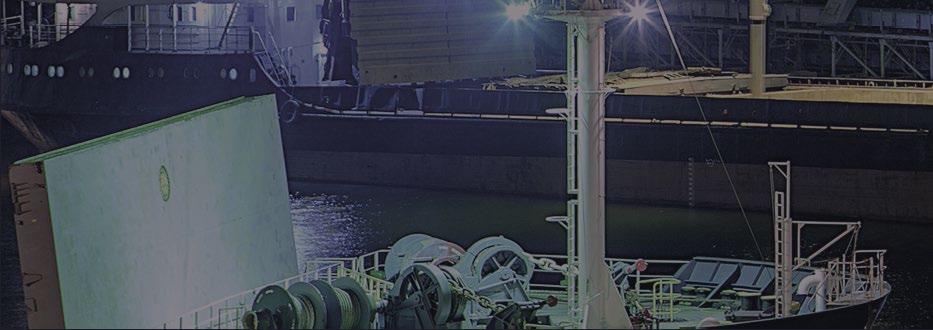
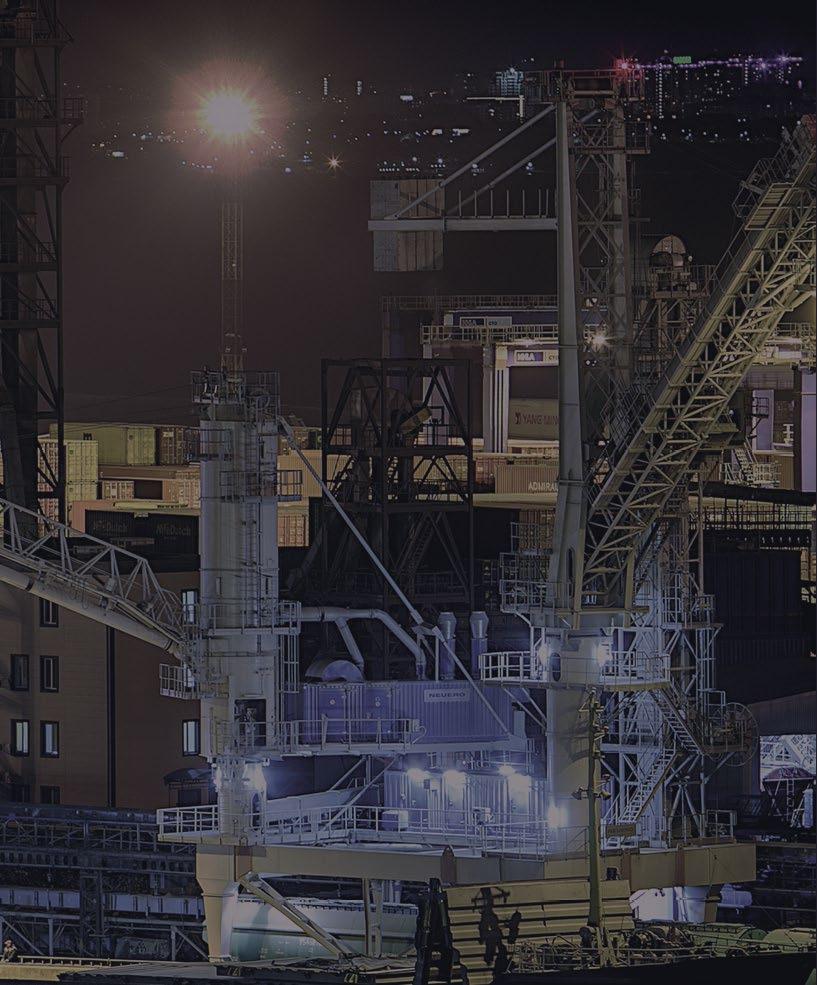
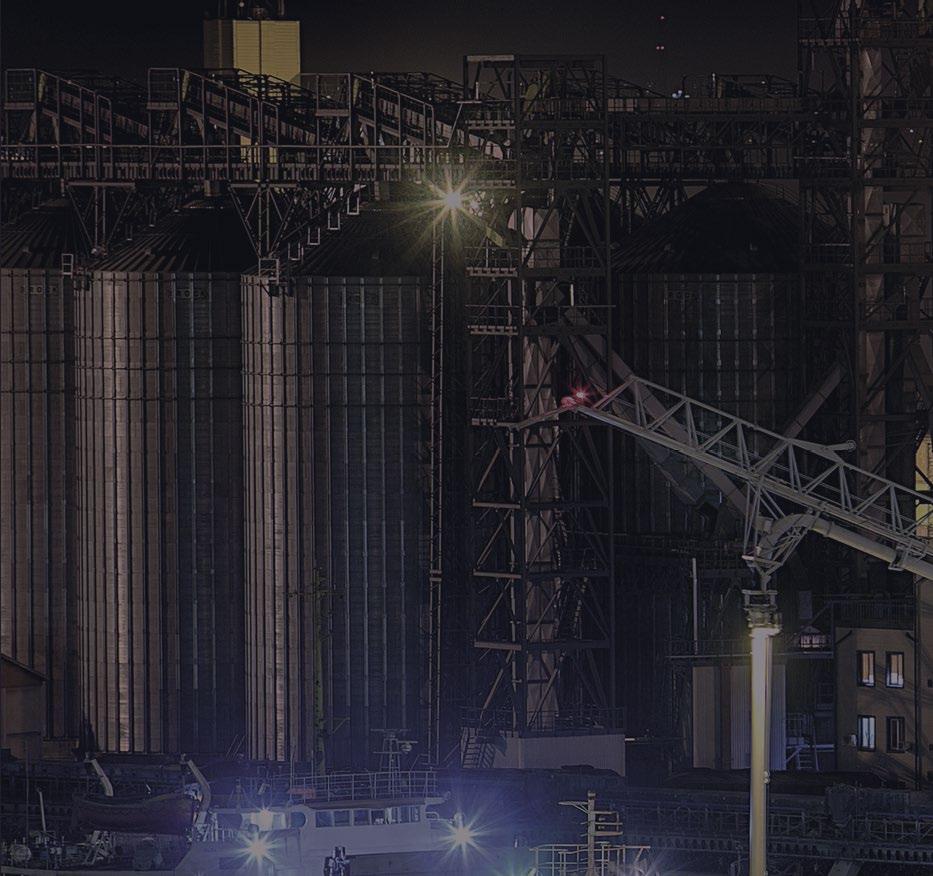
337 - 2020
YOUR SPECIALIST FOR CONTINIOUS The NEUERO pneumatic shipunloaders are state of the art in the segment of continuous shipunloaders worldwide.
in Germany NEUERO produces reliable and high-quality conveyor systems with German Engineering.
Made
of experience Our customers rely on NEUEROs know-how and quality awareness for over 100 years. Get in contact +49 5422 9 50 30 neuero@neuero.de www.neuero.de efficient unloading more efficient than comparable systems reduced noise < 80 dB through noise suppressing constructions reduced dust lowest dust emission
Over 100 years
Combiport 600/1000 for Olimpex, Odessa (Ukraine), 2019
CONTENTS
01 editor’s letter
Safety issues continue to be a concern, says Sandra Speares
06 welcome
Russia calls time on the Black Sea Grain Initiative, says ABTO CEO Simon Gutteridge
10 world news round-up
All the latest industry initiatives, products and partnerships from across the globe
19 cranes and grabs
Transporting or salvaging heavy cranes creates a range of logistical problems –but expert companies have the solutions
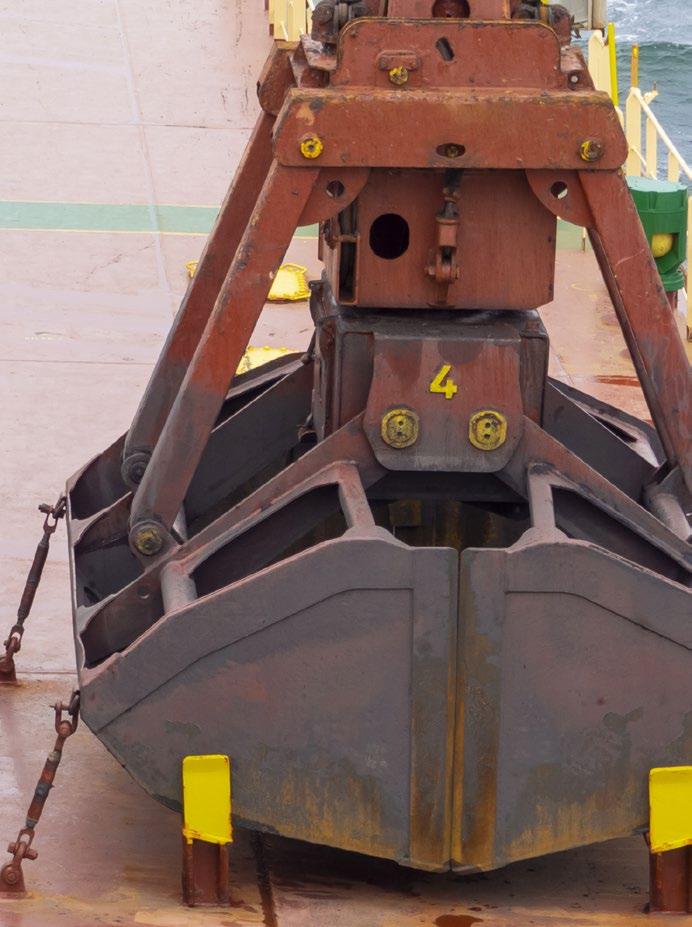
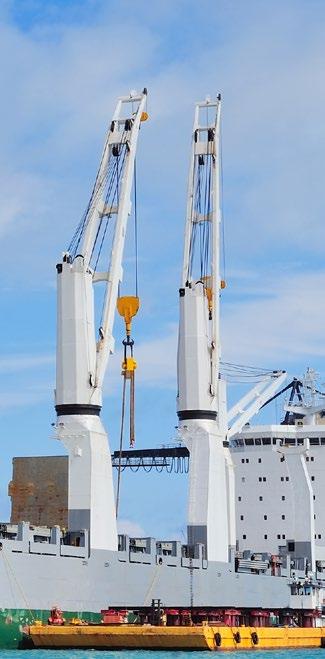
28 ship loading and unloading
Robust and reliable winching systems are required for life rafts and lifeboats to ensure optimum passenger safety
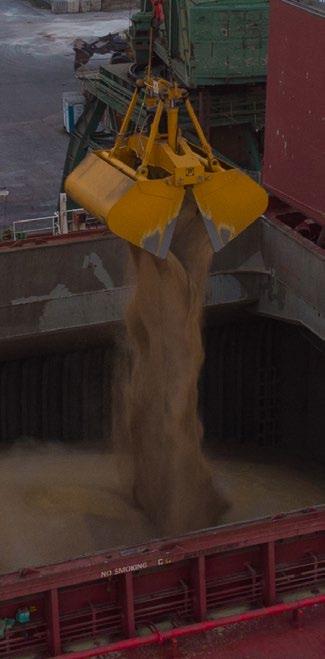
32 GRAIN

UK ports have been ramping up their grain facilities at a time when market conditions have been challenging
36 LOADING technology
Using technology in a proactive way can drastically not only reduce costs, but also improve efficiency
44 viewpoint: iron ore
Basil Karatzas on why the iron ore and dry-bulk markets haven’t been performing quite as well as hoped
46 safety
As fatalities in ports indicate, more training of port workers and ships’ crews continues to be a priority
52 bulker classification
Leading class societies have been signing off on a number of new innovations for the maritime industry
58 spotlight: Scandinavia
As a number of new initiatives show, innovation and sustainability go hand in hand in Scandinavian ports
60 spotlight: south africa
A number of proposals aim to encourage investment in the sector and push expansion during the coming years
62 spotlight: US ports
US West Coast ports have received significant government funding to improve sustainability and boost growth
5 BULK TERMINALS international | SUMMER 2023 » p06 » p19 » p28 » p46
RUSSIA CALLS TIME
BY SIMON GUTTERIDGE
As we go to press, the Black Sea Grain Initiative deal brokered by the Turkish government has expired. Certainly, in the short term it will not be renewed. Putin halted the grain deal after Russia’s bridge to Crimea was struck – although denying this was the reason for suspending it, citing a failure to meet demands for a parallel agreement on its food and fertiliser exports
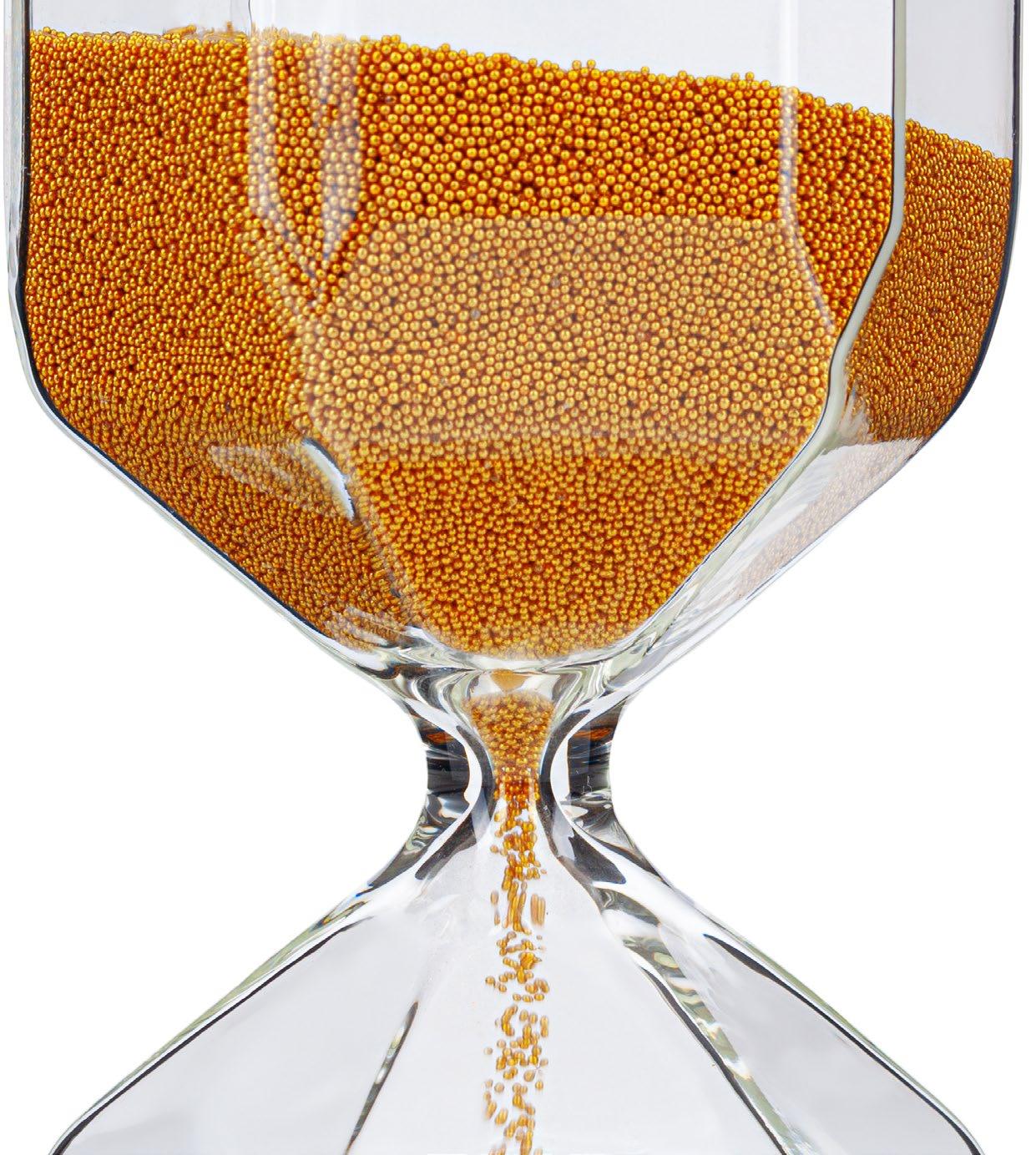
Since the beginning of the Russian invasion of Ukraine in February 2022, Ukrainian exports of grain have been severely disrupted. For more than four months, Russian military vessels blocked Ukrainian ports in the Black Sea.
Then, on 22 July 2022, an agreement was brokered by the United Nations and Turkey to open a safe maritime humanitarian corridor in the Black Sea (the Black Sea Grain Initiative). Since then, more than 1,080 ships full of grain and other foodstuffs have left three Ukrainian ports: Chornomorsk, Odesa and Pivdennyi. As of May 2023, more than 30m tonnes of grain and other foodstuffs have been exported via the Black Sea Grain Initiative.
While unblocking the sea export route has helped to address the global food security crisis and lower grain prices, the situation remains difficult.
Back in May, Turkish President Recep Tayyip Erdoğan announced a two-month extension of the Black Sea Grain Initiative allowing for the export of Ukrainian grain through the country’s Black Sea ports.
“With the efforts of our country, the support of our Russian friends, the contribution of our Ukrainian friends, it was decided to prolong the Black Sea grain deal for two more months,” Erdoğan announced on May 17, one day before the deal was due to expire.
6 BULK TERMINALS international | SUMMER 2023
welcome
So while the previous extensions of the agreement were always subject to last-minute procrastination from the Russians it had been hoped that since the deal did also benefit the Russians, it would be renewed at the last minute. It was not to be this time, despite international efforts, such as UN Secretary General António Guterres suggestion that Putin renew the grain deal in exchange for allowing a unit of Russia’s agricultural bank to join the SWIFT international payment system.
This further uncertainty in the supply of grain from one of the world’s main sources continues to leave food security at high risk. Furthermore, heatwaves and droughts in Latin America prevented relief from other quarters.
The New York-based International Rescue Committee (IRC) estimates that 349m people across 79 countries will experience acute food insecurity this year. The severe export shortfall from Ukraine and the Russian Federation, as well as lack of affordable fertilisers, will cause a spike in the number of undernourished people close to 19m in 2023.
The extension of the Black Sea Grain Deal was considered critical for the Ukrainian farmers, even while it operated in a less than perfect fashion. Some Ukrainians the IRC spoke to admit that while they are striving to cultivate their lands despite active hostilities, storing food in some regions has become extremely difficult due the disruptive impact of the war on the power supply. Limited access, logistical challenges and increased transportation costs are also resulting in crops being thrown away.
Shashwat Saraf, East Africa emergency director at the IRC says: “Shortages of food in the system and lack of affordable fertiliser continues to push up prices, making it difficult for families in countries like Somalia to predict if they will be able to afford a meal the next day. Agricultural production is in decline –farmers in Ukraine are struggling to keep their harvests alive amid active shelling, while climate change is killing crops in other parts of the world that need them most.
“Any shock to the markets can cause massive harm, with catastrophic ripple effects in countries balancing on the brink of famine”. Writing before the expiration of the latest Black Sea Grain Initiative Saraf warned that a failure to renew it trigger increased levels of hunger and malnutrition, spelling further disaster for East Africa.”
carried anhydrous ammonia from Tolyatti in Russia to the Ukrainian port of Pivdennyi near Odesa, was reportedly damaged. While the pipeline had been inoperative since the start of the war, reopening it had been a condition put forward by Russia for the extension of the Black Sea Grain Initiative during recent extension discussions.
The blast which crippled Russia’s bridge to Crimea – a mayor supply route for Putin’s forces fighting in Ukraine – in what was probably a strike by Ukrainian sea drones, was just the latest in this series of events escalating tensions which were the real reason for the termination of the Black Sea Grain Initiative. In a further attempt to justify the termination of the grain initiative Russian Deputy Foreign Minister Sergei Vershinin claimed that Ukraine had used the export corridor to launch attacks on Russia, such as the bridge to Crimea.
In the run up to the deal’s expiration date, some observers felt that Russian brinkmanship was just that, given that it was in Russia’s interests as well as Ukraine’s to keep the deal live. However, many others, such as at the International Food Policy Research Institute (IFPRI), cautioned that increased tensions in Ukraine would threaten the renewal of the Black Sea Grain Initiative.
On June 6, the Nova Kakhovka dam in southern Ukraine, located about 70km upstream of Kherson, a port city on the Dnipro River, collapsed, sending an uncontrollable flow of water from its reservoir downstream. Ukraine’s military and NATO have accused Russia of blowing up the dam, while Russia has blamed Ukraine. Futures markets reacting to the news sent wheat futures up almost 3% before falling back later that day.
In an unrelated action, an ammonia pipeline, which prior to the war had
Not only with the additional problems caused by the failure to reach renewal of any agreement, the Black Sea grain deal has always been plagued by problems in its implementation. Ukraine says Russia deliberately strung out inspections to decrease the number of ships that transit the agreed corridor.
ALTERNATIVE ROUTES
So, what has been pattern of exports from Black Sea Ports and the alternative routes for Ukrainian agricultural exports?
October 2022 was a high point in the shipments of grains and meal from Black Sea Ports at 4m tonnes. By November 2022 it had dropped to 2.4m tonnes, overland 1.8m tonnes were shipped and 1.4m tonnes went through the Danube Ports. By June this year, 2.5m tonnes went through Black Sea Ports, overland 0.900m tonnes and Danube Ports 1.8m tonnes. Prior to the news of a no deal on the Black Sea Ports, one expert gave me a predicted estimate of exports overland in August of 1.4m tonnes and Danube Ports 1.8m tonnes.
7 BULK TERMINALS international | SUMMER 2023
Shortages of food in the system and lack of affordable fertiliser continues to push up prices, making it difficult for families
welcome
Before the cancellation of the deal on the Black Sea Ports Ukraine was exporting less than a quarter of the intended cargo volumes via this route.
What are the alternatives? Overland can only provide a limited solution. Due to the decline in local prices in five Eastern European countries, Ukrainian products cannot be sold there. Only transit is permitted through Poland, Slovakia, Hungary, Bulgaria, and Romania, meaning they cannot be stored in their territory nor purchased for domestic consumption.
The difference in railway gauges between Ukraine and most of the rest of Europe causes delay and added cost. The standard width of Ukrainian railways is the old Soviet 1,520mm gauge. In Europe, railroad tracks (certainly where Ukraine needs to connect to) are the 1,435mm Stephenson gauge. For the future, a study published in July by the European Commission and the European Investment Bank suggests that the European track gauge on lines to Lviv in Ukraine and Chiṣinău in Moldova should be deployed as a first step to improving connections between Poland and Ukraine, and between Romania and Moldova.
EU commissioner for transport AdinaIoana Vălean says: “By building the first EU rail gauge in Ukraine and Moldova, linking their railways with Poland and Romania, will bring them closer to the EU single market.
In the meantime, Ukraine’s Danube ports offer the best solution. Indeed, the potential of the river was realised back in 2012 by the then head of Ukraine’s Seaports Authority, Yuriy Vaskov, when he carried out a reorganisation exercise.
Now Ukraine’s deputy infrastructure minister, within days of the Russian invasion last year, his team prepared the Danube Ports for a new wartime role. They oversaw a $100m investment, transferring equipment from seaports (either captured by the Russians or blockaded by them) to the Danube Ports.
Dredging of the northern Bystre canal to increase the depth from 3.9m to 6.5m, made that route navigable to larger traffic, with the result that the number of
ships waiting to enter the Danube was cut by two-thirds.
Before Russia’s invasion, the Danube Ports by volume handled 1.5% of Ukraine’s trade, The figure is now closer to 20%. This figure will increase with the upgrading of the road and rail links with the rest of Ukraine to overcome current bottlenecks.
Shipping produce via the Danube is much less efficient than via Ukraine’s Black Sea Ports, which before the war handled 60% of Ukrainian trade. Shipping cost for grain shot up from $12 to $150 per tonne when they switched to the Danube and as of June were still over $100. With slim margins, many farmers lost money last year. But despite the expense of shipping through the Danube Ports, through their close proximity to NATO member Romania they are safe from Russian attack.
With uncertainty on the longterm prospects of any Black Sea grain deal the Danube Ports – which have already proved their worth – will play an increasing part in facilitating the exports of Ukrainian grain.
BULK Terminals 2023
There might conceivably be a new agreement in place for the Black Sea Ports by the time of the annual ABTO Bulk Terminals 2023 conference, from 25-26 October in Lisbon. Either way our traditional opening bulk markets session – along with discussion of the coal, minerals biomass and biofuels markets –will include a presentation ‘Grain markets 20 months on from the conflict in Ukraine’, delivered by João Roda, Country Lead for BUNGE Iberica Portugal.
The conference will also include sessions on operations – including digitalisation and cyber threats –environmental matters and safety & risk.
The safety and risk session will include a panel: ‘Industry measures to combat enclosed spaces fatalities’. Assuming its publication by then, this will include discussion of the findings of the UK Marine Accident Investigation Branch (MAIB) report into the fatalities of three stevedores on the Isle-of-Man-registered Berge Mawson bulk carrier while loading coal at Bunyu anchorage in Indonesia, and where we go from here preventing in future enclosed spaces fatalities. The MIAB report was due to be published in June, but we are still waiting for it.
On the panel conference chairman Professor Mike Bradley, director of The Wolfson Centre for Bulk Solids Handling Technology at the University of Greenwich, will be joined by Garry O’Malley, operations director, Teesworks and chairman, ABTO Technical Committee; Richard Steele, head of ICHCA International; Captain Kuba Szymanski, secretary general, InterManager and Dorota Jilli, a senior underwriter at the TT Club.
Reservations for the Bulk Terminals 2023 Lisbon conference are now live on our website at bulkterminals.org/ events/event-registration
On registration, we will send you details of how to take advantage of the special rate at the conference hotel.
Keep an eye on the Events section of our website for conference developments. The conference chairman, Professor Mike Bradley and myself look forward to welcoming you to Lisbon in October.

Meanwhile, enjoy our summer edition of Bulk Terminals International. Keep in touch and stay safe.
Simon Gutteridge Chief Executive, ABTO
Tel: +33 (0)321 47 72 19
Email: ce@bulkterminals.org bulkterminals.org
8 BULK TERMINALS international | SUMMER 2023
welcome
Sponsors

THEONLY EVENTAIMED AT THE ENTIREBULK


OFFERING PRACTICAL SOLUTIONS SESSIONS WILL COVER
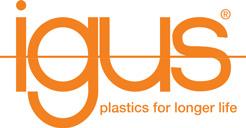



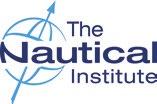
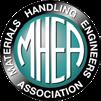
An in-depth sector by sector market analysis

Streamlining operations and increasing efficiency


Digitalisation and cyber risk

Improving stevedore safety

Ensuring environmental protection and compliance

Legal questions
How equipment and service providers can provide solutions to terminal operators’ needs.

To discuss speaking and sponsorship opportunities please call Simon Gutteridge +33 (0)321 47 72 19 or email events@bulkterminals.org
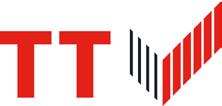
Port and local organiser

BULK TERMINALS LISBON 2023
For more details and to register, visit: bulkterminals.org/index.php/events Supporting Organisations Media Partners Official magazine of Association of Bulk Terminal Operators (ABTO) 25-26 OCTOBER 2023 INCLUDING A BOAT TOUR OF LISBON HARBOUR AND BULK TERMINAL VISIT
THE ONLY EVENT AIMED AT THE ENTIRE BULK TERMINALS INDUSTRY The Annual Conference of the Association of Bulk Terminal Operators (ABTO) Organised by
TERMINALS INDUSTRY
WORLD NEWS ROUND-UP
Emissions targets continue to dominate ports’ development and have been the subject of new action at the International Maritime Organization
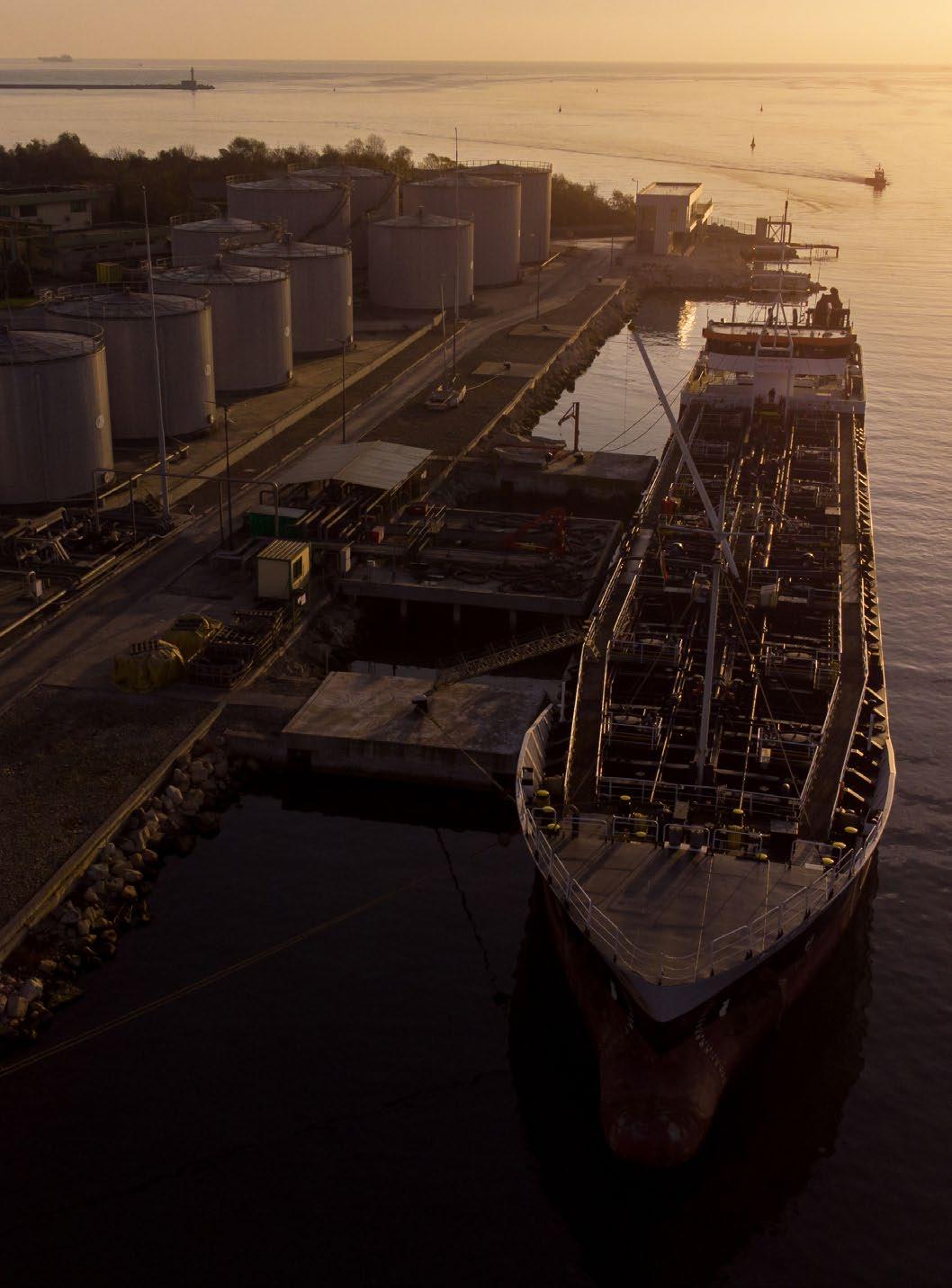
Member States of the International Maritime Organization (IMO) meeting at the Marine Environment Protection Committee (MEPC 80), have adopted the 2023 IMO Strategy on Reduction of Greenhouse Gas (GHG) Emissions from Ships, with enhanced targets to tackle harmful emissions.
The revised IMO GHG Strategy includes an enhanced common ambition to reach net-zero GHG emissions from international shipping close to 2050, a commitment to ensure an uptake of alternative zero and near-zero GHG fuels by 2030, as well as indicative check-points for 2030 and 2040.
IMO Secretary-General Kitack Lim says:”The adoption of the 2023 IMO Greenhouse Gas Strategy is a monumental development for IMO and opens a new chapter towards maritime decarbonisation. At the same time, it is not the end goal, it is in many ways a starting point for the work that needs to intensify even more over the years and decades ahead of us. However, with the Revised Strategy that you have now agreed on, we have a clear direction, a common vision, and ambitious targets to guide us to deliver what the world expects from us.
“Above all, it is particularly meaningful, to have unanimous support from all Member States. In this regard, I believe that we have to pay more attention to support developing countries, in particular SIDS and LDCs, so that no one is left behind,” he says.
The 2023 Strategy sets out a timeline towards adoption of the basket of measures and adoption of the updated 2028 IMO GHG Strategy on reduction of GHG emissions from ships.
10 BULK TERMINALS international | SUMMER 2023
NEWS
Ports’ part to play
Ports have a vital role to play in the fight against greenhouse gas emissions.
In the context of ongoing negotiations regarding revising the International Maritime Organization’s climate strategy, CE Delft recently analysed the maximum potential for emissions reduction in international shipping by 2030.
The report revealed that a significant reduction of 36%-47% in absolute emissions compared to 2008 is technically feasible, through enhanced operational and technical efficiency, along with a 5-10% uptake of (near) zero-emission fuels. Moreover, the analysis indicated that the total cost of operation associated with meeting stringent emissions reductions will only increase by approximately 6-10% by 2030.
Digital solutions company PortXchange believes that amid the complexities the industry faces, there is an urgent demand for an integrated approach that leverages datadriven decision-making and digital solutions to expedite the maritime sector’s adaptation to a changing world, .
It says the maritime sector needs to focus wider to meet the targets or could meet them earlier if it encompasses the entire logistics chain, especially focusing on the critical role that ports play in helping to achieve emission reduction targets.
“The maritime sector’s success in meeting emission reduction targets lies in widening its focus to encompass the entire logistics chain. By recognising the crucial role ports play, we can make progress and achieve our goals sooner,” it says.
An example combining these approaches is the Port of Rotterdam, which has embarked on a sustainability journey to minimise its environmental impact.
It has introduced PortXchange EmissionInsider, a cuttingedge solution designed for the operational teams in ports. This tool provides a comprehensive overview of the port’s transport-related emissions, allowing unprecedented visibility into the port’s emissions profile. PortXchange EmissionInsider not only enables standardised reporting but also identifies areas with the most significant potential for decarbonisation.
Port authorities are actively seeking to make informed decisions and implement effective decarbonisation initiatives that not only align with national and international regulations but also enhance their competitive edge by reducing energy costs.
PortXchange suggests that by using EmissionInsider, authorities can gain valuable insights that enable them to incentivise shippers to adopt just-in-time sailing practices, resulting in optimised operations and reduced emissions.
The introduction of the technology aligns with the broader trend within the shipping industry, where data-driven decision-making and digital solutions are increasingly being embraced.
The industry can pave the way for a greener and more sustainable future by harnessing innovative technologies and adopting a comprehensive approach to emissions management, the company says.
bpa beefs up security
The British Ports Association (BPA) has launched a new security alerts system for rapid information sharing amongst industry to help prevent and detect criminal activity.
The new system will involve BPA disseminating details of activity submitted by ports to others in the same region. This will improve security posture and raise awareness of suspicious individuals or patterns of behaviour.
The industry’s Security and Resilience working group proposed the idea earlier in 2023 and a simple system has been trialled and is now live.
Any UK port can sign up to receive alerts although recipients are checked regularly by BPA to ensure they have a legitimate need to receive such data. BPA also checks data before it is circulated to ensure it is appropriate and distributed to the relevant port security professionals.
The system complements the existing reporting regime, whereby ports report incidents to government. BPA works closely with the Department for Transport’s security division and other government security teams.
Andy Billings, group head of security at ABP and chairman of the industry’s Security and Resilience Group, says: “I’m delighted that the industry is taking a pro-active approach to improving security at our ports.
“This is a new dynamic approach to collaboration within the industry where ports can share information to help protect each other across the sector.
“UK ports share a common aim in deterring and preventing criminal activity, whether that is cargo theft or smuggling. As a sector we already work closely with law enforcement and government agencies and this initiative, proposed and led by industry, is a step forward.
“We will continue to explore ways of working more closely together and more pro-actively on our shared ambition of securing UK ports.”
Richard Ballantyne, chief executive at BPA and chair of the UK government’s National Maritime Security Committee (Industry), says: “We’re pleased that BPA is able to support ports across the UK in quickly sharing information that can help to prevent and detect criminal activity. We are grateful to members for their openness and willingness to collaborate in pursuit of common security aims.
“The success of the system depends on ports making use of it and I encourage all ports to participate, both in signing up to receive alerts and circulating information when appropriate.
“BPA will continue to explore policies and initiatives for tackling challenges and improving security at our maritime gateways.”
UK ports can submit an alert on the BPA website or by contacting a member of the team.
For more information, visit: britishports.org.uk/ security-alert/
11 BULK TERMINALS international | SUMMER 2023
NEWS
NYK upgrades with orca ai
Orca AI, developer of a unique automated situational awareness platform, has partnered with Nippon Yusen Kabushiki Kaisha (NYK) Group, a leading Japanese shipping and logistics company, to enhance its fleet’s safety.
Following more than two years of collaboration, the NYK Group confirmed it will install the Orca AI platform across the NYK fleet, which includes bulk carriers, tankers and containerships. This deal further strengthens the relationship between NYK Group and Orca AI.
As one of the world’s leading shipping and transport companies, finding a safety system that could enable and empower NYK’s crews to make better real-time decisions while navigating congested oceans was the aim, according to Captain Jun Nakamura, manager of the autonomous ship team at NYK Group. The company also wanted to develop its understanding of navigational challenges facing the fleet and how they were being managed.
The partnership began in August 2020 when NYK and MTI installed a trial version of Orca AI’s platform on a ship operated by the NYK Group. Since then, the NYK Group and Orca have also completed a successful autonomous voyage trial in congested waters near Japan’s east coast through the Designing the Future of Full Autonomous Ships consortium, which includes 30 Japanese firms.
survey highlights Upskilling needs
Classification society DNV has published a study co-sponsored by the Singapore Maritime Foundation (SMF), examining the key drivers transforming the maritime industry and their impact on ship management and seafarers. The study was handed over to SMF Chairman Hor Weng Yew during the Nor-Shipping trade fair in Oslo.
The research draws on a comprehensive methodology combining a literature review, expert consultations and a survey of more than 500 seafarers responsible for operating dry bulk, tanker and container vessels globally. Of the many forces shaping the future of maritime, decarbonisation and digitalisation were identified to have the most profound impact on the future of seafarers and ship management leading up to 2030.
Eighty-one percent of seafarers surveyed indicated that they require either partial or complete training to effectively work with the advanced technology that will be present onboard future ships. Similarly, more than 75% of the respondents expressed a requirement for partial or complete training on new fuel types, such as liquefied natural gas, batteries or synthetic fuels. This training deficit rose to 87% of survey respondents for emerging fuels such as ammonia, hydrogen and methanol.
As shipowners and operators are increasingly deploying modern technologies onboard and exploring the use of alternative fuels in a bid to stay compliant, the handling of incoming fuels and technologies will require the crew to have additional skill sets and thus the need for comprehensive training. At the same time, growing
automation of components and systems onboard is expected to bring about a rise in autonomous and smart ships, thus the need to consider remote shore monitoring in the future.
Launching the study, Cristina Saenz de Santa Maria, regional manager South East Asia, Pacific and India at DNV Maritime, said: “With decarbonisation and digitalisation rapidly transforming the maritime landscape, it is essential that shipowners and managers understand the new challenges and opportunities that these forces present. Proper training and industry collaboration will be imperative to ensure seafarers are equipped with the competence and skills to operate ships using new fuels and technologies in a safe and efficient manner.
“Upskilling seafarers will not only enable them to execute additional monitoring and maintenance tasks onboard but can also be leveraged upon to improve attraction and retention in the industry.”
Chairman of SMF, Hor Weng Yew, said: “The work that we do this decade is important and complements the efforts of the shipping community to meet the netzero target in 2050. It is essential that we begin by understanding where the competency gaps are, areas of training most needed, and then work as an industry to equip sea-going professionals with the transition and future skills needed to safely and effectively operate the new-fuelled types of ships that are coming into service.”
Following the research results, the study recommends seafarer training to be prioritised for fuels that are most likely to be predominant in the current decade, capitalising on the ease of accessibility and range of modern training methods to improve skill deficits.
bpa calls for more wind funding
Responding to the UK government’s announcements that its Floating Offshore Wind Manufacturing Investment Scheme (FLOWMIS) has been extended, the British Ports Association welcomed the acknowledgment that additional time will be needed to deliver the UK’s offshore energy aspirations, but suggested more funding is key to achieving these targets.
Richard Ballantyne, CEO of British Ports Association –which represents more than 400 ports and harbours in the UK, including all its main energy gateways – says: “While we certainly appreciate the government’s recognition that ports need more time to prepare and deliver projects, unfortunately this news doesn’t address the need for further funding and if anything it limits what government will actually be able to award the sector over the next few years.
“Offshore wind opportunities are vast. However, our ports are in a ‘chicken and egg’ situation waiting for various announcements on public funding decisions as well as on leasing awards. The ports industry is going to at the forefront of the rollout of FLOWMIS by providing the landside interface that offshore wind installations will require, but we do need a bit more from policymakers to make it happen.
12 BULK TERMINALS international | SUMMER 2023
NEWS
“There are definitely some further discussions to be had on additional funding and planning easements to meet the very ambitious expected offshore wind targets and timescales.’





new standard for Emissions reporting
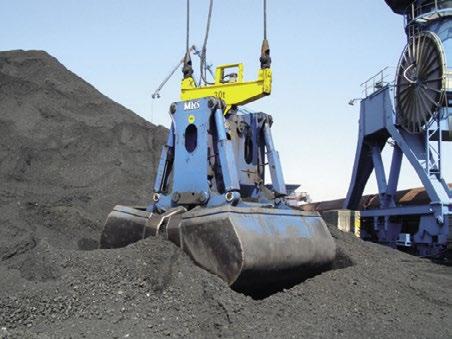
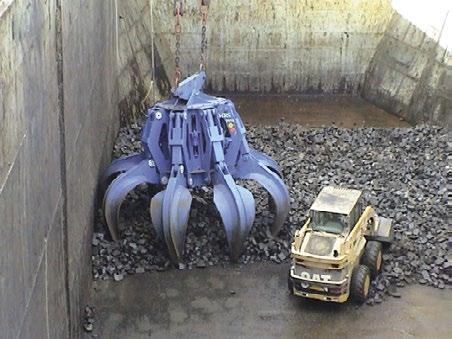
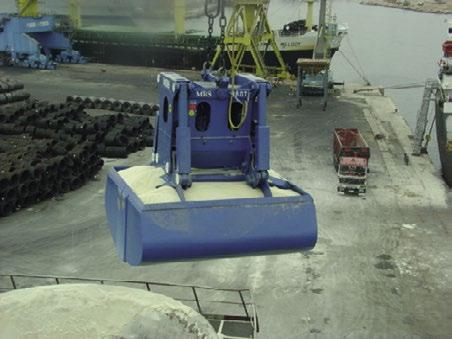
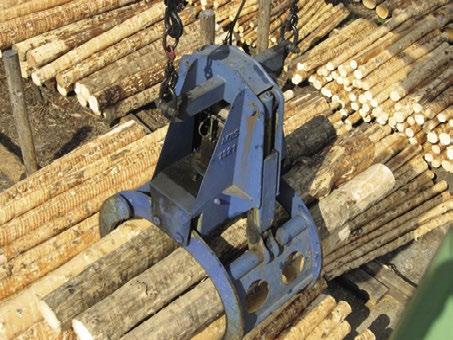

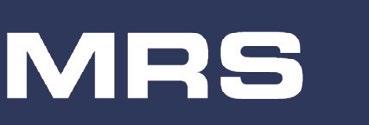








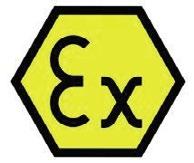

Technology company ZeroNorth and Energy LEAP, a strategic alliance between energy majors, together with other industry partners have published a draft proposal for consultation for a Vessel Emissions Reporting Standard (VERS 0.9), the organisations have announced .
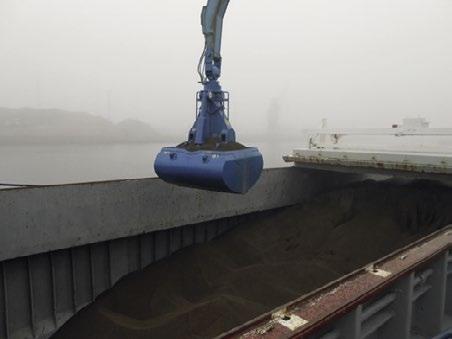































The new open standard is the culmination of eight months of consultation and collaboration with shipowners, charterers, energy majors, association bodies and software vendors, and sets out to enable emissions reporting required by law, supporting decarbonisation and regulatory compliance.






A standard way of managing and reporting emissions data is fundamental to tracking progress and ensuring compliance with the International Maritime Organization’s decarbonisation goals. VERS 0.9 aims to create a standard outlining the data points that should be collected on a daily basis. This will improve the quality of the data operators collect, as well as further assist owners in reporting on emissions at the end of each year.
Vessel data that is collected today is based on past industry data needs. As the industry evolves and new requirements around environmental reporting arise, noon reports or vessel reports also need to adapt. A new standard is needed to enable owners to overcome the challenges of both required and voluntary emissions reporting.
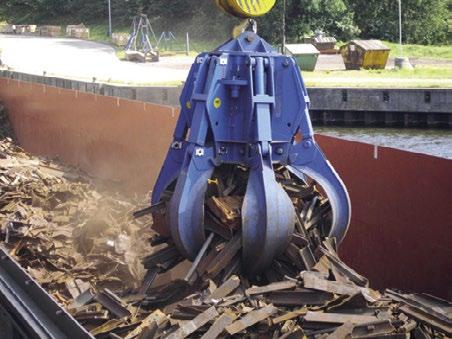

VERS 0.9 is designed for both daily data collection, aligning with traditional noon report approaches, and for the possible collection of data at key or significant points during a voyage. Other information covered by the standard includes the specific charter party clauses that are agreed upon when planning a voyage, fuel consumption, cargo carried, and CII correction factors.


The proposed standard marks the first step on a wider roadmap aimed at defining a standard which enables the full current range of emissions reporting requirements. Once adopted, this will bring a step-change in the capability of industry players to deliver on their emissions reporting obligations.
In all, VERS 0.9 will improve the regularity of emissions data being captured by ships, powering up the industry’s ability to make a real impact on reducing emissions. The standard has been published for a period of industry consultation and will be finalised as version 1.0 once consultation is completed in September 2023.

13 BULK TERMINALS international | SUMMER 2023 Palladian_HalfHorizontal_MRS.indd 1 17/03/2023 11:07 Untitled-6 1 17/03/2023 11:09
NEWS
ukho mou increases collaboration
The UK Hydrographic Office (UKHO) has signed new Memorandums of Understanding (MoUs) with the Port of London Authority (PLA) and Peel Ports Group to enable greater collaboration in the port sector.
The new strategic partnerships will help to improve the supply, management and sharing of hydrographic and marine data and support the UKHO’s ambitions to work more closely with the UK ports and harbours community.
The agreements will help to foster improved data exchange between the ports and the UKHO. Taken together, PLA and Peel Ports Group are responsible for handling more than 120m tonnes of cargo every year. Data from the port groups’ operations will be securely shared with the UKHO for the purposes of improving safety and efficiency at critical hubs of domestic trade.
The MoUs will also enable closer collaboration on the development and implementation of next generation navigational services. This will include the testing of new solutions based on the International Hydrographic Organization’s new S-100 data standards and joint efforts to find more opportunities to digitalise the port environment.
Speaking on the MoUs, Paul Marks, head of data partnerships at UKHO, says:“Maintaining close relationships between the UKHO and ports has always been hugely important to support both safety of life at sea and the UK’s international seaborne trade. Ports sit at a critical point in the supply chain. Their unique role comes with unique data which, in an increasingly digital industry, will be critical to the future of navigation, voyage optimisation and to decarbonisation.
“These MoUs will enable us to more closely collaborate with the Port of London Authority and Peel Ports Group and work together with them to ensure a safer, more efficient and more sustainable maritime sector.”
The PLA is responsible for 95 miles of the River Thames, including the surveying of more than 400 square miles of riverbed to support safe and efficient passage. This MoU signing follows a successful collaboration between the UKHO and PLA to conduct the first realworld sea trial of gridded bathymetry data using the S-102 standard.
By using multibeam survey data collected by PLA and processed by the UKHO, the organisations worked with SEAiq Pilot to carry out a piloted passage on a commercial vessel to evidence how S-102 data can improve situational awareness and navigational safety for mariners.
Peel Ports Group is responsible for seven ports and terminals across the UK – from Clydeport in Scotland to London Medway in the Southeast – and the handling of 70m tonnes of cargo each year.
The new MoU between UKHO and Peel Ports Group will help to formalise existing avenues of collaboration, paving the way for closer data and knowledge exchange.
ITIC WARNS ON UNPAID DEBTS
The International Transport Intermediaries Club (ITIC) has warned stakeholders to ensure measures are in place to cover additional financial obligations when settling unforeseen invoices.
In the latest edition of its Claims Review, published bi-annually, ITIC shared a case study where a ship was arrested to force the ship owner to compensate their agent for unpaid debts for a tug owner’s services during previous rescue efforts of a different ship within its fleet.
The shipowner, whose ship experienced difficulties in the Atlantic, requested a ship agent to arrange tugs to attend to the ship. The agent arranged for tugs to participate in the ship’s rescue, but the ship subsequently sank.
The agent later received invoices totalling US$20,000 from the tug company, which they passed to the owner.
The owner claimed they were in financial difficulties due to losing their ship and could not pay the invoice. They promised to pay once one of their other ships had been sold, but it was undetermined when this might be. In the meantime, the agent was coming under pressure to settle the invoices of the tug company directly.
ITIC wrote to the owner but did not receive a response.
ITIC noted that another ship operated by the same owner was heading to a French port. France is considered an “arrest friendly” jurisdiction as it usually allows for the arrest of sister ships. The ship in question had a different registered owner, but advice from French lawyers confirmed that an arrest should be possible as the beneficial owner appeared to be the same.
The ship was arrested, and to obtain its release, the owner placed security through a cash deposit into the court’s account. The ship was released and negotiations for the payment of the invoices began.
Ultimately, the tug owner agreed to lower their demands to US$100,000, and the matter was settled for this sum by the owner.
Mark Brattman, claims director at ITIC, says: “If a shipping line becomes bankrupt, suppliers will look to get paid by any means and from any party. Having suitable insurance in place can therefore be very helpful for agents finding themselves in these situations.”

14 BULK TERMINALS international | SUMMER 2023
NEWS
MARK BRATTMAN, ITIC’S CLAIMS DIRECTOR
Analysis reveals discrepancies
FuelTrust, the technology company dedicated to creating a trusted and sustainable fuel ecosystem for the maritime industry, has released a new report examining bunker discrepancies in the maritime industry, which includes examples of unethical practices and fraudulent activities related to bunkering.
FuelTrust’s analysis found that between 2021 and 2022, more than 39% of global bunkers exhibited a fuel content delta of 2% or more compared to the amounts stated in their delivery paperwork. The primary issue identified was the introduction of water into the fuels during the journey from onshore storage tanks to the ship’s bunker tank. This problem typically involved an increase from 0.1% to above 0.25% water content, which, although below the regulated threshold, still resulted in average losses of $14,910 per affected delivery.

The maritime fuel market has a long history of not being transparent. Bunker fuels account for more than 50% of a vessel’s operational expenses, meaning fraudulent practices and inadequate supply chain management can significantly affect the profitability of vessel owners and charterers, and fuel suppliers. Just this month, 11 ships lost propulsion, and more than 100 ships were affected in a single incident of fuel contamination in Houston.
Even fuel considered ‘on-spec’ (meeting specified quality standards) experiences volume or content issues, leading to financial losses or engine problems. In the past year, more than 600 vessels were disabled through fuel problems, despite the fuel being ‘on-spec’, resulting in estimated global supply chain losses exceeding $5bn. Both fuel suppliers and shipowners incurred financial losses, which are difficult to detect and make claims against.
FuelTrust’s AI-based approach to creating a trusted fuel ecosystem through transparency and traceability addresses the challenges in the fuel supply chain, particularly in the maritime sector. By providing visibility into the final outcomes of fuel products, fuel suppliers can better understand and validate their offerings, while fuel buyers can combat fraud, minimize losses, and mitigate environmental risks.
Jonathan Arneault, CEO and co-founder of FuelTrust comments: “This new research across the global bunkering market emphasises the need for better transparency. By providing visibility, traceability, and security throughout the fuel supply chain, FuelTrust is improving operational efficiency, helping reduce environmental impact, and fostering trust among all stakeholders.”
“As the latest contamination case demonstrates, it’s essential that shipowners, bunker suppliers and charterers can gain better insight into their fuel supply chains. Better information on the fuel we use is also a foundational block of any serious greenhouse gas reduction strategy.”
Please find a link to the whitepaper on ‘The cost of fraud in the maritime fuel market’, here: https://info.fueltrust.io/ hubfs/Files/whitepapers/wp-cost-of-fraud-in-maritimefuel-market-jun2023.pdf.
BULK TERMINALS international | SUMMER 2023 15
NEUERO: A REVOLUTIONARY PORT PROJECT IN UKRAINE
Risoil, a leading Ukrainian company in oil and grain transshipment, has recently completed the construction and successful testing of a doublesided pier in the port of Chornomorsk. This groundbreaking project, which was temporarily halted due to the war in Ukraine, showcases Risoil’s commitment to the country’s
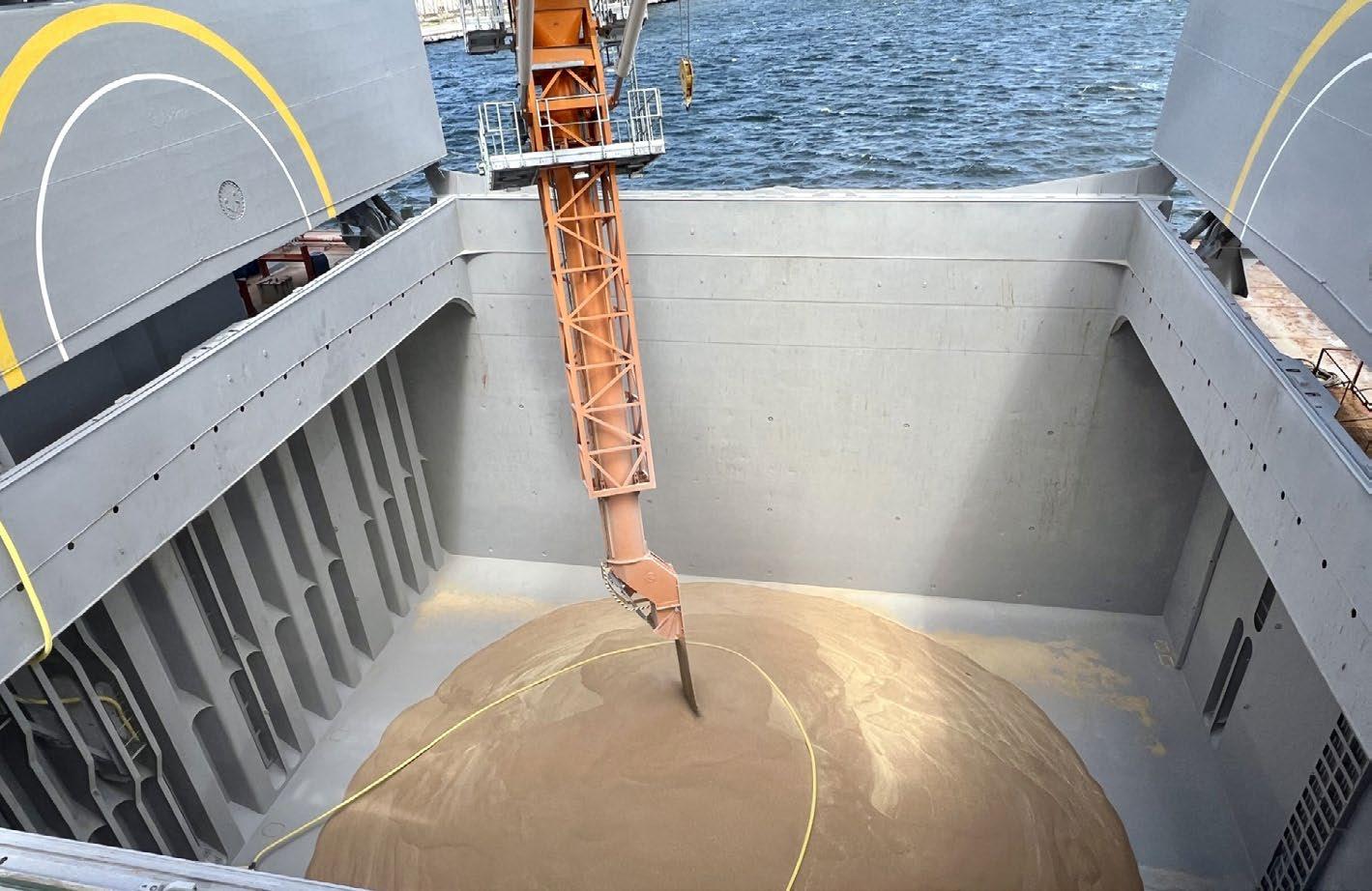
development and economic growth. Equipped with state-of-the-art shiploader towers, conveyors, and loading booms, the pier offers enhanced efficiency, flexibility and, importantly, environmental friendliness. Let’s explore the unique features and benefits of Risoil’s new pier in more detail.
Concept and Construction
The idea for the two-way pier was conceived more than a decade ago by Risoil’s shareholders, aiming to facilitate the loading of ships with larger drafts. After overcoming bureaucratic hurdles and receiving all necessary approvals, construction began in April 2021 and lasted for approximately one year.
The project, with an estimated cost exceeding UAH1bn (£21.1m), represents a remarkable collaboration between Risoil and the state enterprise Ukrainian Sea Ports Administration (USPA). The doublesided pier is a first-of-its-kind hydraulic structure in Ukraine, incorporating advanced design principles, functional versatility and innovative equipment to maximise production efficiency and minimise environmental impact.
Unique Features
Risoil’s double-sided pier offers simultaneous handling of two vessels with a draft of up to 15m, revolutionising port operations in Ukraine. The pier’s
16 BULK TERMINALS international | SUMMER 2023
KIKO VERTICAL TELESCOPIC WITH DLH IN OPERATION
COMPANY NEWS
shiploader towers consist of two intake belt conveyors, each capable of loading 1,500 tons per hour, and a single unloading belt conveyor with a capacity of 600 tons per hour.
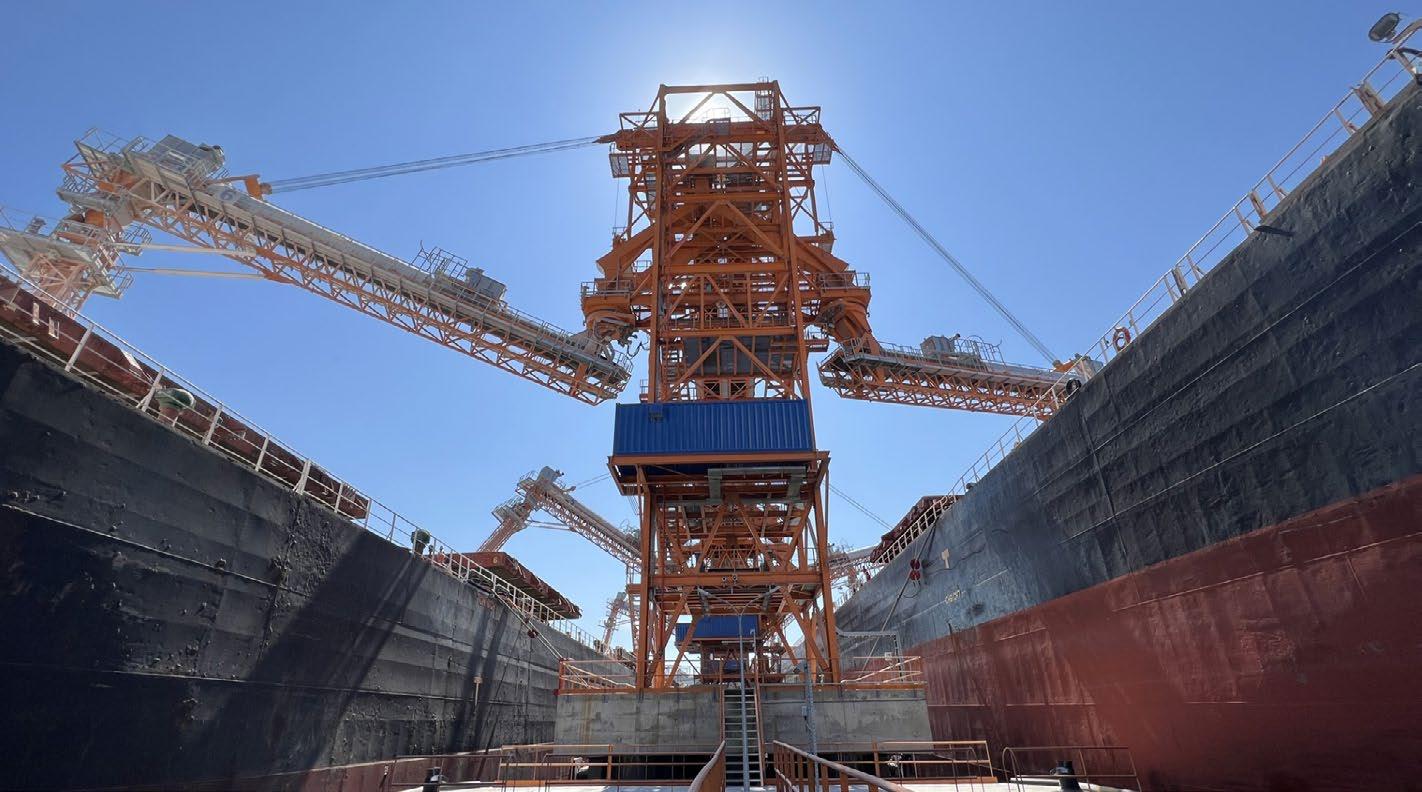
Additionally, the pier features six loading booms, equipped with boom conveyors, KIKO pendular movement and DLH dustless loading heads, enabling efficient loading of 1,500 tons per hour. The loading system can accommodate two ships simultaneously or prepare the second ship while loading the first.
Furthermore, a pneumatic unloader with a capacity of 600 tons per hour ensures flexibility in unloading operations.
Environmental efficiency
Risoil’s commitment to environmental protection is evident in its design and equipment choices. The loading booms are equipped with industry-leading dust suppression heads, ensuring the isolation and aspiration of grain transfer points to meet modern environmental standards.
To achieve these goals, Risoil partnered with Neuero, a supplier of shiploading and unloading equipment that is well known for its environmental standards. Neuero supplied the shiploading system with six booms, capable of operating at a capacity of up to 1,500 tons per hour, along with a pneumatic ship unloader with a nominal capacity of 600 tons per hour.
Conclusion
Risoil’s double-sided pier in the port of Chornomorsk represents a significant milestone in Ukrainian port infrastructure development. Through the implementation of advanced technology and innovative design, Risoil has created a versatile and efficient platform for oil and grain transshipment operations.
The pier’s ability to handle vessels with larger drafts, simultaneous loading of different cargo types, and flexibility in unloading operations enhance the port’s capacity, attract new cargo flows, and create job opportunities.
This project serves as a testament to Risoil’s dedication to Ukraine’s economic growth and highlights the successful collaboration between private investors and the Ukrainian Sea Ports Administration.
With the launch of the double-sided pier, Risoil continues to set new standards in the industry and contributes to the future development of Ukrainian ports.
For more information, visit: neuero.de/en
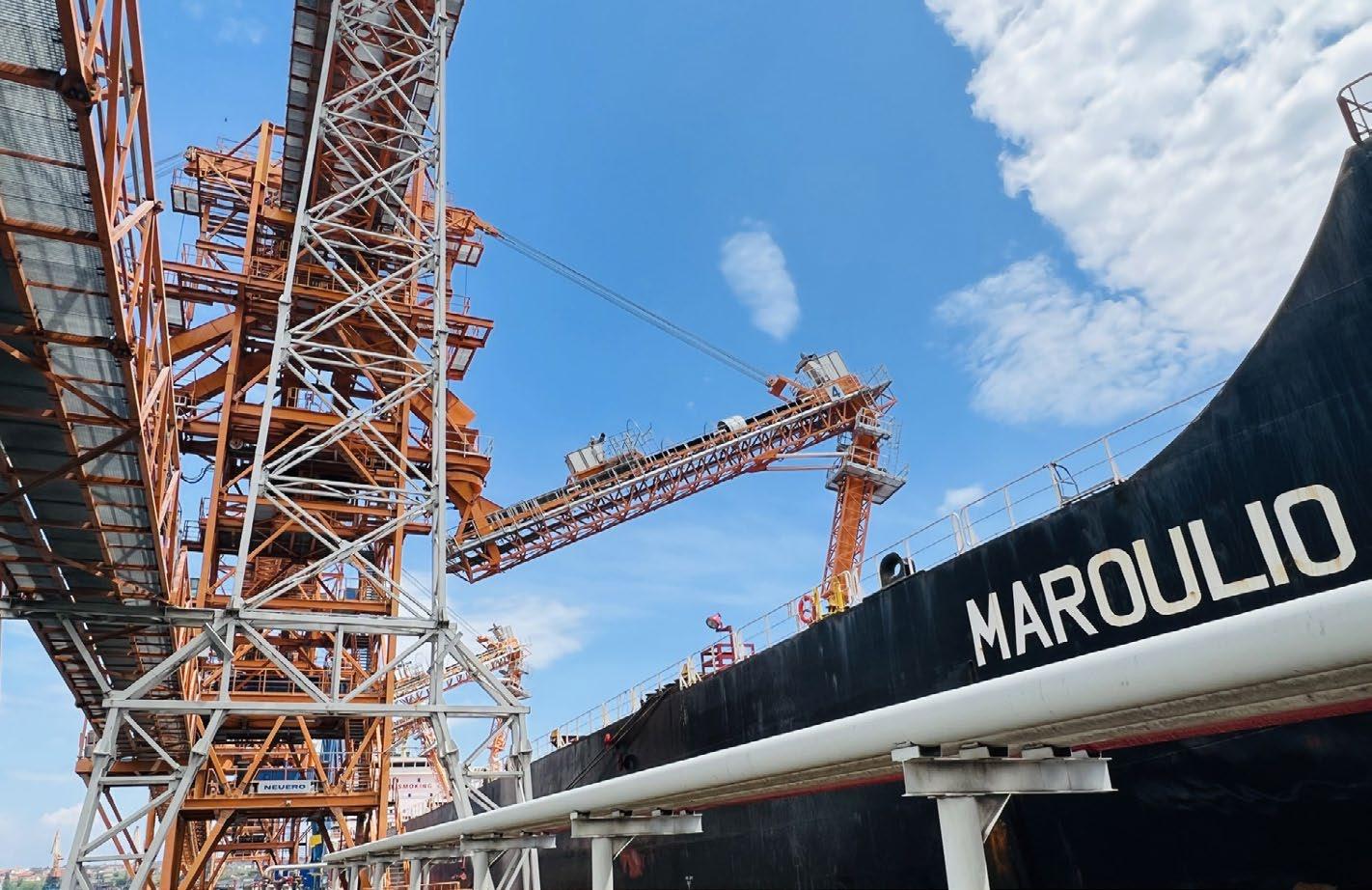
17 BULK TERMINALS international | SUMMER 2023
To achieve its goals, Risoil partnered with Neuero, a supplier of shiploading and unloading equipment that is well known for its environmental standards
ONE SHIP LOADING
TWO SHIPS BEING LOADED SIMULTANEOUSLY
MACHINE, REPAIR AND SERVICES
Established in 1977, MRS Greifer GmbH is a leading engineering company providing design, manufacture, supply and after sales services for grab buckets up to 30m³ capacity. Our commitment to continuous research and development ensures our grabs are world leaders in terms of technology, quality and performance.

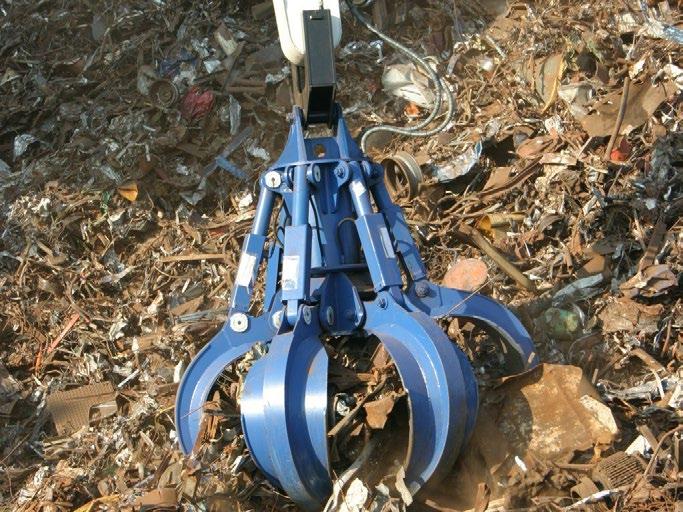
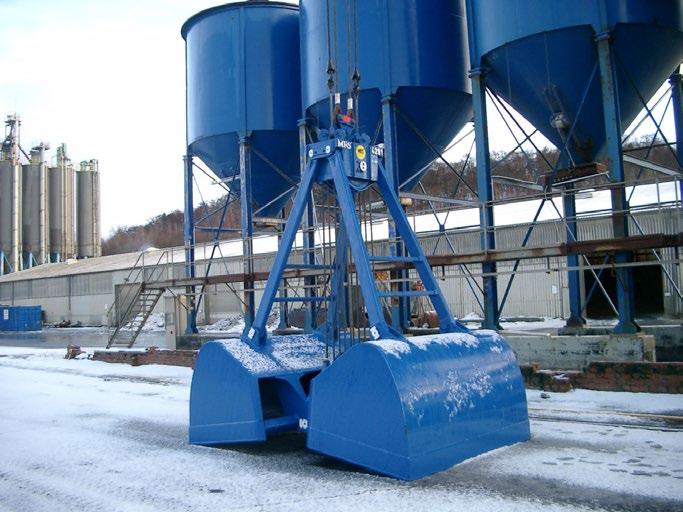
With five decades of experience in the design, manufacture, research and development of grabs, plus an extensive after-sales service backed by our team of highly skilled engineers, MRS Grabs has clients from every corner of the world.
We design grabs to fully meet the needs of our clients and the parameters within which they work, producing equipment capable of unloading all kinds of bulk cargo. Our machines include the latest features and are of optimal weight, ensuring an exemplary performance for a longer period of time. When it comes to hydraulics and other outsourced parts, we only use trusted brands so the highest quality is ensured.
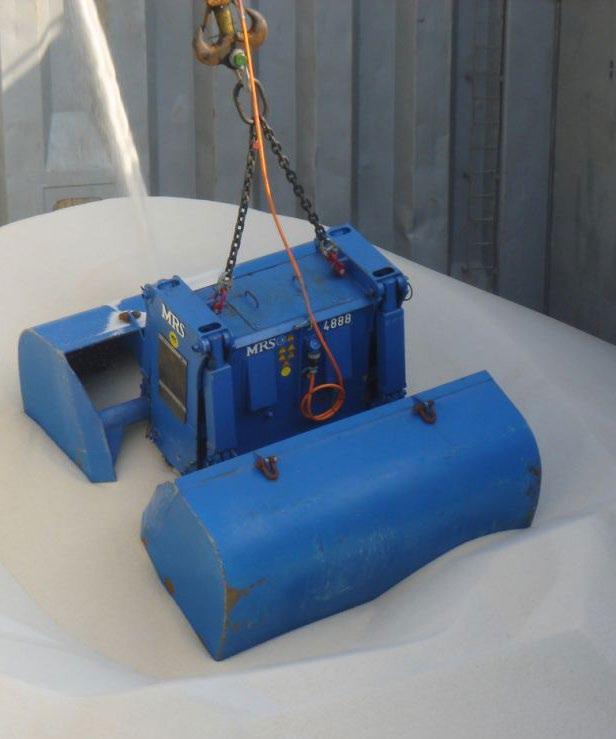
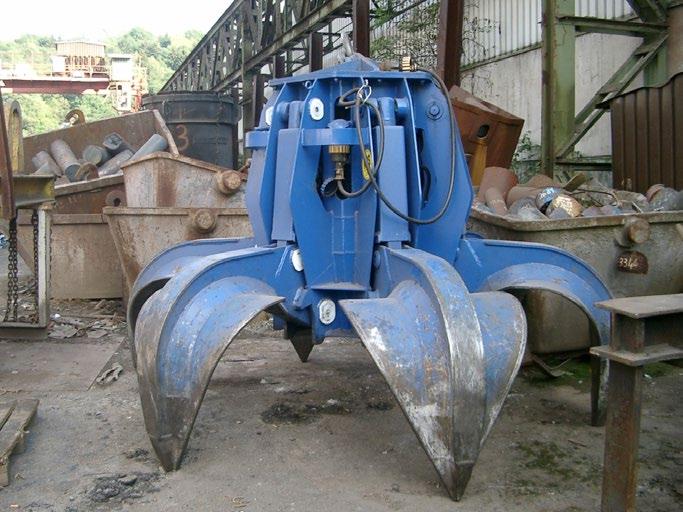
Each grab is manufactured under the industry’s strict quality controls, according to the QAP approved by our experts. We are only too aware that delays in shipping can result in exorbitant costs so we keep a full stock of spare parts, and our committed after-sales service team is available to see to all our customers’ needs in the quickest possible time.
With grabs to handle bulk, logs, scrap, underwater dredging and more, please don’t hesitate to contact us to talk through your needs.
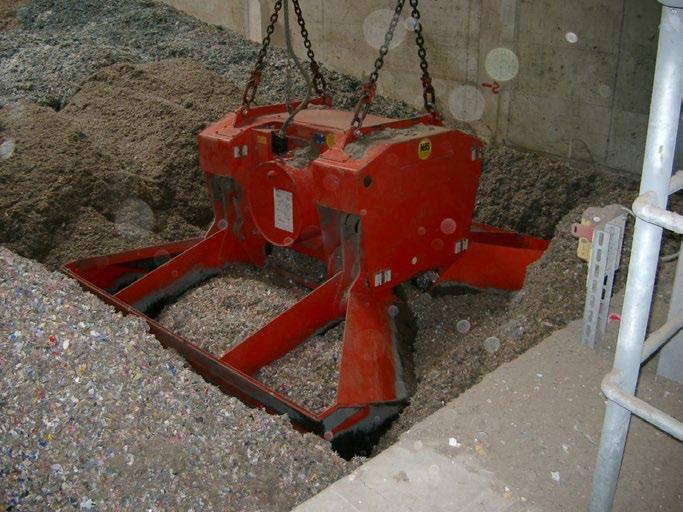
For more information, contact:
MRS Greifer GmbH
Talweg 15 - 17 74921 Helmstadt
Tel: +49 7263 9129-15
Fax: +49 7263 9129-12
Email: export@mrs-greifer.de mrs-greifer.de
18 BULK TERMINALS international | SUMMER 2023
COMPANY NEWS
MOVING MOUNTAINS
Transporting or salvaging heavy cranes creates a range of logistical problems –but expert companies have the solutions
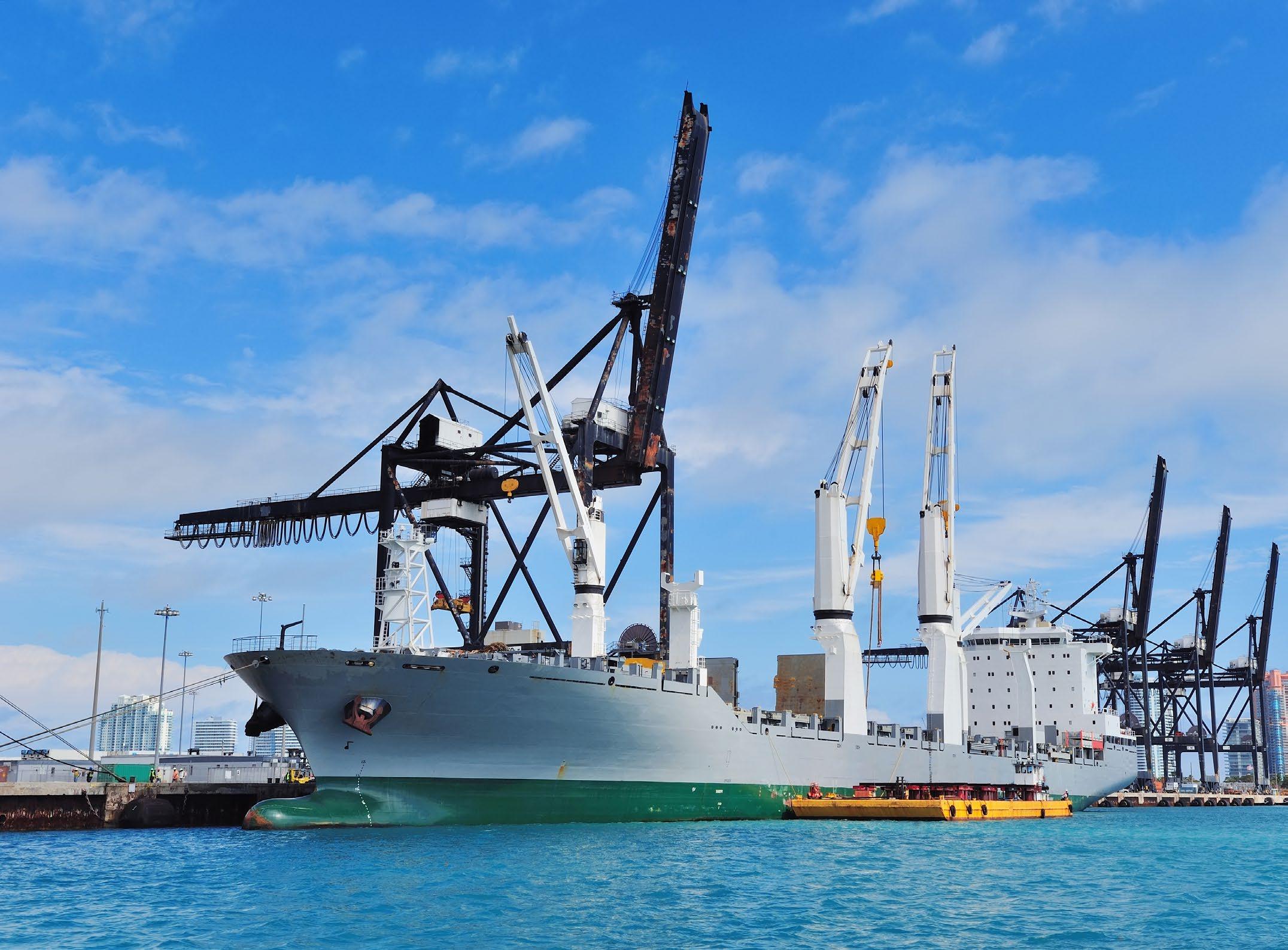
19 BULK TERMINALS international | SUMMER 2023
cranes and grabs
cranes and grabs
Leading salvage expert Marine Masters has successfully salvaged and removed a collapsed 1,200 tonne coal transfer crane and a portion of the associated jetty damaged during extreme weather conditions earlier this year in Ashkelon, Israel. The operations were carried out so as to minimise any further impact on the marine environment in the aftermath of the incident.
Contracted by EDT Group, Marine Masters provided salvage and engineering expertise to remove all debris and crane components from the remaining structure and seabed. Having performed an examination of the crane’s technical documents and a review of the sister coal transfer crane present on site, the engineering team quickly defined exact locations for the subsea cuts by the salvage divers to allow for the structure’s total recovery from the seabed.
The team worked rapidly over seven weeks, despite being impacted by geopolitical conflict, and completed work ahead of schedule.
Danny Spaans, director of Marine Masters, says: “We are very pleased to have completed this project ahead of the initially estimated schedule. Despite challenges such as the heavy entangled crane and bridge components, significant underwater cutting and access difficulties, the Marine Masters team delivered swift results without compromising safety. This was largely due to the supportive working environment in place with EDT Group, with whom we collaborated closely.”
EDT provided the marine plant, which included crane barges, anchor handling tugs, diving systems and other equipment and tools as needed for the execution of the project. The project utilised single point lifts wherever possible to ensure that subsea cutting and rigging works were minimised wherever possible, saving diving time and enabling the speedier recovery and removal of the collapsed crane.
Following the removal of the 25m electric house lift and the 80m heavy mechanical house, a controlled collapse
of the remaining crane parts was performed and then all the sections were extracted. The team also removed a 200m damaged section of the jetty and related debris from the seabed.
MULTIPLE CRANE OPERATIONS
Recent months have seen AAL Shipping (AAL) undertake the long-haul transport of heavy lift cranes and related components for port and terminal development projects worldwide.

These have included an operation to move four 439-tonne Liebherr shore cranes from Shuaiba in Kuwait to Haiphong in Vietnam for a new dry dock facility. A second operation comprised two shipments of six new-build Kalmar Automated Stacking Cranes (ASC) from Taicang and Shanghai to Melbourne, Australia, for a container terminal expansion programme.
Project heavy lift cargo operations are complex at the best of times and made more challenging when the cargo involved is older and its integrity and even specification are in question.
20 BULK TERMINALS international | SUMMER 2023
AAL HONG KONG LOADING AUTOMATED STACKING CRANES IN TAICANG, CHINA
cranes and grabs
Yahaya Sanusi, deputy head of transport engineering at AAL, explained, “This operation involved the transport onboard the 31,000dwt heavy lift megasize ‘AAL Melbourne’ of four second-hand Liebherr crane units.
“The lead time of this project was extremely short, as the client had been left stranded by another carrier, realising the operational parameters were beyond its scope. Three of the units were the LMH 500 series and the other an LMH 550. These are some of the biggest cranes in the series, each weighing more than 400 tonnes, 35m tall and featuring a jib length of close to 55m.
“The loading of cranes of different size and of an older age required detailed preparation, made more complicated by the fact that the delivered units were in far poorer condition than expected and documentation provided was inaccurate. This not only required on-site stowage plan adjustment by our attending CSI, but also the re-calibration of each jib’s centre of gravity to ensure lifting stability could be guaranteed.
“Furthermore, we had to drive the first three units around deck to optimise space before the fourth unit could be loaded, which involved building bridges to connect four-metre gaps between hatch covers with heavy load platforms and corresponding ramps. Due to the poor condition of the units, we dealt with burst crane tyres, crane engine malfunction and resulting delays – handled by our crew and attending team with grit and determination.”
He concludes: “The cranes were extremely tall and affected bridge visibility, requiring special permission from the Flag State administration and further safety precautions, including the engagement of an additional safety officer on the bridge.
“At the port of Haiphong, the four units had to be discharged to a barge that was not self-trimming, which meant we could only discharge one crane at a time and to specific areas of the vessel. With so many ships passing closely by
and generating wake, discharging to barge in Haiphong requires perfect timing. Despite all challenges, we delivered the cargo safely.”
AAL also recently shipped three ASCs, each 35m wide and 215 tonnes, from Taicang in China to Melbourne, onboard the 31,000dwt heavy lift megasize AAL Hong Kong. A second sailing involves sister vessel AAL Shanghai to transport three further cranes of the same type into the Victoria State Capital from Shanghai.
All six cranes are being shipped for cargo handling solutions provider Cargotec for use in Melbourne’s Victoria International Container Terminal, as part of an ongoing expansion programme for which AAL already shipped 20 ASC units in 2016.
The massive 3,000m2 clear weather deck space of the A-Class proved ideal for these 35m-long, 13m-wide, and 27mhigh units, enabling the safe stowage of two of the cranes side-by-side.
Nicola Pacifico, head of transport engineering at AAL, comments: “Visibility challenges posed by these tall units required early dialogue with local authorities and other stakeholders to establish and then secure safety requirements for operational approval.
“Multiple diagrams, extensive documentation, detailed safety analyses and a raft of preventive measures were prepared and delivered through a strong collaborative effort involving AAL’s engineering and operations teams, and our technical and crew manager, Columbia Shipmanagement.
“Measures undertaken included the deployment of CCTV cameras to compensate for blind spots, establishing forward radar and employing additional watchkeeping, tugs and pilot assistance during departure and arrival at port.
“Bespoke adaptations to accommodate the significant size of the cranes included the use of bolsters to extend deck width on the starboard side and removing the support of ship crane number three to enable a suitable swing angle during loading and discharge.”
Revitalising Operations
Alatas UK recently overhauled multiple components of a port crane to ensure their optimal performance and reliability. This include four Konecrane gearboxes, four electric motors, and four Sibre service brakes. The lead time for the overhaul was kept short to minimise disruptions to port operations.
The case study highlights the importance of regular maintenance and condition monitoring to prevent costly downtime and ensure safe and efficient port operations. By completing the overhaul of these critical components, Alatas UK helped to ensure the continued smooth operation of the port crane system.
The overhaul project of the port crane gearbox assemblies, electric motors, and service brakes was part of a 10-year maintenance plan to ensure the continued safe and efficient operation of the cranes. The maintenance plan involved the inspection and repair of critical components to minimise the risk of breakdowns and ensure compliance with regulatory requirements.
The port crane system is a vital component of the logistics and supply chain industry, responsible for loading and unloading cargo from ships. Given the high volume of cargo that passes through ports, any disruption to crane operations can have severe economic consequences.
Therefore, regular maintenance of port cranes is essential to minimise downtime, prevent accidents and ensure that the cranes operate at peak efficiency. In this context, the 10-yearly maintenance plan served as a proactive approach to prevent potential failures and breakdowns that could cause delays in the port’s operations.
Alatas UK was commissioned to carry out the overhaul project due to its expertise in the field. The project involved the inspection, repair, and replacement of critical components of the cranes, including the gearbox assemblies, electric motors, and service brakes, to ensure their optimal performance and reliability.
21 BULK TERMINALS international | SUMMER 2023
cranes and grabs
The overhaul was completed within a short lead time to minimise disruptions to port operations, and the cranes were successfully returned to service.
Alatas UK conducted a thorough condition assessment of the critical components, including the gearboxes, motors, and brakes, to determine the extent of the repairs needed. This allowed it to identify any worn or damaged parts that needed to be replaced and ensured that the overhaul project was targeted and efficient.
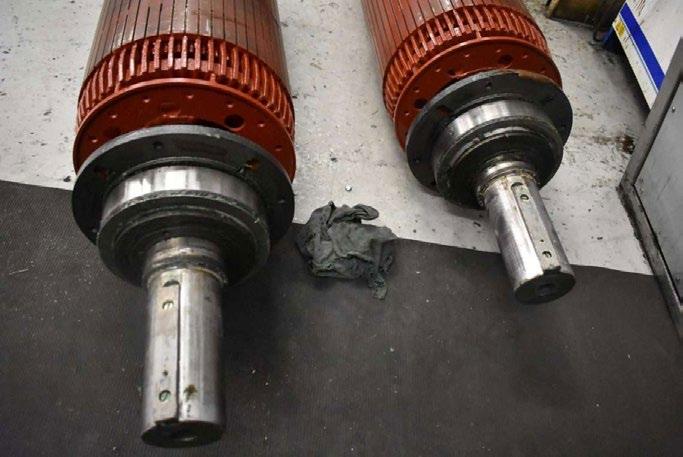
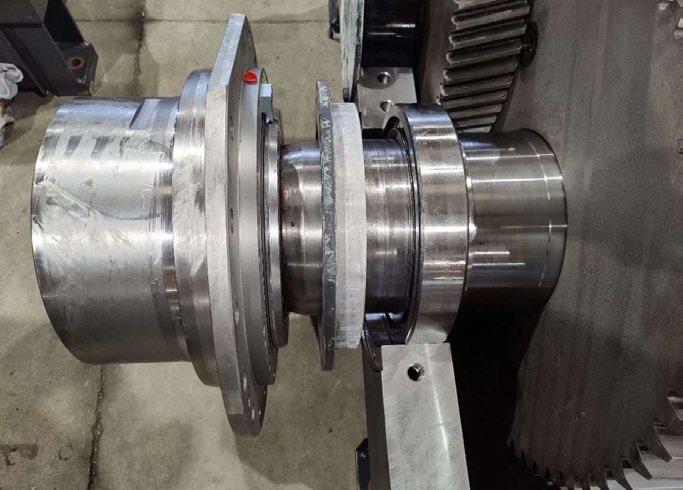
Second, it devised a plan to complete the project within a short lead time, so as not to disrupt the port’s operations. To achieve this, the company used its extensive network of global suppliers to source the required replacement parts quickly and efficiently.
Additionally, it used its expertise in engineering and project management to ensure that the overhaul work was carried out as efficiently as possible, without compromising on quality.
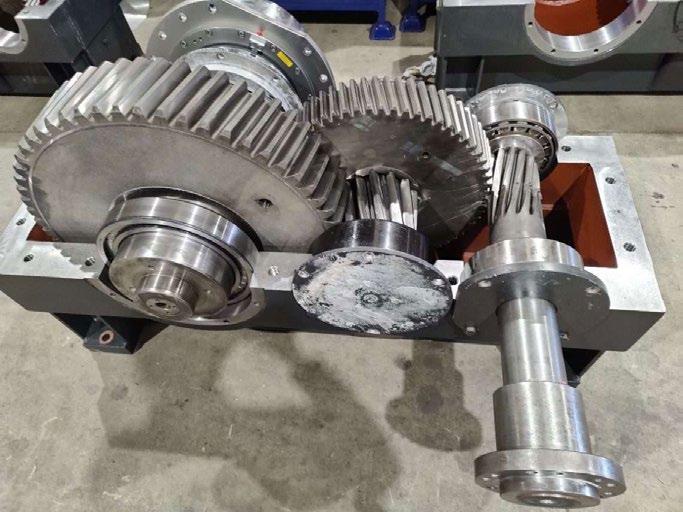
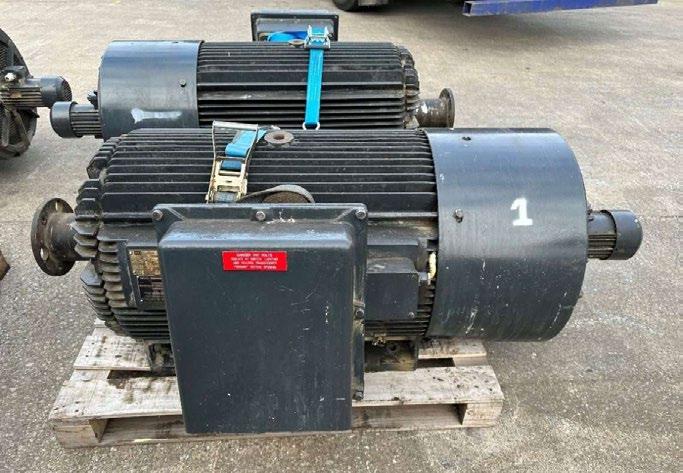
Finally, it conducted thorough testing and commissioning of the cranes after the overhaul to ensure that they met the required performance standards and were safe to operate.
Throughout the entire project, Alatas UK followed strict safety regulations to ensure that the cranes were safe for use and complied with regulatory requirements.
Overall, the solution that Alatas UK came up with was comprehensive, efficient, and effective. By carrying out a thorough condition assessment, sourcing replacement parts quickly, and conducting rigorous testing and commissioning, it was able to complete the overhaul project within a short lead time while ensuring that the cranes operated at optimal performance and reliability.
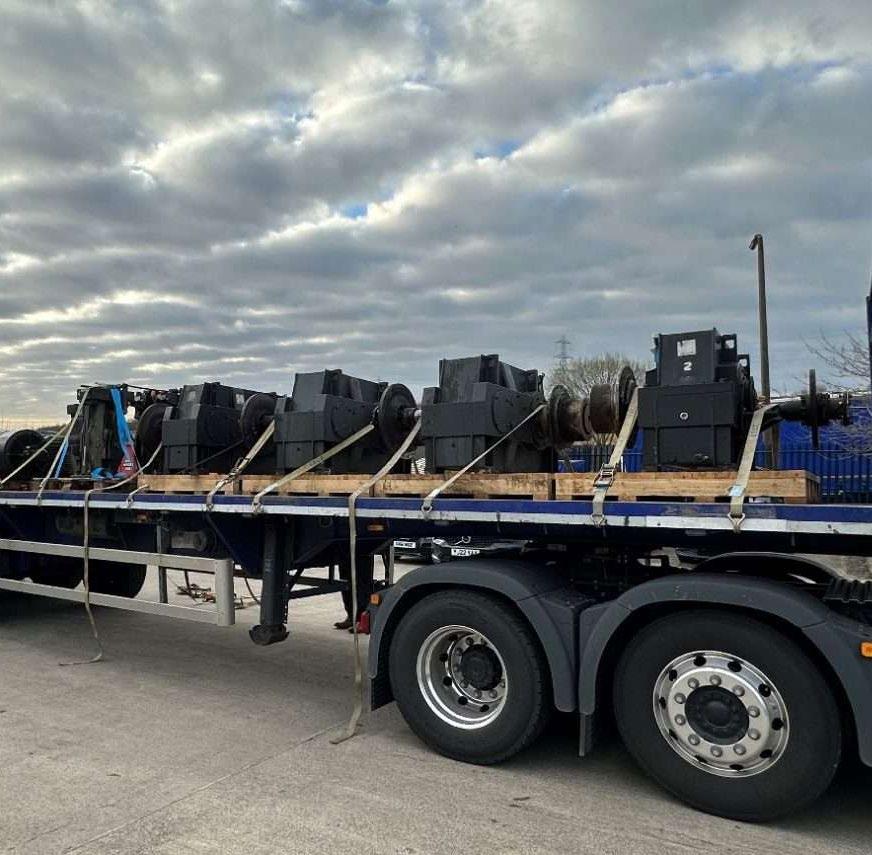
The project demonstrated the importance of regular maintenance and condition monitoring to prevent costly downtime and ensure safe and efficient port operations.
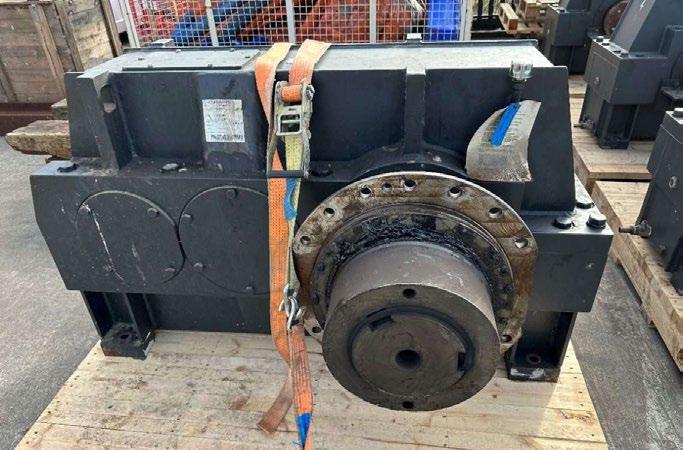
22 BULK TERMINALS international | SUMMER 2023
ELECTRIC MOTORS BEFORE DISASSEMBLY AND INSPECTION GEARBOX SPLIT FOR INSPECTION
GEARBOXES OFFLOADED AND MOVED TO WORKSHOP READY FOR INSPECTION SERVICE BRAKES BEFORE DISASSEMBLY AND INSPECTION
GEARBOX IN THE REBUILD STAGE
COUPLINGS INSTALLED ELECTRIC MOTOR INTERNAL INSPECTIONS
ROTOR INSPECTIONS COMPLETE SERVICE BRAKES COMPLET
EQUIPMENT ARRIVAL FOR ALATAS UK’S OVERHAUL
RAM: SPREADING AMBITION
Leading lifting equipment manufacturer RAM has been supplying container handling equipment to ports and terminals for more than 50 years. It is currently enjoying great success in the bulk handling industry with its Revolver Containerised Bulk Handling system.
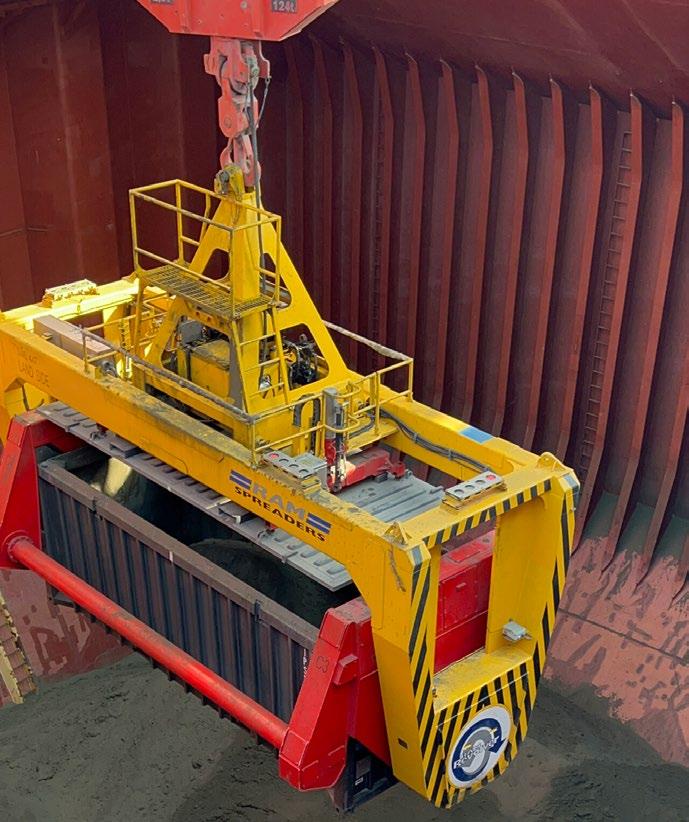
Revolver Containerised Bulk Handling solution (CBH).This CBH system uses sealed open-top containers to transport and unload dry bulk commodities – with the RAM Revolver, a rotating spreader attached to a crane locks on to the sealed open-top container in the same way as a traditional spreader does, then automatically removes the lid from the container, before fully rotating the container along its longitudinal axis to decant all of the commodity from the container.
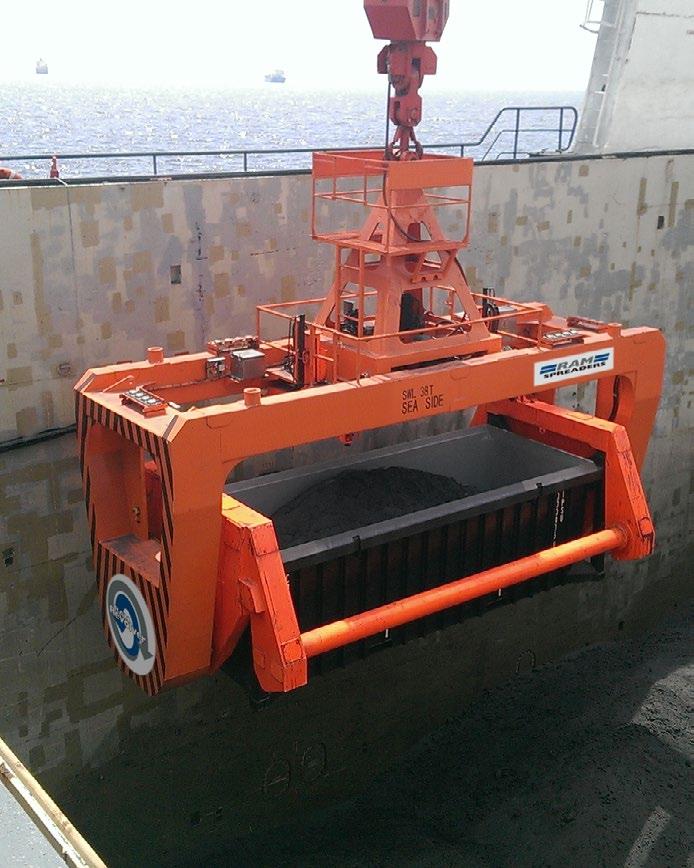
Since its first introduction, the RAM CBH has gained widespread popularity, with just under 100 units now operating at various ports, terminals and handling facilities, on all types of cranes, including STS, Ship, MHC, reach stacker and bridge.
network of engineers, who are on hand to ensure customers maintain the reliability and efficiency of their equipment, while RAM’s spare part hubs endeavour to pursue the quickest lead times for their spare parts.
Spending time in multi-purpose ports, RAM has also had the opportunity to expand its reach further and cater its products to the growing needs of its customers, with the introduction of a universal pipe handling spreader for the oil and gas industry, capable of handling up to three pipes of various sizes and diameters.
For more information, visit: ramspreaders.com
RAM’s ancestral roots began in 1876 as Ed Mills & Son, a blacksmith company in Liverpool, England. During the 1970s, the company’s interests diversified into container handling, supplying spreaders to ports and terminals worldwide.
With decades of experience and innovation while continuing to develop its core products, RAM focused on the bulk handling industry, introducing the
Containerising bulk allows multiple commodities to be stacked and stored together without the risk of crosscontamination or commodity loss, without stockpiles or expensive storage sheds. CBH is also ideal for container terminals to handle bulk without heavy investment in fixed infrastructures or contamination risks.
Educating new audiences about the many benefits of CBH is where RAM excels, with regular attendance at bulk handling events – including ABTO –being the perfect platform to allow the audience to see how CBH is quickly transforming how bulk is handled. RAM prides itself in offering the best level of after-sales support from its vast global
23 BULK TERMINALS international | SUMMER 2023
COMPANY NEWS
NEMAG: INCREASING PRODUCTIVITY BY MORE THAN 20%
About VLI Pecem
VLI is one of Brazil’s largest logistics companies. VLI’s interconnecting railways, terminals and ports provide the best conditions to efficiently serve Brazil’s main regions that produce steel, agricultural and mineral products. Through innovation, VLI always seeks to serve its customers best.
The customised logistics solution at the VLI Portos Pecem site connects the primary steel-producing states, from the harbour to the factory. Paulo Sérgio Ribeiro Conceição has been working for VLI for 20 years, currently holding the position of specialised port operations technician at the Pecem site. He specialises in bulk material handling and is responsible for team training, maintenance and operations.
Years ago, the Pecem harbour operated two continuous ship unloaders – one for each pier. When VLI took over the logistics from the steel mill nearby, it realised it would not be able to meet the productivity needed to serve the customer best. Therefore, it decided to work with mobile harbour cranes and grabs in combination with hoppers.
Ribeiro Conceição says: “We changed the whole concept of the harbour. And because we weren’t just looking for a
product but a complete solution, we did a lot of market research. We understood that to achieve the highest productivity, we needed to look for a high-quality grab solution that enabled us to use the cranes at their full capacity. With a poorly performing grab, the crane’s potential is lost.”
In VLI’s research for the best references in the local and European markets, Nemag was one of the suppliers that came out best.
The first purchase was not a Nemag grab, but a grab made by a competitor. After realising that this grab did not meet VLI’s requirements, it purchased the Nemag Clamshell, which exceeded the other grab’s productivity by 15%.
Nonetheless, the cranes still did not reach their full unloading potential. In addition, maintenance costs were high and changeover times were long. Changing from ore to coal could take up to two hours – not to mention the additional workforce and lifting platforms needed to adhere to safety regulations.
After two years, VLI decided to optimise its unloading process further and look for a different grab solution.
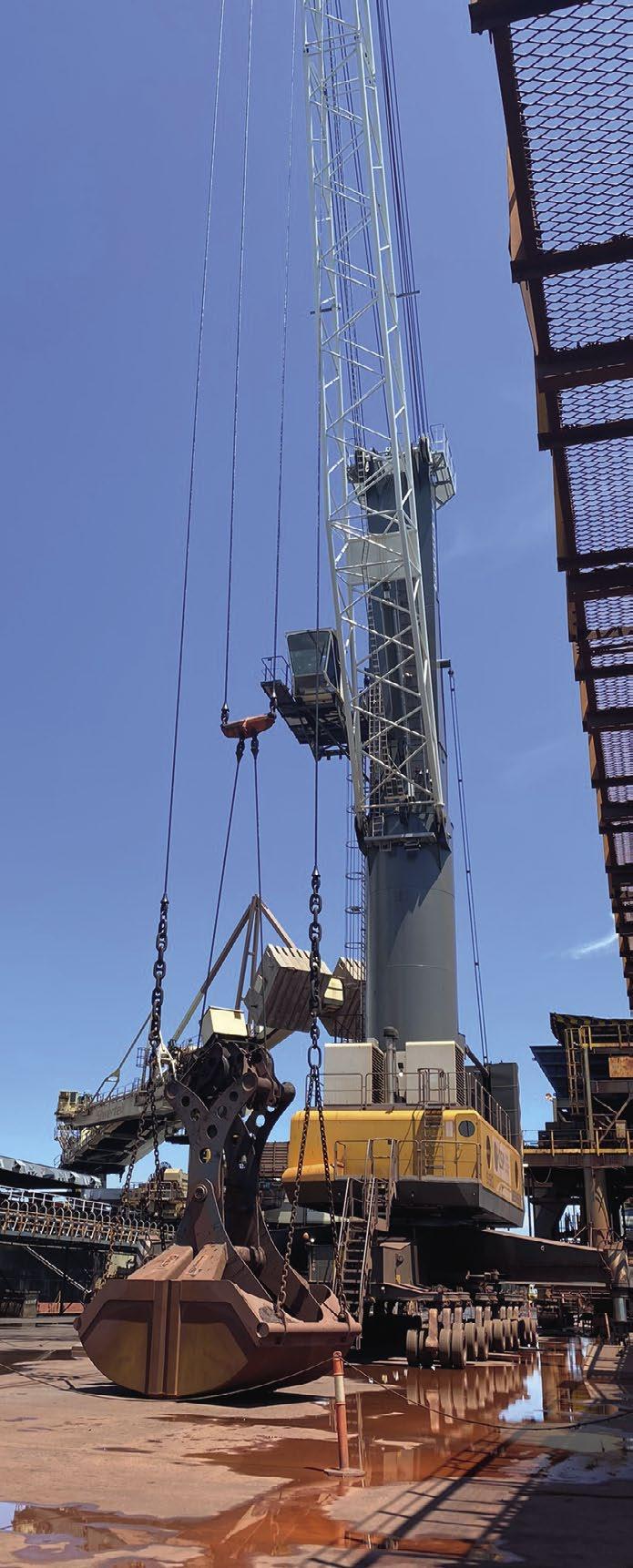
24 BULK TERMINALS international | SUMMER 2023
NEMAG HAS TRANSFORMED OPERATIONS AT PECEM
COMPANY NEWS
Says Ribeiro Conceição: “Because we had already seen a massive increase in productivity with the Nemag Clamshell and experienced Nemag’s expert support first-hand, we were confident it would be able to help us further along.”
The solution:
The NemaX grab
VLI had three main requirements for the new grab:
1. Productivity should increase by more than 15% compared with the competitor’s grab
2. Changing the grab should be faster and easier
3. The grab should provide safer working conditions.
VLI decided on the highly innovative NemaX grab based on these three conditions.
“Choosing the NemaX was a no-brainer,” says Ribeiro Conceição. “References from contacts in the European and Asian markets showed that the NemaX’s productivity is higher than any conventional grab.
“In addition, changing the NemaX grab is made 100% easier and faster as the it opens up completely and lays flat on the ground. Consequently, changing and maintaining the grab is low risk as there is no need for workers to be working up high on lifting platforms. So at first glance, the NemaX checked all our boxes.”
Productivity and cost savings
Compared with the first grab, the NemaX delivers a 20% increase in productivity. When handling iron pellets, the NemaX exceeds the 20% productivity increase. Without the NemaX, VLI could move 800 tonnes per hour on average; with the NemaX, it can move 1,000 tonnes per hour on average.
“We are already pleased with these results. The thing is, though, we are still in a learning
cycle. For example, we still sometimes need to adjust the configuration of the ropes. And the operators need some more time to get used to the grab.
“I strongly believe we can reach an even better performance after unloading our 20th ship with the NemaX. I’m looking towards an average of 1,100 tonnes per hour,” says Ribeiro Conceição.
The NemaX can reach a staggering 1,400 tonnes p/h during free digging. This is 300 tonnes p/h more compared with the competitor’s grab and 200 tonnes p/h more than the Nemag Clamshell grab during the free digging stage.
Says Ribeiro Conceição: “In addition, it used to take up to five days to unload a ship. With the Nemag Clamshell and the NemaX side by side, we manage to unload the ships within four days. The savings in demurrage costs are considerable, to say the least.”
Saving time cleaning the hatch
Because the NemaX has a far greater reach than conventional grabs, cleaning out the ship’s hatch becomes less hassle. Says Ribeiro Conceição: “The operators will tell me that when the situation is the worst, that’s when the NemaX works the best!”
Saving maintenance costs
The NemaX ensures clean work: the grab closes entirely and only starts opening –with zero rocking – when perfectly above the hopper. The relubrication time is reduced by 50%. And any consumable costs such as steel cables have been reduced by 30%.
Safety
“In Brazil, safety regulations are stringent – and with reason of course, says Ribeiro Conceição. “No doubt, the NemaX also brings a massive safety advantage.
Because the grab can be placed open and flat on the ground, maintenance can easily be done at ground level. Because maintenance of the NemaX is very lowrisk, we no longer have to deploy extra resources (staffing, lifting platform, and so on), which is a cost advantage in itself.”
The NemaX also clearly affects Ribeiro Conceição’s team. “I think it’s important to mention that working with the NemaX has brought the team a lot of joy. They’re happy that they can work under safe conditions, their job is made easier and, of course, the massive increase in productivity positively impacts us all.”
Future plans
The first grab purchased by VLI at the Pecem site is expected to last another two years. By then, this grab will be replaced by a new NemaX grab.
Says Ribeiro Conceição: “Given the outstanding results, it’s the most logical step. With both cranes operating a NemaX grab, we expect to fully clear a ship in as little as 3.5 days. This will reduce costs immensely.
Furthermore, we will be able to service our customers even better. At the moment, we can unload 50 ships per year on average. With both cranes operating with a NemaX grab, we can significantly increase the number of ships.”
VLI Pecem is looking forward to prolonging its partnership with Nemag.
For more information, contact: nemag.com
25 BULK TERMINALS international | SUMMER 2023
NM HEILIG: PROVIDING EFFICIENT AND FLEXIBLE SOLUTIONS
COMPANY NEWS
Amsterdam is the largest storage and transshipment port for cocoa in the world, with an effective storage capacity of 35,000m². NM Heilig delivered two ship and truck loading systems with a capacity of 250t/hour / 500m3/hour of bulk material to one of the major players in the cocoa handling market, Katoen Natie.
Amsterdam is the fourth largest port in Western Europe. The Amsterdam port region has an annual cargo throughput of more than 100m tonnes. Its central location in Europe makes the port easily accessible by water, rail and road. Plus, this region also specialises in cargo processing.
All facilities, from transshipment to manufacturing, are available in the region. Big players in the cocoa industry, such as Cargill, OLAM and Dutch Cocoa, are established in the area, as well as the companies that handle and store cocoa or cocoa products: CWT Commodities, Katoen Natie, Vollers, Steinweg-Handelsveem, HD Cotterell, ACS and DSV.
Furthermore, the port of Amsterdam has excellent inland connections (water, rail, road and air) for cocoa transportation. The port of Amsterdam region also has outstanding inland shipping facilities. Many cocoa terminals are directly connected to frequent barge shuttles into Europe.
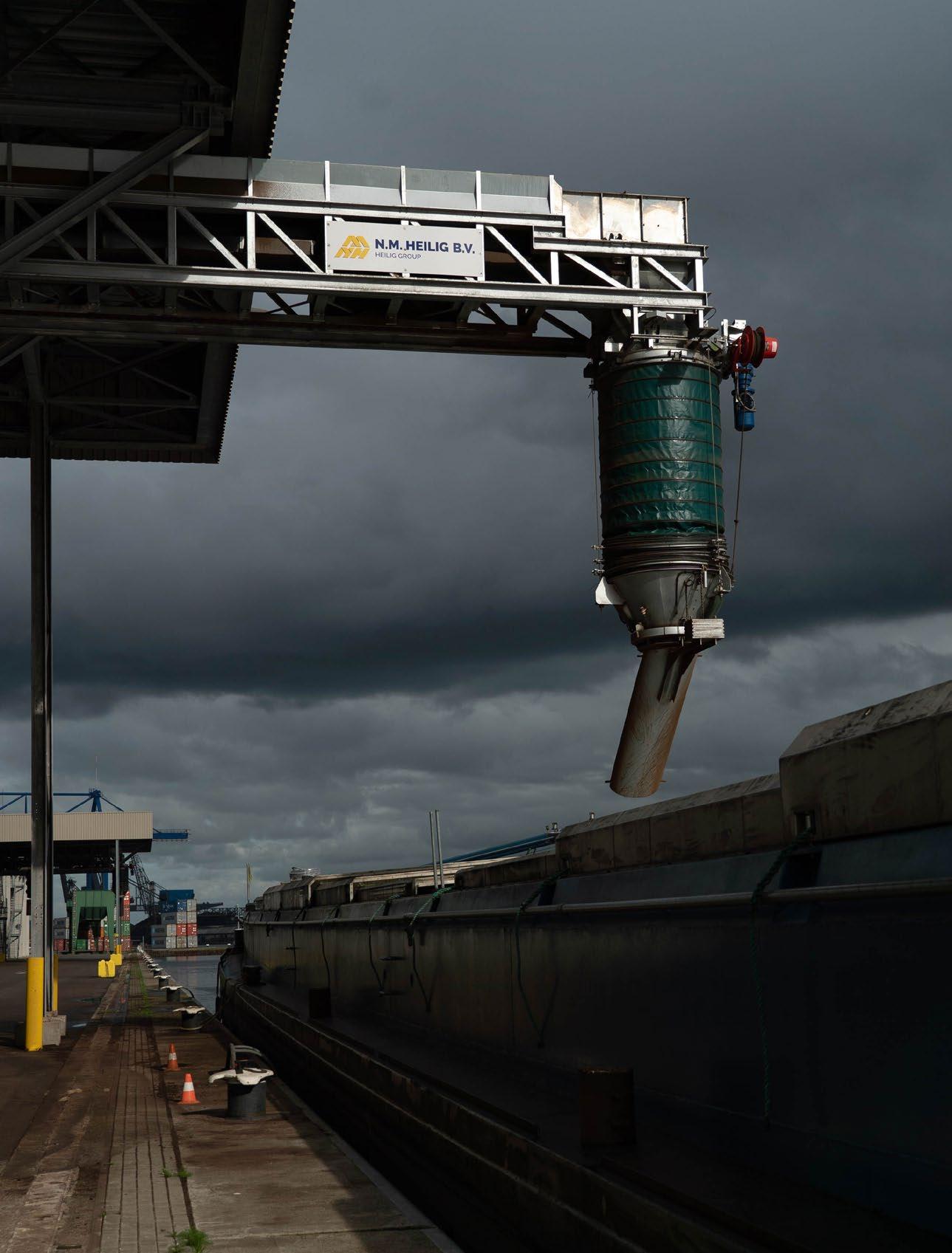
26 BULK TERMINALS international | SUMMER 2023
NM
IN
HEILIG DELIVERED TWO SHIP AND TRUCK LOADING SYSTEMS TO KATOEN NATIE,
AMSTERDAM
FLEXIBLE LOADING SYSTEM
Katoen Natie needed a reliable and flexible loading system to distribute cacao to the processing facilities. NM Heilig BV delivered two systems with a load capacity of 250t/hour / 500m3/hour of bulk material for each line.
To be flexible, as there’s always a lot of activity in a bulk terminal, NM Heilig BV delivered two conveyor belts with a length of 140m, hanging in a corridor leaving headroom of approximately 6.5m.
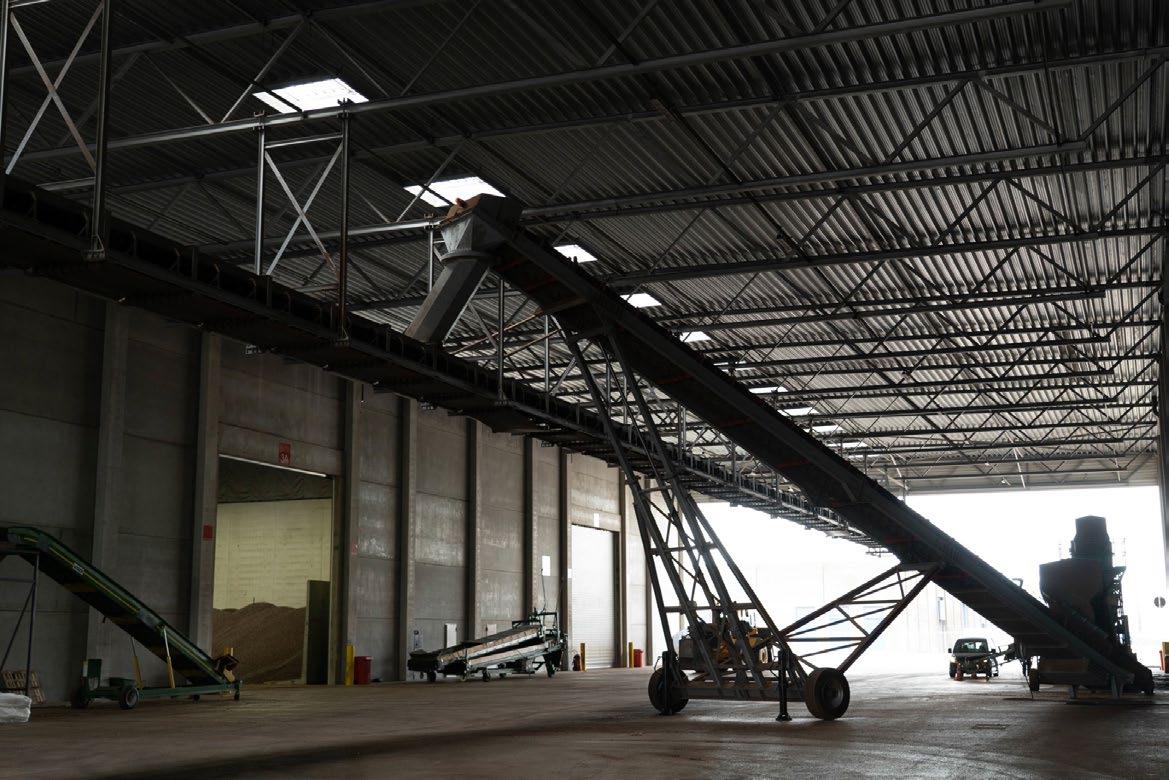
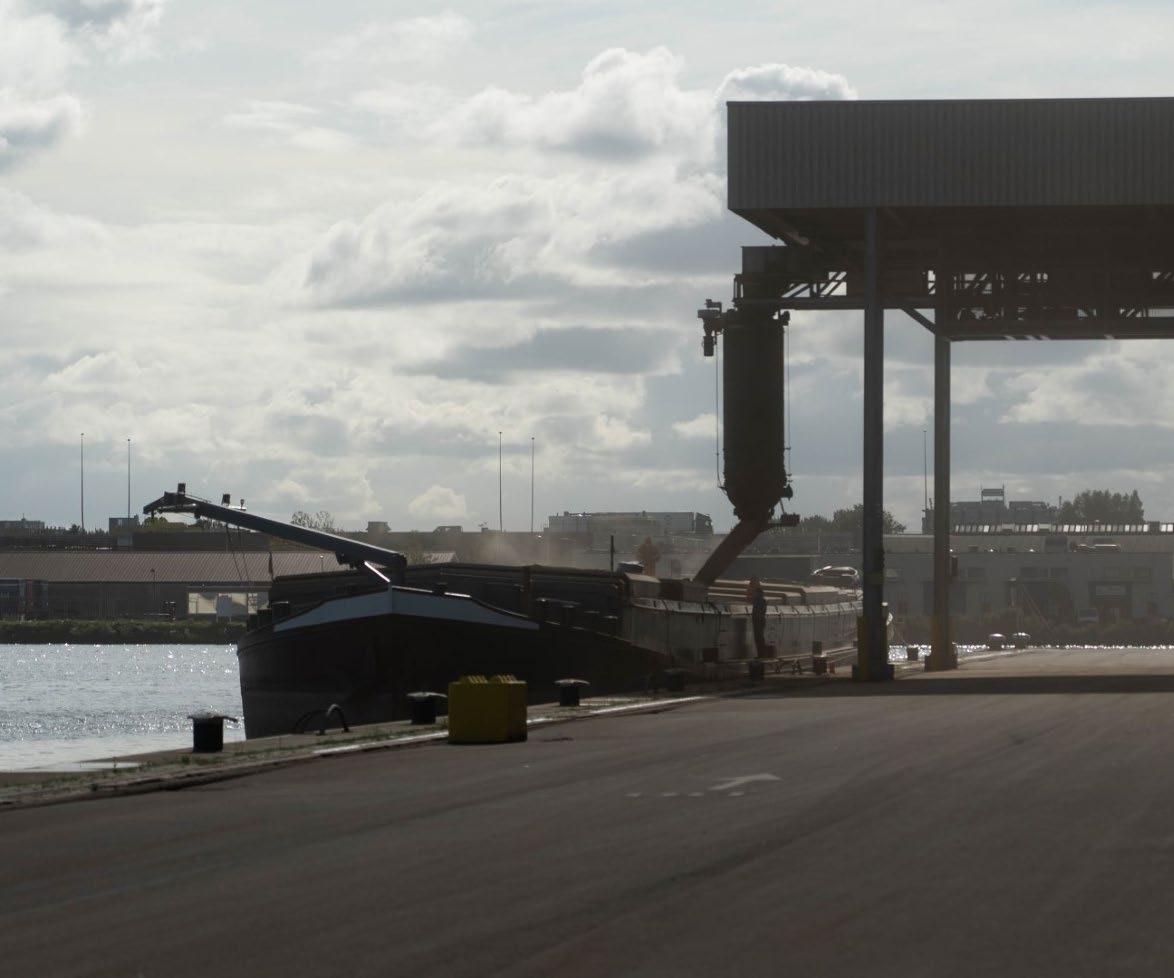
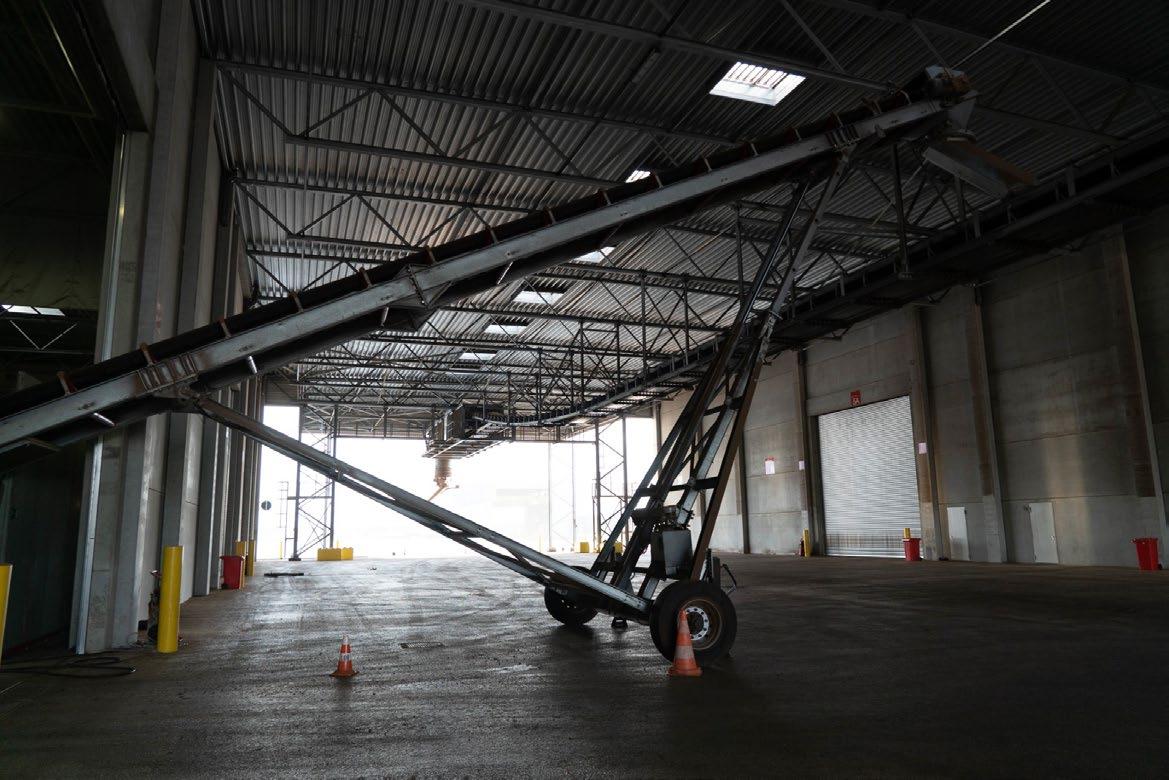
At the head section of the line, the conveyor belt is extendable to load (inland) ships up to a width of approximately 11m in its extended condition. Additionally, in its retracted position, trucks can be loaded. This gives Katoen Natie optimal and flexible use of the installation, now and in the future.
Each storage hall needed to be accessible without any additions to the conveyor belt. Therefore, each individual line has the possibility to be filled in over the entire length of the conveyor belt. NM Heilig BV delivered two of these mobile conveyor belts to enable the loading conveyor to be fed from each place. In addition, each system is hydraulically adjustable so that the mobile conveyor can be lowered in case it needs to be moved.
SMOOTH DELIVERY PROCESs
NM Heilig BV provides innovative solutions to projects that require creativity and ability to adapt to the circumstances. During the second phase of this particular project, the bulk terminal started its operations, so it was essential to be flexible, efficient and effective right from the start. The total lead time from order to completion was just six months.
For more information, contact:
NM Heilig BV
Newtonstraat 17
1704 SB
Heerhugowaard
The Netherlands
Tel: +31 (0)72 5716688
Email: info@heiligbv.com heiligbv.com

27 BULK TERMINALS international | SUMMER 2023
THE TOTAL LEAD TIME FROM ORDER TO COMPLETION WAS JUST SIX MONTHS
DOING THE HEAVY LIFTING
As well as efficient systems to load and unload cargo, ships also need to take into consideration passenger and crew safety, with robust and reliable winching systems required for life rafts and lifeboats
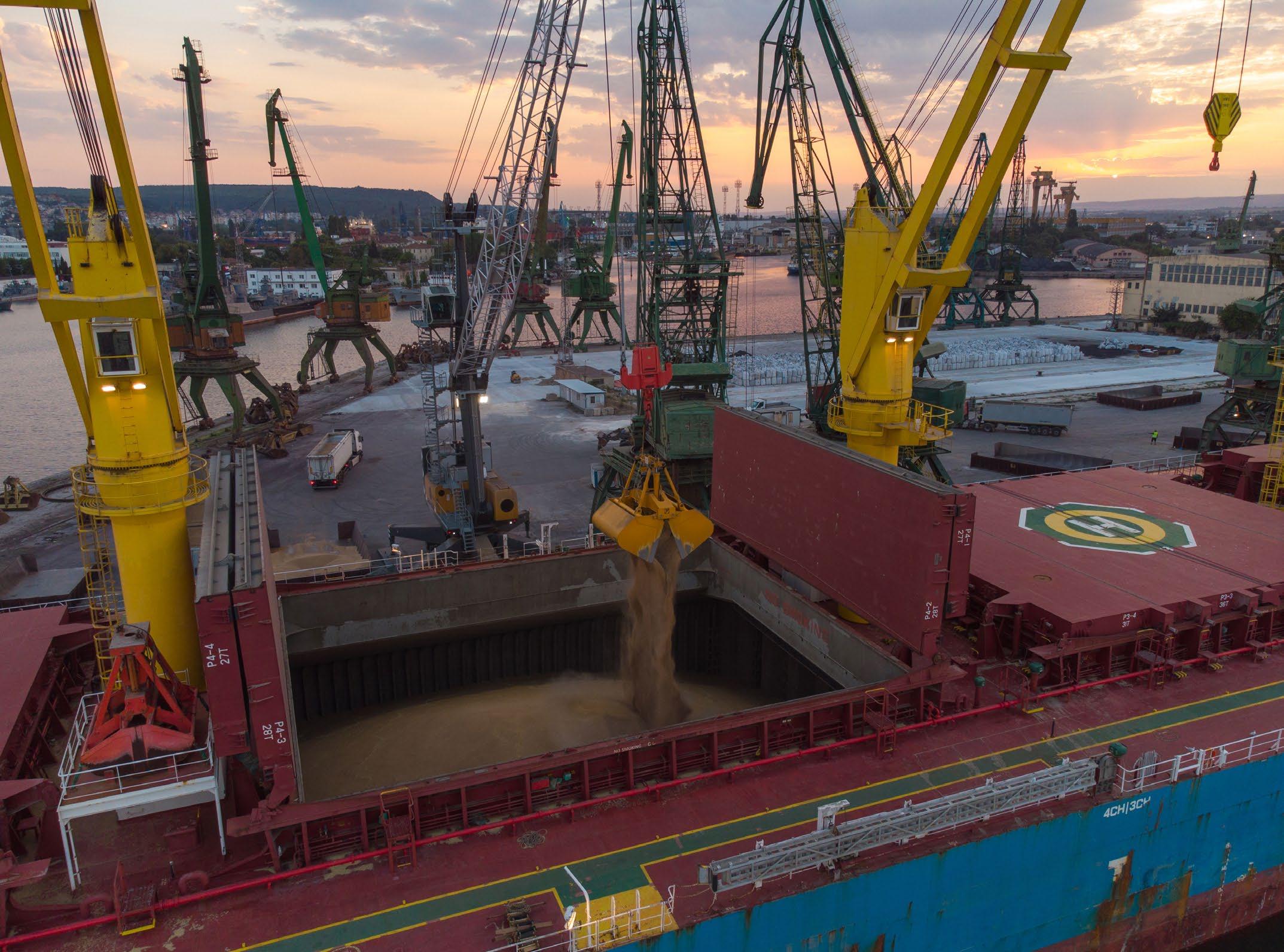
28 BULK TERMINALS international | SUMMER 2023 ship loading and unloading
ship loading and unloading
Winches play a crucial role in ensuring ship passenger safety in the maritime industry. Responsible for lowering and lifting lifeboats and life rafts to and from the water surface, winches must be reliable, repeatable and easy-to-use.
Technidrive, a bespoke integrated automation systems provider, recently tackled a challenge posed by Survitec, the world’s largest manufacturer and supplier of life rafts, Marine Evacuation Systems (MES) and offshore rental PPE, to create a winch solution for its life rafts.
Winches for life rafts must be designed with the challenges of maritime operation in mind. Life rafts can be heavy and therefore winches must be engineered to handle the precise load during launch and recovery.
There’s also the question of safety. As critical safety equipment, the winch system must be designed to operate reliably in various weather conditions – including on rough seas. Similarly, it must be designed to perform well in saltwater and corrosive atmospheres. Controlled speed and efficiency are also important factors. During emergencies, time is of the essence and winches are relied upon for quick deployment and retrieval of life rafts. Should a winch fail during an emergency, there are lives at stake.
There are also space limitations to consider. Many ships have limited space for the installation of winches, therefore designing a winch requires a delicate balance of providing sufficient power and ergonomic functionality.
As a leading life raft producer for rafts stored on cruise ships, ferries and oil rigs, Survitec approached Technidrive, a specialist systems integrator for integrated drive systems, with a specific brief. It required a winch capable of meeting all the typical challenges of this equipment, but the winch system also needed to be easy to integrate and provide a competitively priced solution. This was particularly important for the ferry segment of
Survitec’s buyers, who operate on a particularly narrow margin.
“We immediately recognised that to successfully meet this challenge –and maintain the cost effectiveness the client required – we needed to develop a manual powered winch with the ability to add a service tool for assisted hoisting,” explains Jonathan Johnston, project system solution engineer at Technidrive.
“While removing the electrical element may seem like a backward step, this decision actually provided the winch with additional safety measures. Without an electric motor, there was no chance of electrical failure.”
The lowering of the rafts is then done completely by gravity with the speed controlled via a centrifugal brake.
As an alternative to a motor, Technidrive incorporated a spring clutch mechanism to control the speed of descent. The team designed a plate to attach to the winch, enabling manual lifting using commonly available tools such as spanners, ratchets, or combi-drills. The entire development process, from concept to prototype, was meticulously documented using 3D design software.
“By utilising our 3D printer, we were able to seamlessly translate CAD drawings into physical prototypes, allowing us to efficiently iterate and test various designs before committing to the final product,” says Johnston. “This streamlined process significantly reduced the time and cost associated with traditional manufacturing methods while providing us with tangible models for evaluation and refinement.”
The design was manufactured and tested on Technidrive’s in-house test rig, which replicates real-world conditions to ensure the winch’s reliability and safety.
The development process presented its fair share of challenges. One notable hurdle was ensuring safety when adding and removing the tool for raising and lowering the load.
“We discovered through testing that the operator could be at risk of injury

29 BULK TERMINALS international | SUMMER 2023
ship loading and unloading
if the load was not securely fastened prior to removal of the raising tool,” says Johnston. “Based on the test result, we actioned a safety guard to the input of the winch to prevent any accidental contact with moving parts and ensure the protection of personnel and surrounding equipment.”
”When you come away from a CAD drawing everything looks perfect. Then you go into development and there are teething problems that crop up,” explains Johnston. “Developing a solution like this requires analytical thinking and innovative solutions.
“This is where Technidrive’s team of engineers really come into their own. Our team’s technical knowledge, paired with our in-house test rig that mimics the conditions of the product in its future environment, means we can overcome these challenges and develop an expertly engineered solution.”
The implementation of Technidrive’s bespoke winch solution resulted in numerous benefits for Survitec. First, the affordability of the solution offered a significant cost advantage over existing options, allowing the company to remain competitive in a challenging market. Second, the simplified design eliminated the reliance on electrical components, enhancing the winch’s reliability and reducing the risk of malfunctions.
The manual power option also provided ease of maintenance and eliminated potential downtime associated with sourcing and replacing electrical motors. This painstaking task can take anywhere from weeks to months depending on the remoteness of the marine vessel. Instead, a single trip to any DIY store would offer replacement parts such as a ratchet and a spanner.
In addition, the company found the winches aided its sustainability and cost-efficiency objectives. By removing the electric motor and relying on manual power, the solution reduced energy consumption and minimised the company’s carbon footprint.
Furthermore, the absence of electrical components removed the
need for electrical infrastructure and reduced dependence on external power, making it a greener and more versatile choice.
While this example demonstrates Technidrive’s winch solutions for the marine sector, these systems have potential for broader applications in industries, including quarrying and agriculture – all sectors in which ease of maintenance, affordability and sustainability are vital.
SAMSON Eco Hopper
One Samson Eco Hopper type EH60 has been tested successfully and put into operation in China. Thanks to the environmentally friendly design and the installed filter systems, it makes an important contribution to the reduction of dust emissions during ship loading and unloading processes.
The internal screen of the chute is constructed so that the dust filter elements are isolated from the main flow of material, and the filter operation
is optimised. The design follows sustainability principles. It reduces the air flow to a minimum so that the filter surface and electricity consumption can also be lowered. Close to the hood there is a system for the reduction of the turbulence, which is often caused by side winds. The hopper is reinforced, which in turn gives optimised stability to the entire unit.
Eco Hoppers from Samson Materials Handling are suitable for operation in ports and terminals to handle bulk materials with almost any characteristics and flow properties.
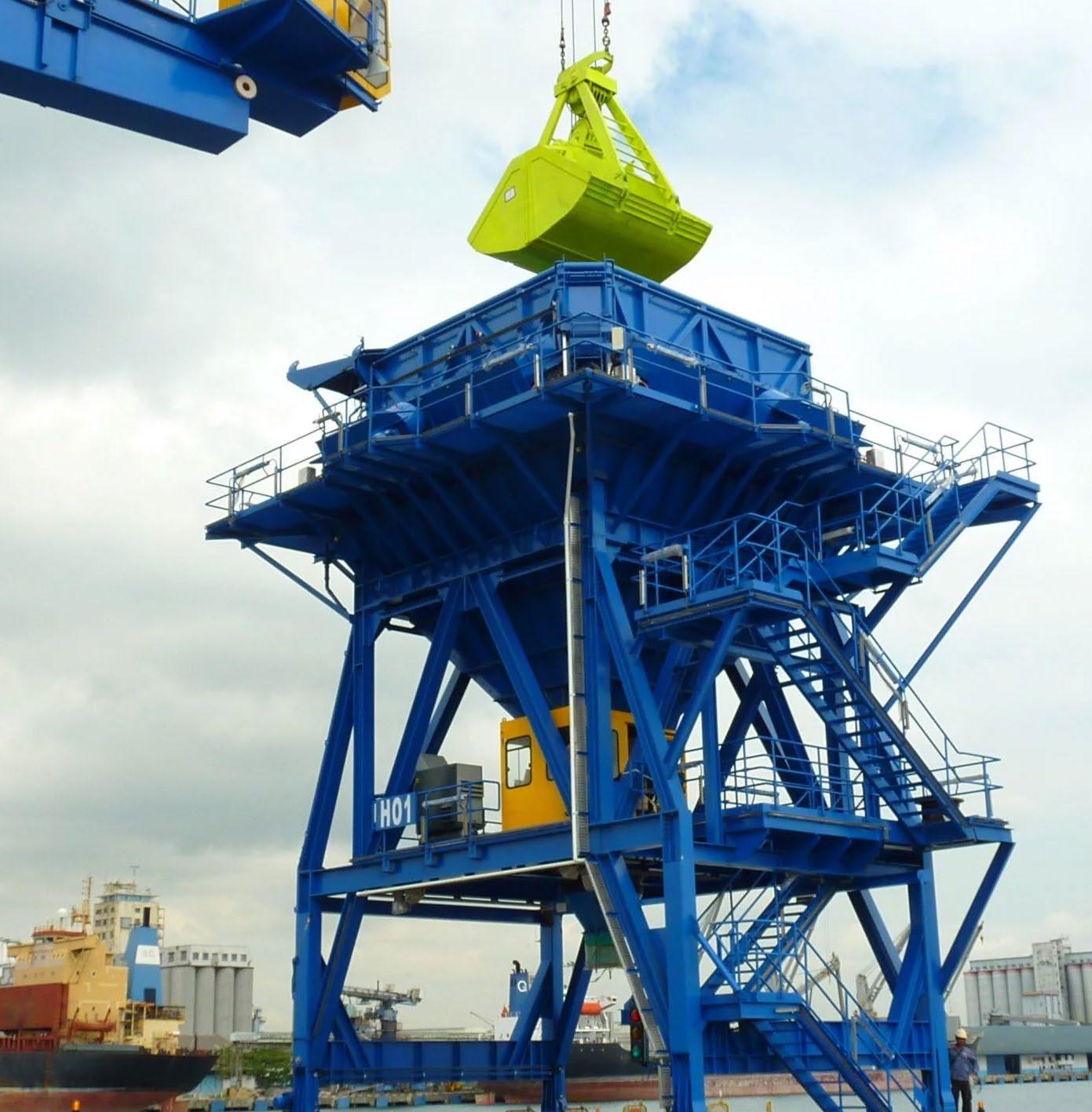
Gang Gong, managing director of Aumund China, says: “The customer is very satisfied with the Eco Hopper unit and is interested in taking our working relationship to the next level.”
Approximately 13m tonnes of goods pass through the inland river port each year at Dagang Port of Zhen Jiang, where the Yangtze and the Grand Canal meet, creating a major shipping hub in China.
30 BULK TERMINALS international | SUMMER 2023
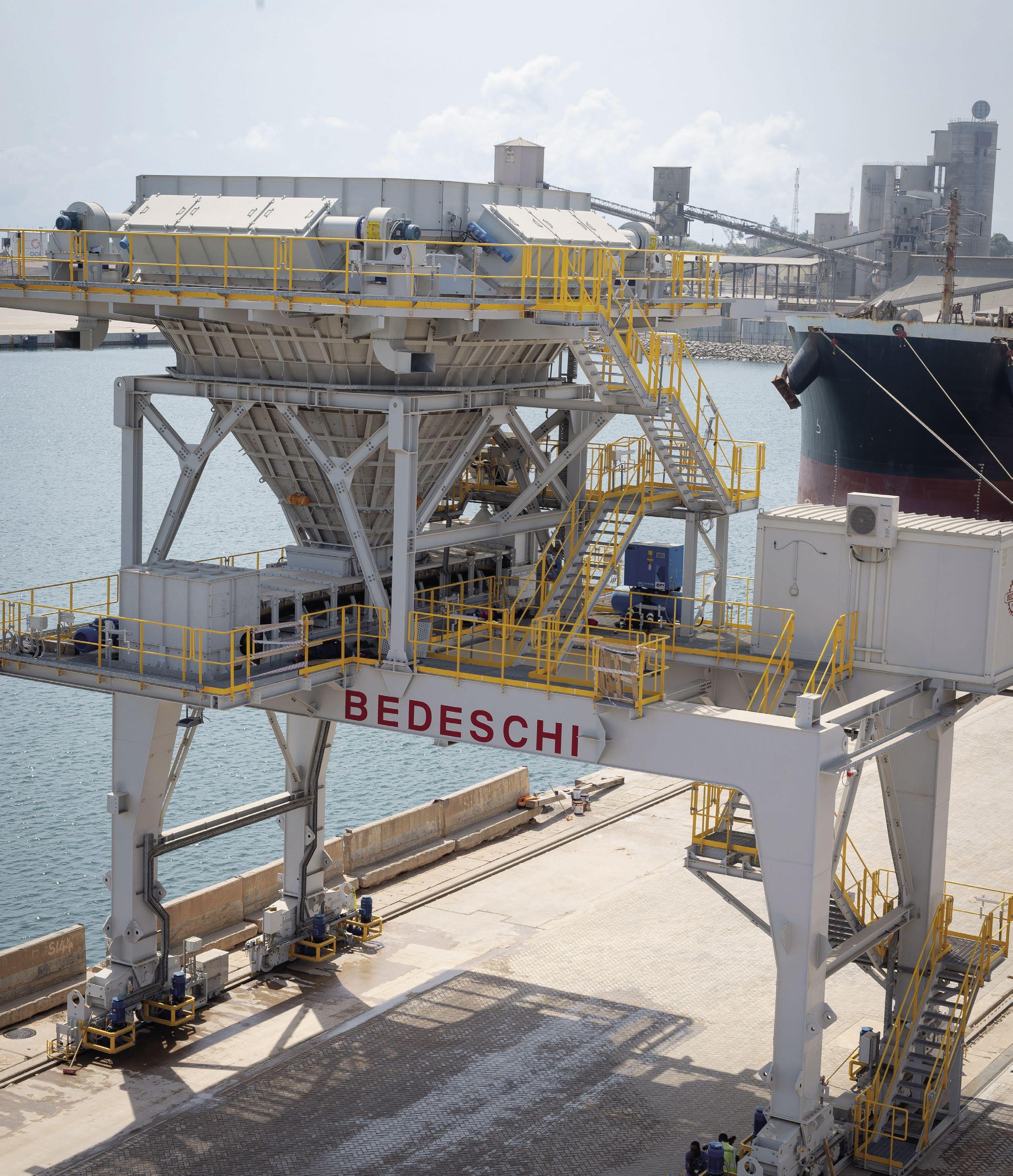
TOP OF THE CROPS
UK ports have been ramping up their grain facilities during the past year to improve the quality and quantity of grain storage at a time when market conditions have been challenging
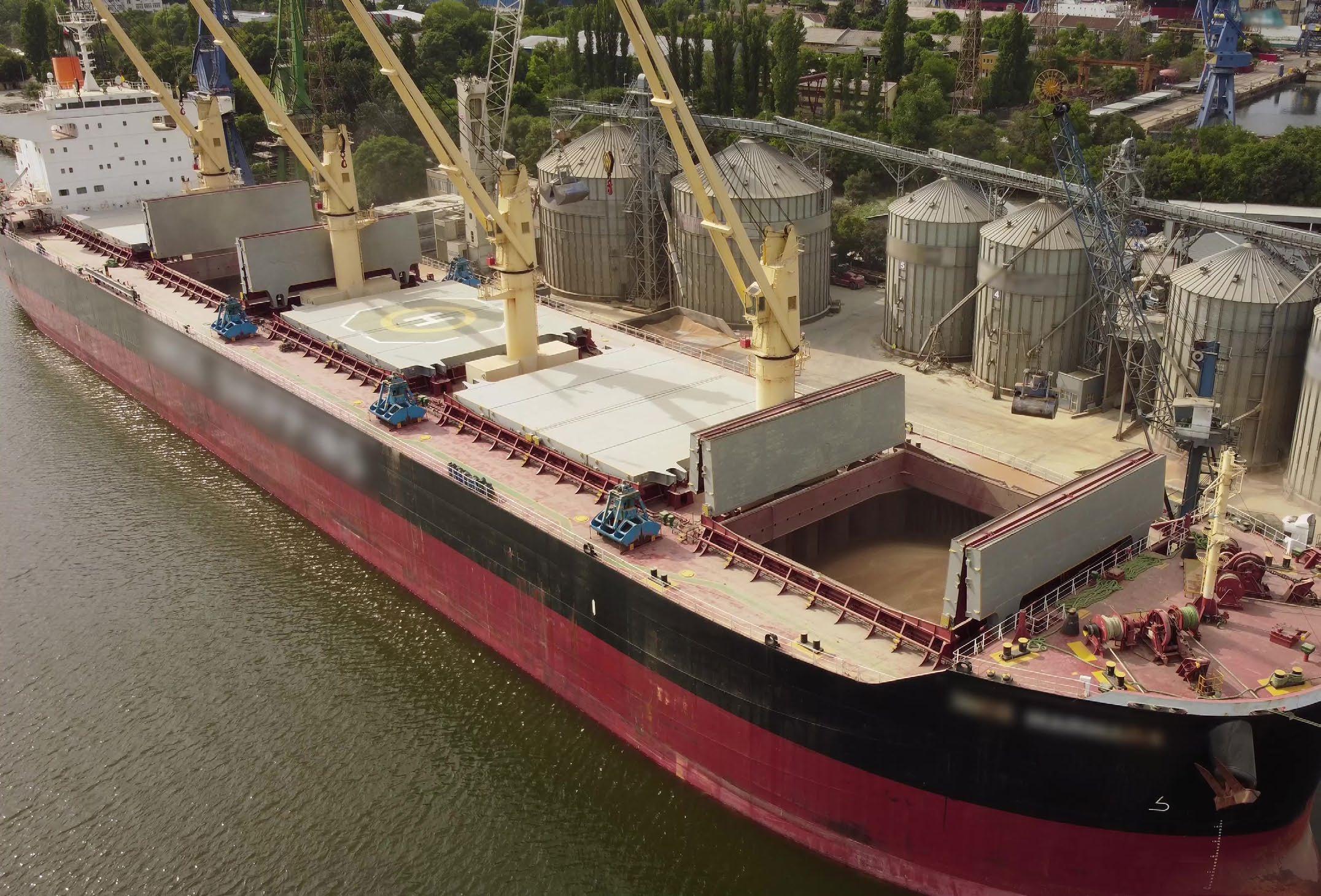
32 BULK TERMINALS international | SUMMER 2023 grain
The Port of Tilbury’s Grain Terminal has reached an important construction milestone with the completion of the concrete slip form for the new silo, which will add a further 34,000 tonnes of automated storage at the busy Thames-based terminal.
Once the mechanical and electrical fitting is complete, the new concrete silo is expected to be fully operational in January 2024, bringing a combined total storage on site to 134,000 tonnes, underpinning the grain terminal as the UK’s largest import and export grainhandling facility.
The new concrete silo will be in addition to the 10 steel silos and flat store with a combined storage capacity of 34,000 tonnes, which became operational in September 2022. These steel silos are filled with a 650 tonneper-hour transfer conveyor system, which also serves the automated filling system for the 14,000 tonne flat store. The transfer conveyor also delivers grain directly from the terminal to two adjacent customer flour mill sites.
The concrete silo rebuild has been undertaken following a fire in 2020.
Peter Ward, commercial director at the Port of Tilbury says: “We are making great progress towards the complete reconstruction of our busy grain terminal. Once the new concrete silo is operational, the grain terminal will be back to full capacity on one site.
“Over the past two years, our team has worked hard to ensure that our customers have not experienced any service interruption and we are extremely proud of the high level of service that we have provided for this important industry.
“As the UK’s largest grain facility, we are an essential part of the UK agricultural supply chain for imports and exports.”
The Tilbury grain terminal has been in operation for more than 50 years and is a key strategic facility in the southeast of the UK for the grain import and export markets, handling more than two million tonnes of product from around the world.
The terminal also operates a monthly coastal shipping service from Tilbury to its sister port in Kirkcaldy, Scotland for Carr’s Milling.
Immingham advance
Grain handling at the Port of Immingham, north Lincolnshire, is increasing thanks to the new opportunities presented by investment from owner Associated British Ports (ABP).
Two metal plate bunds that can be set up on any quay on any surface, have been installed. They can also be sanitised between vessel discharges, meaning grain for human consumption can be handled. Operations take place using the new Liebherr 420 mobile harbour cranes, which means faster and more time efficient handling.
Simon Bird, regional director of the Humber ports, says: “This is a costeffective method of ensuring we can load on to any quay in inner dock. It’s a developed and proven capability for
operations to receive and load human consumption grains, which is part of our key competitiveness.”
“ABP is keen to support our customers and we’re delighted that one of the first to use the new grain handling facility is Viterra, one of the UK’s leading grain marketers. The Humber is a key player in the market and our continued investment into infrastructure and equipment maintains our agility and resilience.”
Globally, Viterra is a world-leading agriculture network, active in 37 countries worldwide, marketing more than 100m metric tonnes of agricultural commodities per year. The company renewed its relationship with ABP Humber in April 2022 with the opening of a new 35,000m storage facility located on the ABP Humber International Terminal. This is complemented by additional storage within ABP’s Bulk Park facility located within the Port of Immingham.
Speaking of the investment, Viterra UK managing director James Maw says: “These combined investments provide the necessary storage for Viterra’s expanding import and export business, serving farmers and processors throughout central and eastern England,”
“The panamax berth capability, combined with the excellent road network around Immingham, will further add to the range and quality of services that Viterra provides to its customers.”
The Port of Immingham is the largest port in the UK by volume of tonnage. It plays an important role in supporting UK supply chains for both imports and exports across Europe and beyond. The inner dock can take cargo vessels between 4,000 and 27,500 tonnes.
The Port of Immingham’s grain handling facility is open to deep water vessels and can operate around the clock. There is a weighbridge close to the berths and access points for sampling the cargo adjacent to the quays.
33 BULK TERMINALS international | SUMMER 2023
We are making great progress towards the complete reconstruction of our busy grain terminal. Once the new concrete silo is operational, the grain terminal will be back to full capacity on one site
grain
BEDESCHI: AN ECOFRIENDLY APPROACH
22 April was World Earth Day, a day to raise awareness on the need to invest in our planet and improve our environment.
Concrete is the most widely used material in the world, second only to water. But, while the cement market is continuously growing due to the increasing demand for infrastructures, roads and buildings, its carbon footprint, too, is growing.
Cement is the source of about 8% of the world’s CO2 emissions. This is why this April the European Parliament adopted a set of proposals designed to reduce carbon emissions from heavy industries in the EU. Achieving these emission reductions in the next decade is crucial for Europe to become the world’s first climate-neutral continent by 2050 and to make the European Green Deal a reality.
Bedeschi is committed to helping its customers lower CO2 emissions and respect environmental standards by offering ecofriendly solutions.
Its R&D department is constantly working to improve the capability of its systems, focusing on environmental protection, energy efficiency, investments in ecofriendly and innovative equipment and pollution prevention.
These are the most effective solutions implemented and installed in 2023 by the company:
Shiploader
The long-standing co-operation between Bedeschi and Medcem Cement continues. In the past month, the company has been awarded the supply of four pipe conveyors and one shiploader to handle clinker and cement.
The supply is part of the new expansion project at Yesilovacik Terminal in Turkey, which will involve the extension of the port’s current dock and the installation of the new Bedeschi machines.
Shiploader SHL 26/1400 will handle cement and clinker at a capacity of 1,350 t/h while the 4 lines of pipe conveyors will have a total length of 1km with a capacity of 1,000t/h for cement and 1,350t/h for clinker.
Eco-hopper
For Takoradi Port in Ghana, Bedeschi supplied 3km of belt conveyors, two shiploaders and one eco-hopper, boosting the production and revolutionising the management of the whole terminal. Bedeschi’s eco-hopper is an economical and flexible
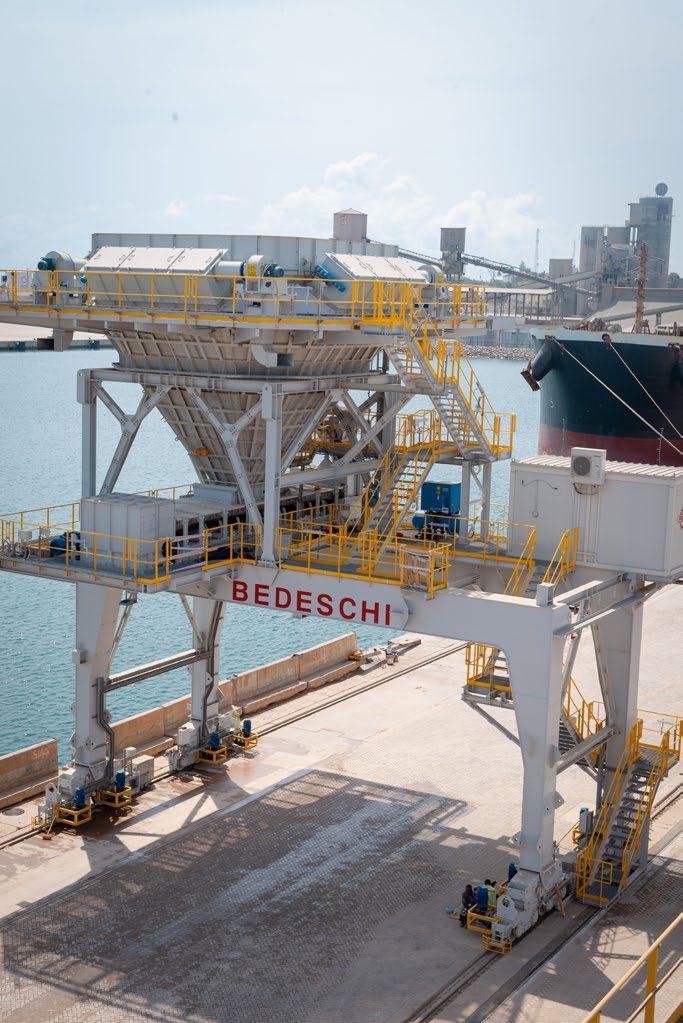
solution, able to satisfy the highest environmental standards, thanks to its ability to minimise dust pollution, ensuring maximum efficiency during the grab discharge cycle.
The movable eco-hopper supplied to Takoradi Port runs on rails and is designed for unloading clinker, manganese and bauxite directly to trucks at a rate of 600t/h. The project involves state-of-theart equipment in terms of environmental standards: the dust collection and
34 BULK TERMINALS international | SUMMER 2023
COMPANY NEWS
de-dusting system have been specifically designed for this application in order to match the client requests and the strict environmental conditions requested.
The jet filters for dust collection are positioned in the upper part of hopper and along all the sides: this allows the system to minimise dust emission and comply with the environmental regulations. Equipped with bag filters, this type of system is suitable exclusively for clinker handling, due to the high-performance handling of this type of material.
The upper part of the filter is used for the collection of clean gas and includes the bag arrangement plates – with holes for bag fixing (tube sheet) – and the blowpipes for bag cleaning. It may be installed directly on the top part of the conveyor chute.
The dust suppression system based on dry fog is applicable only for manganese ore and bauxite. This system uses highpressure nebulised water to create a dry fog and suppress the dust in the transfer points using pressurised water. The ramps generate a curtain of micro droplets of water that capture the dust, making it precipitate. The ramps are preferably positioned at the points of fall of the material.
Pipe Conveyor
The SECIL Group has awarded Bedeschi with a contract to supply a new pipe conveyor to handle different kinds of alternative fuels at the Outão Cement Plant in Portugal. This project further strengthens the co-operation started with SECIL more than 20 years ago and it is part of the major R&D Clean Cement Line Project, which aims to develop and demonstrate a new cement production technology.
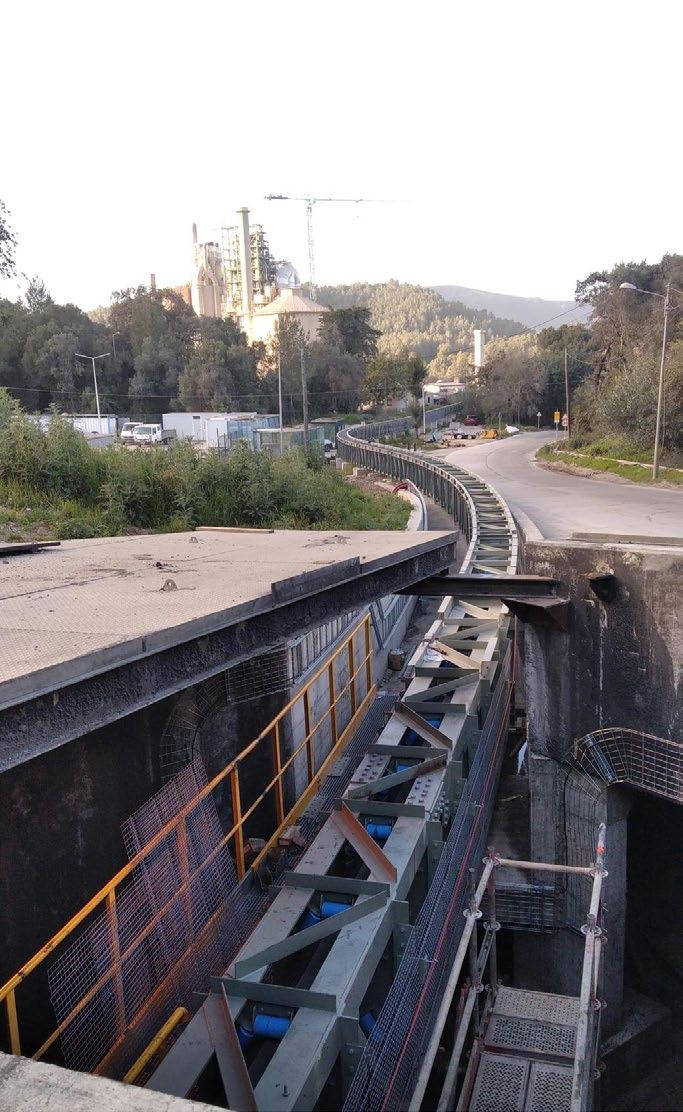
The CCL project aims to bring the Outão cement plant to the forefront of energy efficiency and the lowest CO2 emissions among European cement producers. The project is partly funded by the Portugal 2020 government incentives program, and it aims to develop a new concept of
cement production. Bedeschi’s supply to SECIL Group will contribute to eliminating dependence on fossil fuels. The concept of Industry 4.0 will become essential for the plant’s management for improving efficiency and optimising the processes, therefore a digitalised system will be integrated into the whole plant.
The pipe conveyor has a diameter of 250mm and conveying length of 350m and will enable safe and clean transportation of alternative fuels at a rate of 300m3/h. It has been designed with vertical curves to follow the ground profile and overtake obstacles and with horizontal curves to fit with the layout constraints without intermediate transfer points.
The belt forms a closed tubular section both in the carrying and return path; the conveyed material is protected from wind and rain all along the route.
Stacker and reclaimer
Bedeschi is supplying two apron feeders, two crusher units, one stacker, one reclaimer and one pipe conveyor to the primary and secondary crushing area of the new LehighMitchell cement plant in Indiana, US,
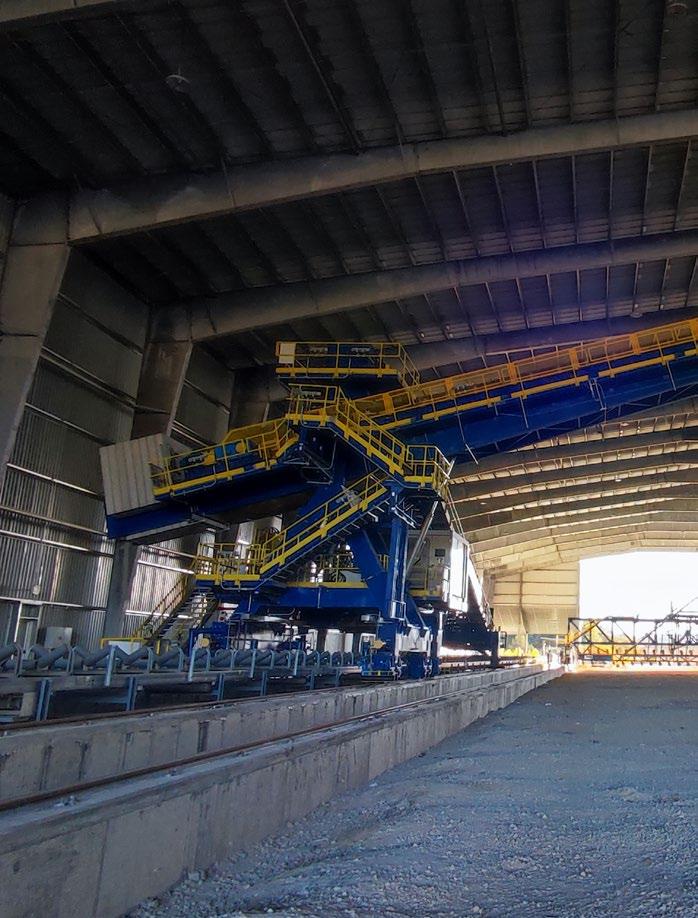
replacing the existing machines. The new Lehigh-Mitchell cement plant will be completely renewed to increase its productivity and comply with the highest environmental standards.
The new production capacity will be four times the amount of cement produced by the old facility and will be state-of-the-art when it comes to environmental standards. In fact, Heidelberg Materials’ global commitment is to decrease the amount of CO2 emissions by 2030 and to achieve carbonneutral concrete by 2050.
A sustainable feature the new facility has is the ability to use 100% natural gas, which will reduce CO2 in clinker production by 25-30 %. When completed, the LehighMitchell cement plant will be one of the highest producing and most efficient cement plants in North America.
Together with the supply of the apron feeders, the company is also finalising the installation inside the plant of two crusher units, one stacker, one reclaimer and one pipe conveyor. Both stacker and reclaimer are installed inside a longitudinal storage area. The stacker handles limestone at a capacity of 1,200t/h, while the reclaimer has a capacity of 650t/h.
For more information, visit: bedeschi.com
35 BULK TERMINALS international | SUMMER 2023
HIGH-TECH HELP
Using technology in a proactive way can drastically reduce costs and improve efficiency. Safety for those operating in the bulk trades can also be substantially increased
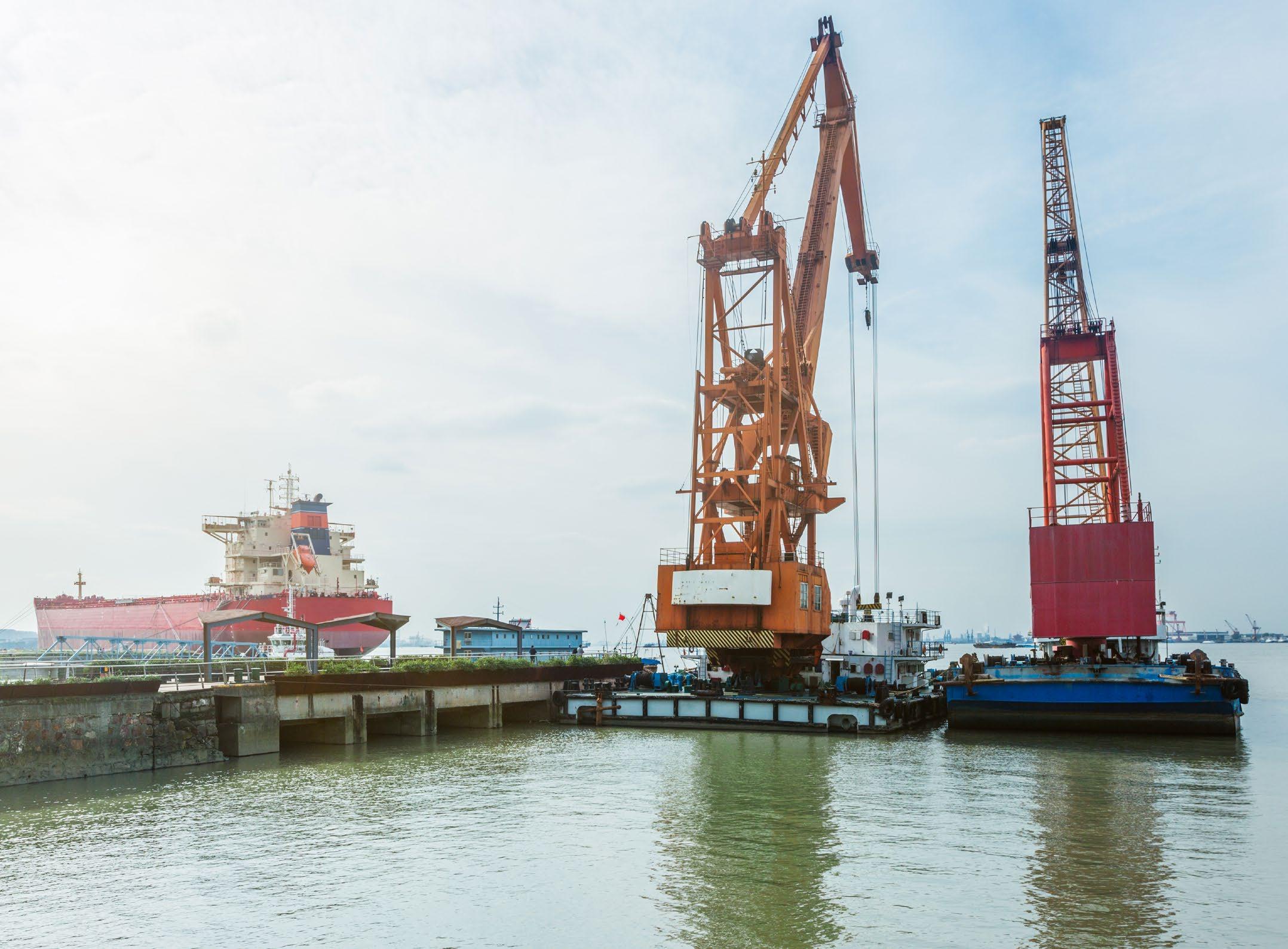
36 BULK TERMINALS international | SUMMER 2023 loading technology
Keeping transported breakbulk cargo safe is the purpose of the International Maritime Organization’s (IMO) Code of Safe Practice for Cargo Stowage and Securing (CSS Code). But its rules apply to the most adverse seaways and are therefore unnecessarily strict for calmer sea regions, according to classification society DNV. It highlights an app to be launched soon that ensures cargo safety while reducing the cost of seafastening.
Developed by DNV, the new, easyto-use online app will enable operators to design the seafastening of breakbulk cargo based on the specific route and the season. The ‘Route Specific Cargo Stowage’ app calculates the accelerations the cargo will be exposed to along the given route and considers the season of the year the transport should take place. This data can then be used to determine precisely the required lashing and cargo-securing measures.
“Conventional applications tend to be complex and are intended for engineers,” says Jan Rüde, ship type expert MPV – hull structure and outfitting at DNV Maritime. “For the future, we wanted to provide a solution that can be used by the shipping companies’ cargo planners without requiring major engineering
loading technology
expertise – a solution that delivers answers on the spot.”
As DNV explains: “Every breakbulk item carried on board requires individual seafastening using chains, cables, loaddistribution and support frames, grillage, load spreaders, and so on. As the ship moves in the waves, its cargo is exposed to strong acceleration and deceleration forces that must be factored in when determining where and how each item should be stowed. Improperly secured cargo can break loose, endangering the crew, other cargo and the ship itself, or be lost at sea.
“Therefore, proper seafastening is of vital interest to all stakeholders, from the cargo owner to the shipping company, and through to the insurers.”
The general procedure for determining the seafastening measures for specific breakbulk cargo is based on the IMO’s CSS Code. However, the CSS Code assumes adverse wind and wave conditions. Furthermore, as a general standard it cannot account for any ship-specific characteristics such as seakeeping behaviour. This means that the values resulting from CSS Codebased seafastening calculations tend to be quite conservative, limiting the ship operator’s flexibility in stowing cargo and optimising space utilisation when
travelling through other sea regions.
“The CSS Code calculation method produces load acceleration and deceleration figures that are unreasonably high for many other routes, especially during milder seasons,” says Rüde. “They lead to excessive seafastening measures that cause unnecessary costs and time delays.”
Breakbulk cargo requires careful seafastening to safeguard against the strong acceleration forces caused by wind and waves.
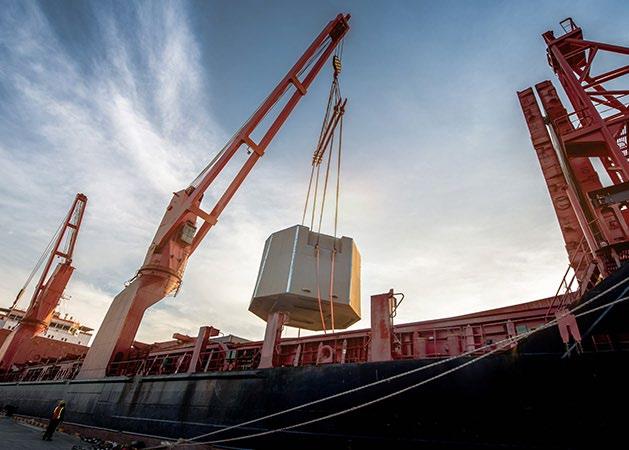
To get more realistic values for routes exposed to less severe sea conditions, the new DNV app will account for both the hull lines of the individual vessel and the wind and wave conditions along the intended route during the relevant season.
“What will really set this app apart,” explains Rüde, “is that users have to enter the ship-specific data only once for each vessel. The server-based software runs a series of general calculations for the ship and stores the results in DNV’s cloud, where they can be accessed by the app from any location and at any time. The same set of data can also be used for all sister ships of a vessel that have identical hull lines.”
These initial calculations define a series of draught, trim and stability cases for the vessel and how it will move in specific wave conditions. When planning for a transport project, all the cargo planner has to do is invoke the vessel record in the app, select the departure and destination ports and – if desired –the season, and enter four values into a simple online form: draught, trim, speed and metacentric height (GM). The system returns the applicable acceleration values at different locations of the ship in a matter of seconds.
The identified route between the two ports is displayed as a line on a map. To adjust the route, the user can simply drag the line elsewhere as desired, for example, to include an additional waypoint or exclude a certain sea region. Clicking the ‘Calculate’ button will make the software display the individual sea regions along the route as geometric ‘tiles’..Each tile represents a set of
37 BULK TERMINALS international | SUMMER 2023
loading technology
regional wave statistics for every month of the year.
If a date has been entered for the journey, the app will also determine how much time the ship will spend in each of these cells during the relevant season. It then generates a set of tables listing the acceleration values in metres per second for each direction of acceleration (vertical, lateral or longitudinal) per each section of the ship, from aft to bow and from top to bottom.
The output in the familiar CSS Code format reflects both the standard acceleration values according to the CSS Code as well as the reduced acceleration for the planned route and season. In addition, it specifies the resulting reduction of the acceleration value compared to the CSS standard value.
For greater flexibility in choosing the stowage location on board, users can optionally enter the cargo item’s centre
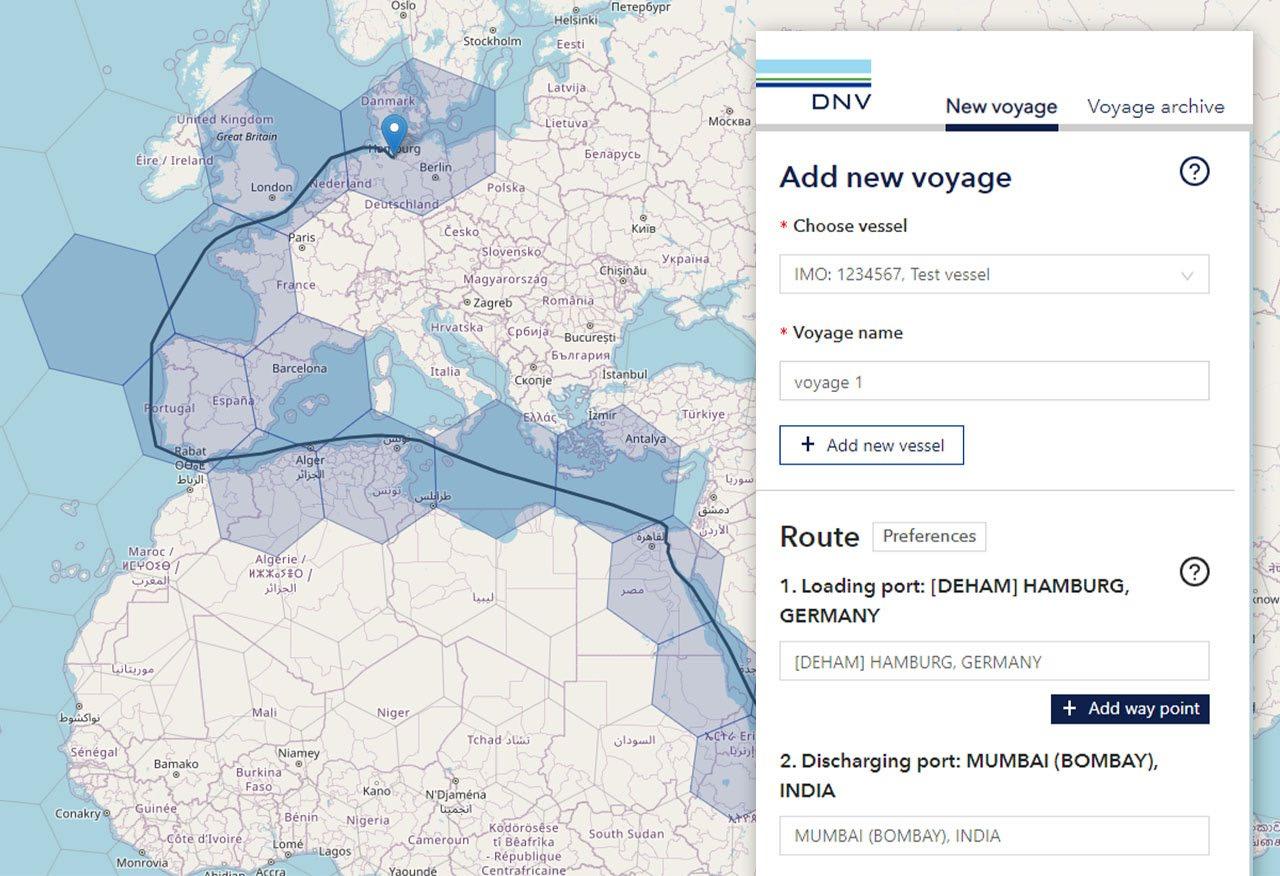
of gravity at the intended stowage position on the ship to obtain the precise acceleration values for that point. What is more, a maximum permissible acceleration value at a certain point can be defined to protect especially sensitive cargo for which the manufacturer has specified a maximum load. The app will then return the maximum wave height for the journey which must not be exceeded.
“Cargo owners want optimum protection for their cargo, so any deviation from the strict CSS Code must be justified by the shipping company,” explains Rüde. “The Route Specific Cargo Stowage app provides a printable reporting feature detailing the seafastening acceleration calculations for approval by the cargo owner. The reasoning behind the calculation method is described in an appendix to the report, which bears the DNV
logo – key factors to ensure credibility and acceptability.”
Once the ship data has been uploaded, the simplicity of the app makes it easy to try out various cargo placement options in theory and recalculate the acceleration values on the fly. As a consequence, the available space on and below deck can be utilised more efficiently to minimise fuel consumption, carbon emissions and the costs per tonne of cargo carried.
To verify the cost-saving benefits of the app, DNV analysed three sample voyages together with a customer using data from three different vessels and for selected cargo items.
In the best-case scenario, the acceleration values on the chosen route were nearly cut in half compared to the CSS Code calculation.
“Depending on the given conditions, shipping companies could save up to
38 BULK TERMINALS international | SUMMER 2023
DNV’S ROUTE SPECIFIC CARGO STOWAGE APP
THE
PLOTS
ROUTE AND DETERMINES THE WIND AND WAVE FORCES EXPECTED ALONG THE WAY
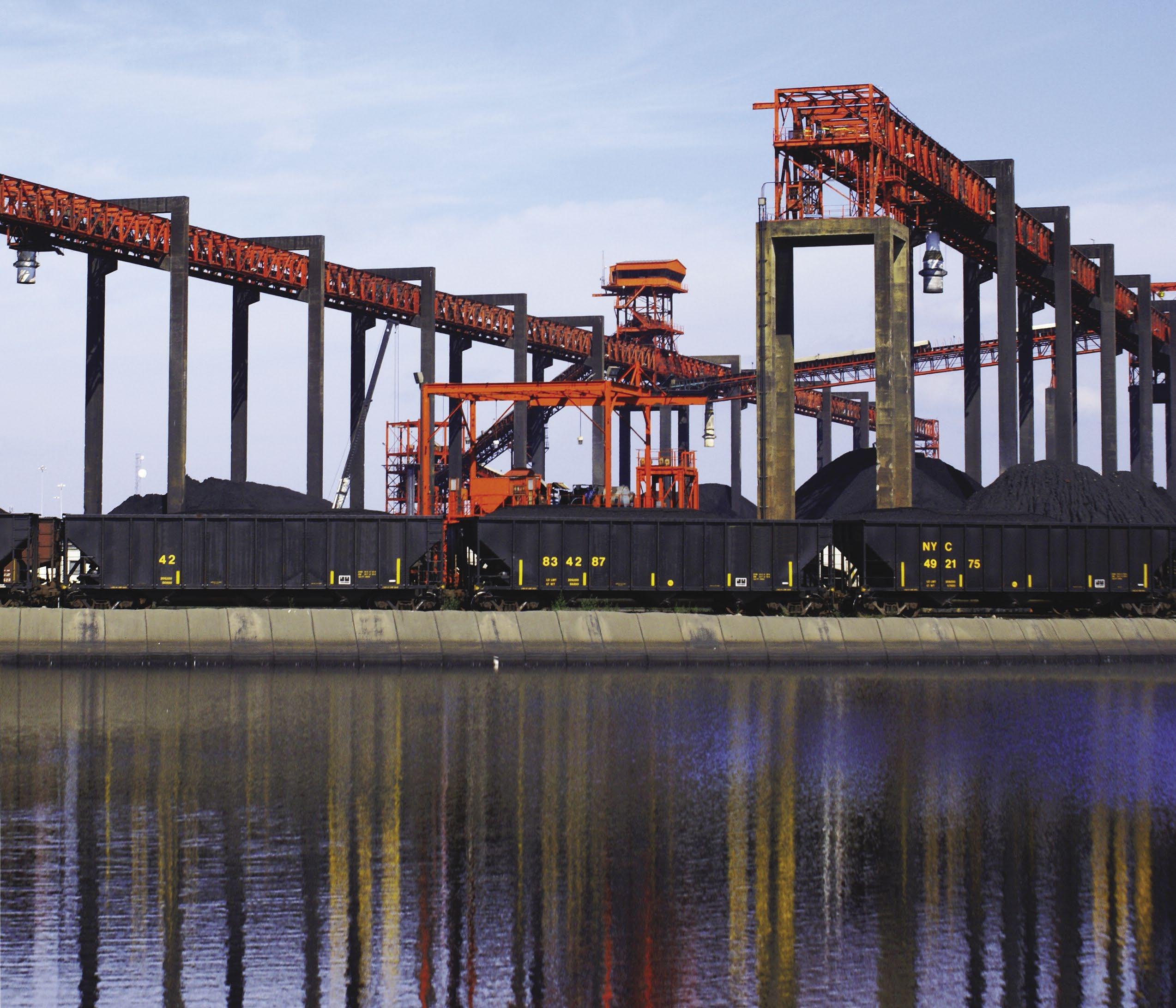

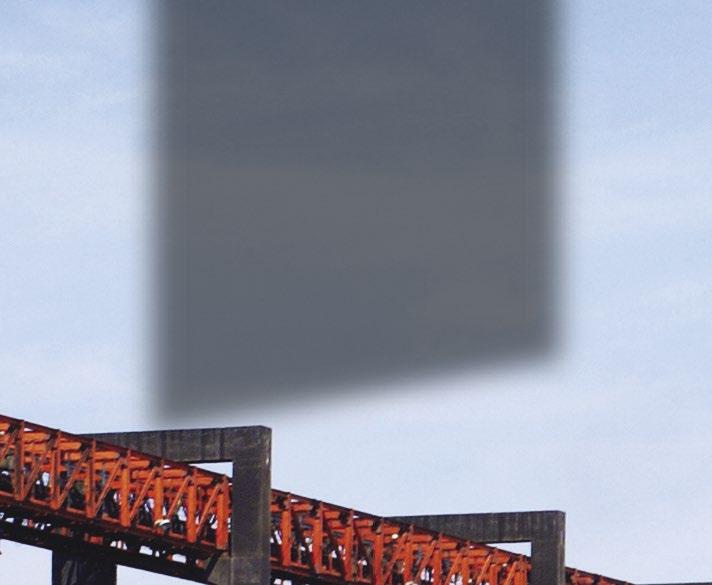
™ ™
loading technology
$10,000 per trip or more, and between $100,000 and $150,000 per vessel per year,” reports Rüde. “And this figure does not even include the added benefit of being able to carry additional payload by making better use of the available cargo space on board. The results this app delivers speak for themselves.”
finnlines links with napa
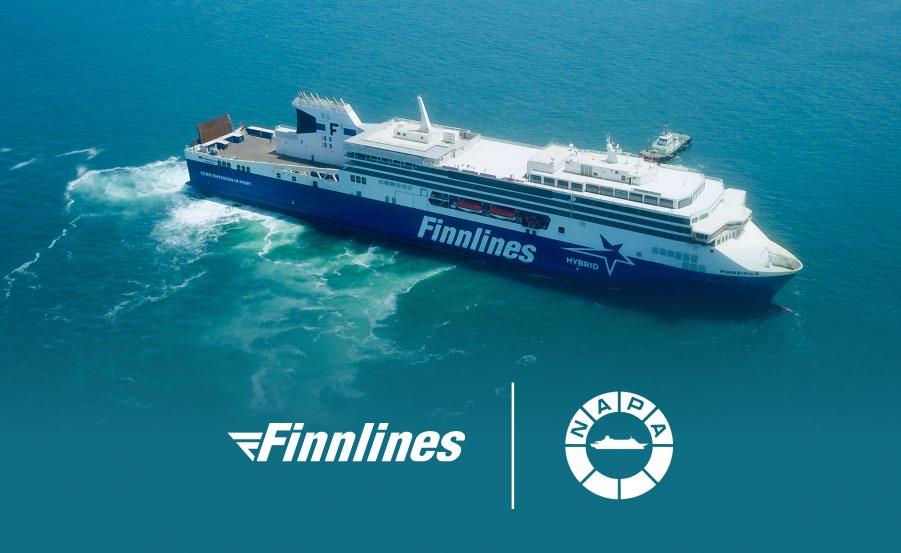
Ro-pax operator Finnlines has announced an agreement with software and data services company NAPA to install NAPA’s electronic reporting, fleet monitoring and stability management solutions on two newbuild Superstarclass ro-pax vessels.
The two highly sophisticated ro-pax vessels, which will use several energysaving technologies, will operate between Finland and Sweden.
NAPA’s next-generation digital solutions will harness the detailed, traceable data in the ships’ logs on all aspects of operations, and use it to generate valuable insights on safety, efficiency, compliance, and sustainability
for the sister vessels Finnsirius and Finncanopus – thanks to enhanced data capturing and sharing between onboard and shoreside teams.
Under the agreement, the two ships will be equipped with NAPA’s electronic logbooks, which will automate and streamline mandatory reporting and record-keeping required by the flag state and the International Maritime Organization’s (IMO) MARPOL and SOLAS conventions. This will help reduce the administrative burden for crews, save time and limit the risk of errors.
The Finnsirius and Finncanopus will be the first ships under the Finnish flag to boast the new NAPA logbook with cloud-based fleet intelligence modules, which enable seamless real-time data exchange between crew on board and Finnlines’ onshore organisation.
This operational data will be integrated and analysed to identify opportunities for further optimisation, supporting Finnlines’ commitment to sustainable and efficient operations.
Furthermore, the two vessels will
feature NAPA’s stability management solution, which is already used by the current Finnlines fleet. The software enables ship and shoreside teams to share and view all stability data, including loading conditions, stability margins, and watertight door status, in real time, thereby supporting a more proactive approach to voyage safety and planning.
Built by the China Merchants Jinling shipyard, the two Superstar class vessels present greater capacity compared to other ro-pax ships in the fleet, carrying up to 1,100 passengers each and 5,200 lane metres cargo, as well as enhanced energy efficiency and environmental performance.
Finnsirius is expected to be delivered this month and will enter operations in the autumn of 2023, while Finncanopus is scheduled to begin operations by the end of the year.
Pasi Väänänen, technical superintendent at Finnlines, says: “Our sea connections are a vital link between countries bordering the Baltic Sea and
40 BULK TERMINALS international | SUMMER 2023
loading technology
the North Sea, bringing people together and supporting businesses and supply chains in the region. We are dedicated to meeting this important need for maritime transport as efficiently, safely, and sustainably as possible.
“Proper data capturing and analysis onboard our vessels is an essential foundation for progress on all these aspects. We are proud to pursue our digital journey with NAPA, which will provide our teams with the data they need not only to ensure compliance, but also to further optimise our overall business operations moving forward.”
Esa Henttinen, executive vice president for safety solutions at NAPA, says: “More than reporting on results, greater data collection is also an opportunity to improve those results. By streamlining various reporting on technical, environmental, vessel discharge and waste management, including MARPOL, environmental, social and governance, IMO Data Collection System, EU Monitoring, Recording and Verification, and Carbon Intensity Indicator, we can monitor and boost efficiency on a wide range of operational factors, from fuel efficiency to waste management and safety, for example.
“This is why electronic reporting solutions are bound to play a key role in the decarbonisation transition, helping companies harness their data for better decision-making.”
technidrive challenge
Global sea freight is increasing rapidly. In 2020, the industry broke records having transported 1.85bn metric tons of cargo, compared to just 0.1bn in 1980. As seaborne trade continues to grow, the world’s ship loading industry is under increasing pressure to improve throughput and efficiency. Here’s how systems integrator, Technidrive, specified an electric drive package for a shiploading system from bulk handling expert, Telestack.
Shiploading and unloading plays a necessary role in the transportation of goods. However, the industry is facing several challenges including the rising cost of fuel, increasing competition and
the need for faster and more efficient loading systems.
Telestack was commissioned to provide two shiploaders for a major port in the Middle East. The shiploaders needed to be mobile and compact so that they could move along the quayside, while also being powerful enough to meet throughput objectives. Crucially, the loaders needed to be fast.
The goal was to enable the loader to take continuous loads of aggregates from dumping lorries, allowing a total loading throughput of 1,200 tons per hour per machine.
This particular project was for the loading of aggregates such as sand, gravel or crushed stone. With dry bulk like this, achieving such high volumes of loading requires a conveyor operating at high torque.
Telestack approached Technidrive, a systems integrator with specialist knowledge of industrial drive packages and automation, to specify the power system.
“A major challenge of this project was striking a balance between providing enough power to transport such a high volume of material, while also creating a system that was compact and mobile,” explains David Strain, technical director at Technidrive. “For this reason, we were meticulously detailed when making mechanical selections for the motors, gearboxes and variable speed drives (VSDs).”
A technical proposal was drafted to include VSDs and electric motors from WEG, plus planetary and bevel helical gear units from Bonfiglioli.
Technidrive’s engineers specified motors from the W22 line, a range of high efficiency three-phase motors from WEG. The W22 line is designed specifically for increased energy efficiency, reduced thermal footprint and boasts a flexible and modular design.
The motor was paired with WEG CFW11 frequency inverters and onboard programmable logic controllers to enable smart features for control.
A crucial element of the drive package was an automated VSD programme that could adjust the speed
of the conveyor with minimal operator input. To achieve the 1,200 tons per hour target, trucks needed to be able to reverse up to the loader, unload their material and immediately drive away for another truck to take its place.
This meant that full truckloads of aggregate would be deposited on to the loader at once, requiring higher torque to keep the belt moving.
“We used planetary technology and specific gearing selection to produce a very high torque whenever a full truck load was tipped in,” continues Strain. “Once that load started to decrease, our dedicated VSD program would automatically increase the speed of the motor to maximise the throughput for the power and torque available.”
Another critical consideration was the environment in which the shiploader would operate. Destined for operation in the Middle East, the equipment needed to be able to withstand high levels of humidity and exposure to dust and seawater.
Technidrive specified motors and gear units with an ingress protection (IP) rating IP66, a level that can protect against powerful water jets at a volume of 100 litres per hour.
“Following the technical specification and supply of 3D models, we also delivered the wiring schematics for the VSD control, and the pre-programmed PLC for the drives,” says Strain.
beumer buys hendrik
With the acquisition of the Hendrik Group, one of the leading companies for air-supported belt conveyors, Beumer Group is expanding its portfolio in the field of bulk material transport.
In particular, the handling of alternative fuels and raw materials confirms Beumer’s commitment towards sustainability and is at the same time fully complementary to the current technologies offering ensuring an even broader customer benefit.
The technology also generates additional potential in the field of bulk material handling of sensitive materials when it comes to preventing hazardous substances from being released into the environment.
41 BULK TERMINALS international | SUMMER 2023
MARTIN ENGINEERING: NEW HIGH-TORQUE ADJUSTABLE RAILCAR
Martin Engineering – a global innovator of bulk material handling technologies – has developed a new high-speed, high-torque railcar opener engineered to quickly open and close even the most stubborn gravity discharge gates.
Powered by a 3.8cm pneumatic impact tool capable of delivering up to 13,558Nm of torque, the Martin® Impacting Railcar Opener (IRCO) features a lifting mechanism that provides nearly 38cm of height adjustment. By repositioning the axles, the tool can be set up to accommodate capstan heights of 18.4 cm-56.4 cm or 26cm-64cm.
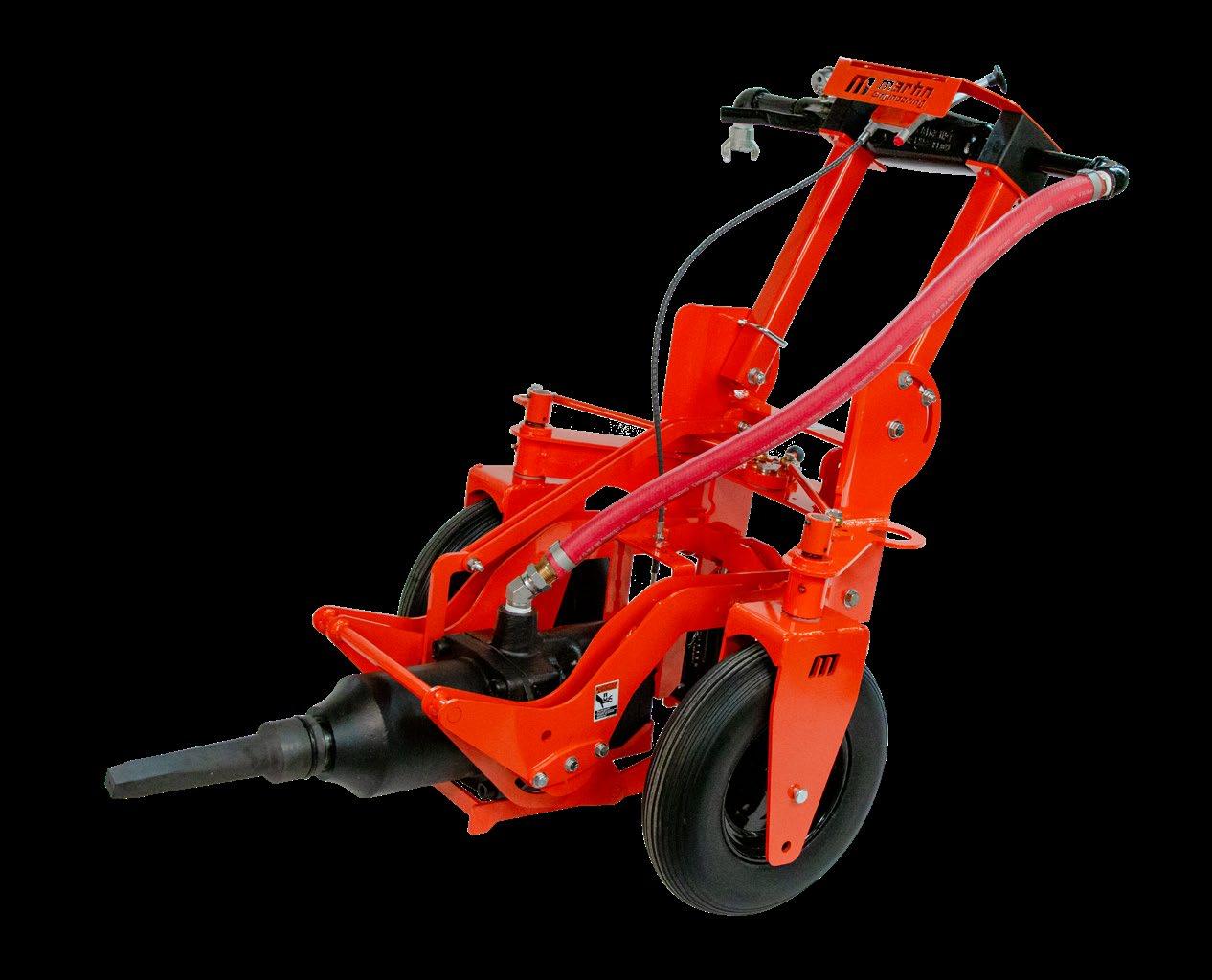
As a result, the capstan extension can be quickly and easily aligned (level and square) with the gate’s capstan, allowing the tool to apply maximum torque to the gate and reduce the chance of a misalignment that could cause stripping. Adjustable handle height and pivoting wheels contribute to an ergonomic, versatile design that can speed the unloading of unit trains with improved safety and efficiency.
“Cement terminals, grain handlers, glass manufacturers and other facilities use hopper railcars,” says railcar business
development manager Marty Yepsen. “This design can benefit virtually any location that relies on dependable opening and closing of hopper cars with horizontal gravity discharge gates.”
While shaving seconds off the opening/ closing time may seem a minor advantage
for bulk terminals, if that’s multiplied by hundreds of gates per day, the time adds up quickly. “The adjustable capstan height and manoeuvrability of this unit mean operators won’t have to struggle to get the alignment just right,”Yepsen continues. “They can use the foot pedals for quick, easy height changes.”
42 BULK TERMINALS international | SUMMER 2023
COMPANY NEWS THE
MARTIN® IMPACTING RAILCAR OPENER DELIVERS UP TO 13,558NM OF TORQUE © 2023 MARTIN ENGINEERING
The adjustable handle height also delivers a more ergonomic tool that helps reduce repetitive stress, and the improved operator experience contributes to greater safety and fewer potential injuries. Large, foam-filled tyres provide easy manoeuvrability on any surface, and users will never have to deal with a flat tyre. The wheels also pivot with the pull of a lever for lateral movement to accommodate travelling capstans.
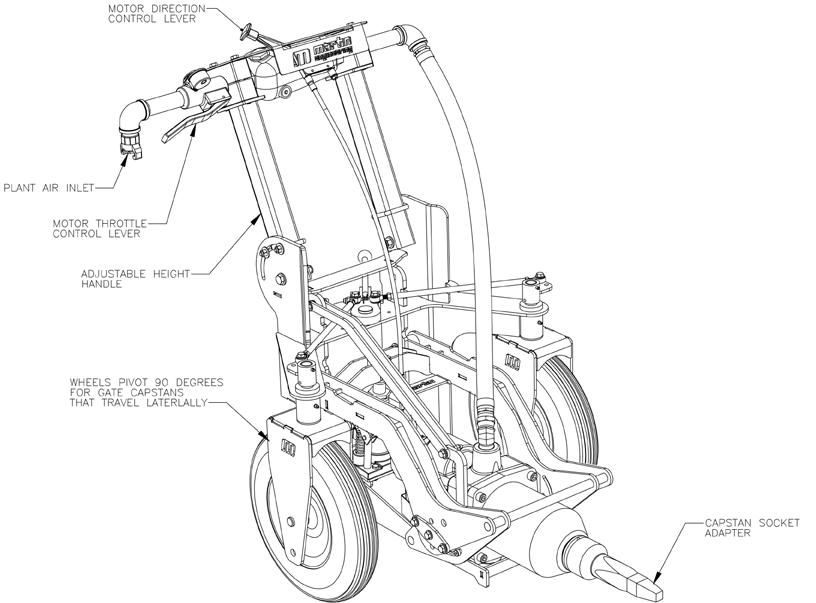
The new Impacting Railcar Opener was designed for durability and long life to maximise return on investment. “In some opener designs, failures are caused by the deterioration of the OEM grease over time, with no way to replace the lubricant short of disassembly,” says Yepsen. “Our design allows operators to add grease on a regular maintenance schedule to prolong the service life of internal wear parts and ultimately extend rebuild/ replacement intervals.”
Peak performance is realised using 6.2 Bar of compressed air at 0.061 m3/s or 61 L/s. An in-line lubricator is supplied with each unit.
Like all Martin products, the new railcar opener will be covered by Martin Engineering’s ‘Absolutely No Excuses’ guarantee. The company also offers a 14-day risk-free trial.
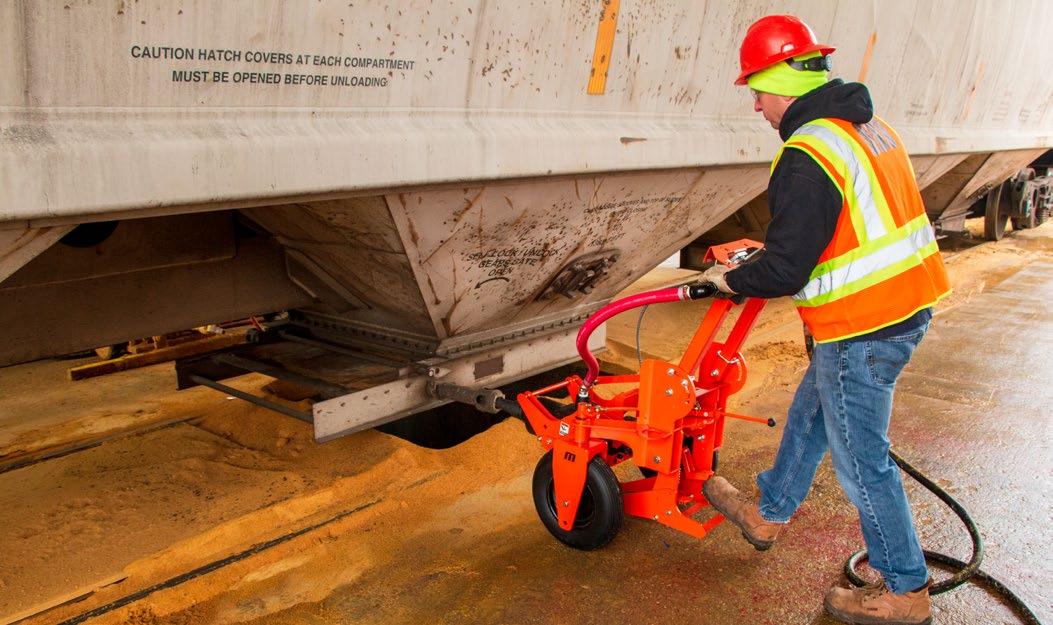
Martin Engineering has been a global innovator in the bulk material handling industry for more than 75 years, developing new solutions to common problems and participating in industry organisations to improve safety and productivity.
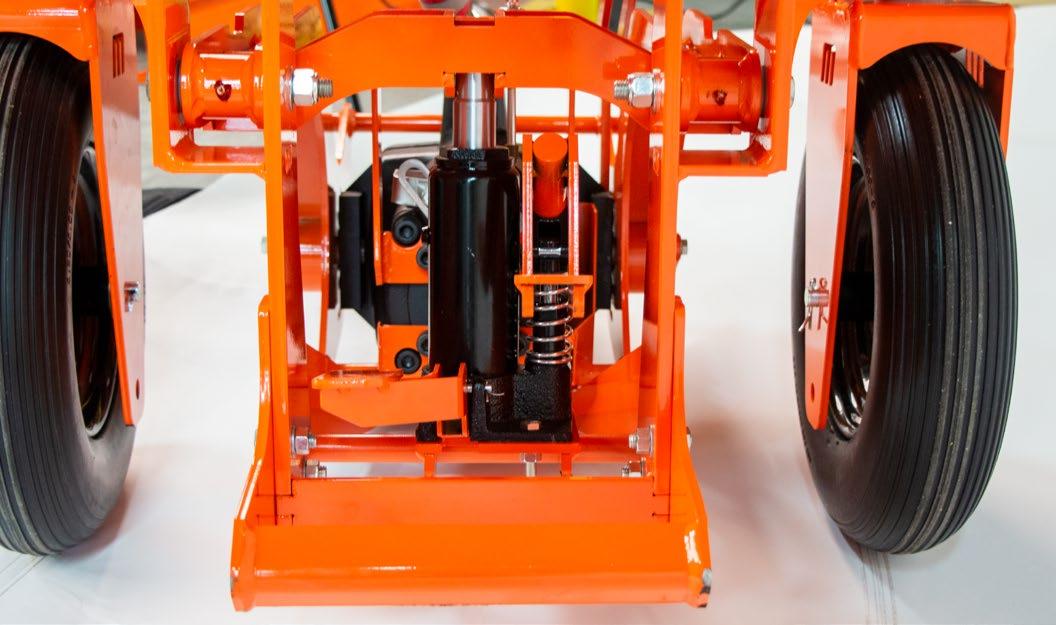
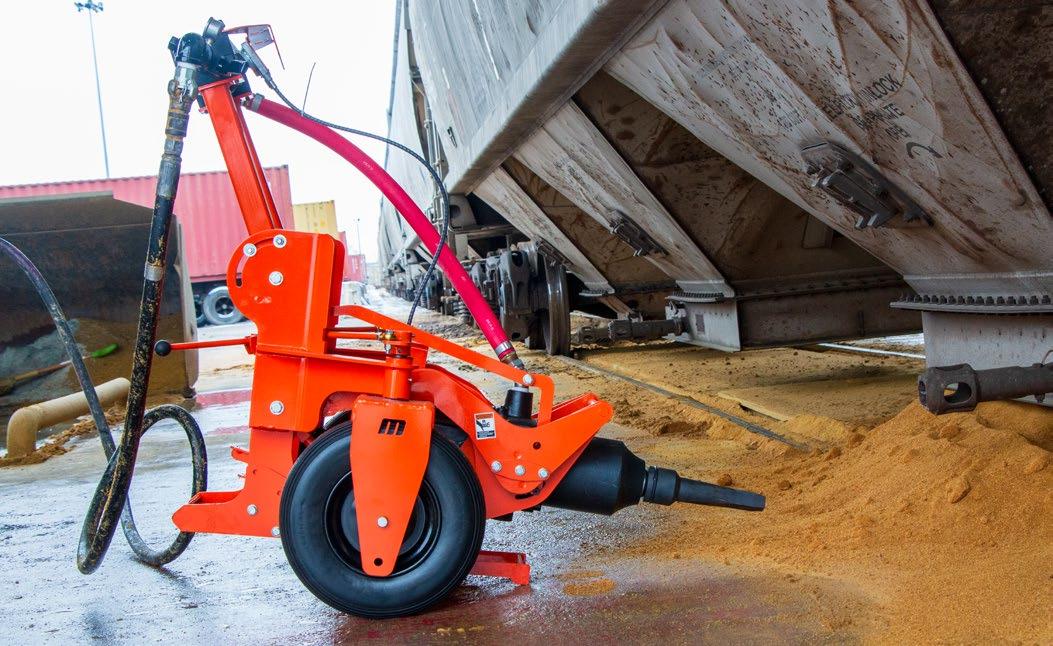
The company’s series of Foundations books is an internationally recognised resource for safety, maintenance and operations training – with more than 22,000 print copies in circulation around the world. The 500+ page reference books
are available in several languages and have been downloaded thousands of times around the world as free PDFs from the Martin website.
Martin Engineering products, sales, service and training are available from 17 factory-owned facilities worldwide, with wholly-owned business units in Australia, Brazil, China, Colombia, France, Germany, India, Indonesia, Italy, Malaysia, Mexico, Peru, Spain, South Africa, Turkey, the US and UK. The firm employs more than 1,000 people, approximately 400 of whom hold advanced degrees.
For more information, contact:
Tel: (800) 544-2947
Email: info@martin-eng.com martin-eng.com
43 BULK TERMINALS international | SUMMER 2023
THE NEW HIGH-TORQUE DESIGN QUICKLY OPENS OR CLOSES STUBBORN GRAVITY DISCHARGE GATES © 2023 MARTIN ENGINEERING
THE NEW RAILCAR OPENER FEATURES NEARLY 38CM OF CAPSTAN EXTENSION HEIGHT ADJUSTMENT © 2023 MARTIN ENGINEERING
CONVENIENT FOOT PEDALS ARE USED TO RAISE OR LOWER THE CAPSTAN EXTENSION © 2023 MARTIN ENGINEERING
THE DESIGN HAS ADJUSTABLE CAPSTAN EXTENSION HEIGHT AND HANDLE HEIGHT, AND PIVOTING WHEELS © 2023 MARTIN ENGINEERING
A CASE OF FALSE EXPECTATIONS
BY BASIL KARATZAS
The iron ore and dry bulk market haven’t been performing quite as well as hoped now the pandemic is a distant memory and China has reopened
Ever since promisingly peaking in October 2021, the capesize freight market (the largest dry bulk vessels of approximately 180,000dwt) has been failing to live up to expectations of a strong market.
The end of the covid-19 pandemic and the opening of China had been heralded as the beginning of a new era: artificially reduced demand for raw materials during the pandemic, mostly iron ore, supposed to give way to both re-stocking of depleted stockpiles and also increased core demand once China was up and running again.
The truth of the matter is that right about the end of the pandemic, the dry bulk market experienced a strong rebound across all sectors as trade resumed again. Grains and raw materials started moving again now that ports had opened, and piles needed to be re-stocked.
China took a bit longer than the rest of the world to open its borders, but once it did, one could almost hear the sound of relief in the markets, shipping and more.
For iron ore, the cost of shipment from Brazil to China went from single
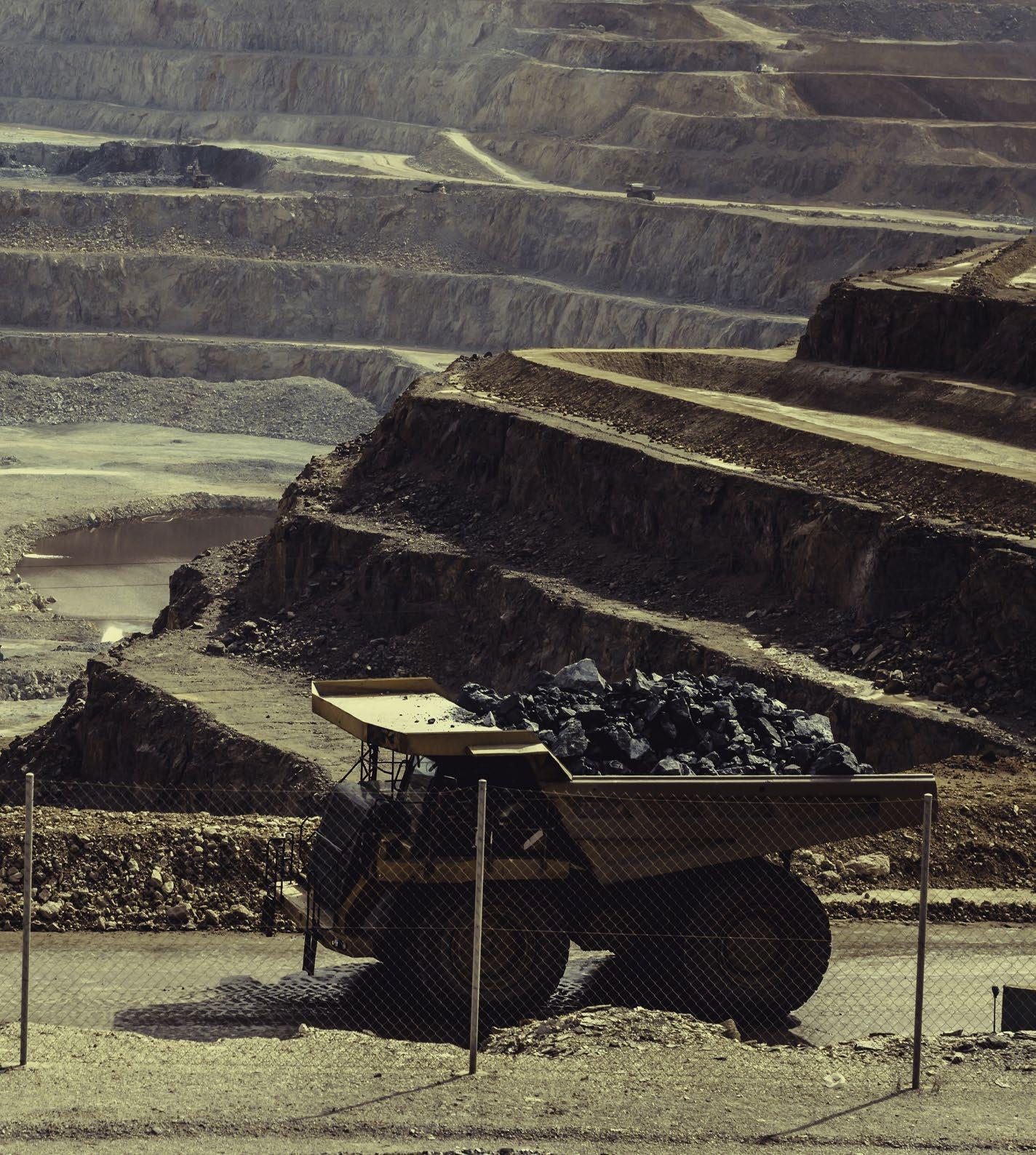
44 BULK TERMINALS international | SUMMER 2023
iron ore
digits to almost $50/ton in a year upon China opening up again, with a tantamount increase of charter rates exceeding $50,000 per diem.
The belief was that the dry bulk market was off to a strong market for a sustainable period of time. World economies were trying to make up for the lost time, trillion-dollar stimulus packages across the globe were still in effect, consumers loaded with money were spending again and the biggest beast of all, China, was slowly loosening pandemic regulations in a sudden U-turn.
Surprisingly, despite the very low interest rate environment, deliveries of new vessels and orders for newbuilings had been subdued heading into the pandemic, after years of poor freight rates that have sapped the enthusiasm from the perennial bulls. The pandemic years saw the rate of newbuilding orders dipping lower than the demolition rate for most parts of the dry bulk fleet, effectively with the world’s dry bulk fleet shrinking.
No wonder, then, that between the tonnage demand factors and the tonnage supply factors, there seemed to be an imbalance – and such an imbalance strongly favouring the shipowners for the first time in almost a decade. Things were looking great, and the sky was the limit.
Fast forward two years later to the present and the disappointment is obvious. The freight market peak in the fall of 2021 was rather ephemeral, with rates deflated soon. To be sure, the market since 2021 never reached the weakest moments of 2016 when it cost approximately $5/ton to ship iron ore from Brazil to China and capesize vessels were earning the equivalent of $2,000 per diem.
Since the beginning of 2022, the cost of transport of iron ore from Brazil to China has ranged in the $10-25/ton and Capesize charter rates have fluctuated in the $15,00025,000 per diem. Such rates are respectable enough in the sense that they are cashflow positive, but do
not generate sufficient returns for a successful investment.
Once again, dry bulk, and especially the capesize market is left wondering where the market has gone. All seemed lined up for a sustainable rally, after years of inferior earnings – and then the balloon popped like that.
There’s been a lot of speculation and surmising what may have gone wrong. As tonnage supply was the culprit this time, analysis has been focusing on demand. Where did the demand go wrong and what it was missed?
For starters, there is lots of speculation about the state of the Chinese economy, the primary driver for the iron ore trade. Chinese construction, infrastructure, housing and its much-talked-about steel industry are the consumers of iron ore and drive the global markets to a big extent.
Formally, the Chinese economy has been slowing down, having long left behind that 9%+ growth targets and at this year’s National People’s Congress, it was formally set a modest target for economic growth this year of around 5%.
There is a big gap between the prior targets (and making every effort to meet them) to a down-shifted formal target. Many believe that such a target had unofficially been in place for the past couple of years as well, and the covid-19 pandemic had stream-rolled it away.
Besides the official targets, the true state of the Chinese economy is also in question. Formal statistics in China are said to be taken with a grain of salt in any case. However, anecdotal evidence implies a much more complicated picture of the Chinese economy, generally less robust than shown in the statistics, especially in unemployment rates for college graduates.
Implicitly this is a market that drives iron ore as well, as an expanding middle class has its requirements of housing and infrastructure, both known consumers of iron ore.
Among the discrepancies in Chinese statistics in the past, it was stipulated that the Chinese steel industry was the buffer industry for the Chinese economy to meet its growth targets. When in need of extra growth to meet the target, iron ore imports and excess steel mill production were coming into play to provide the boost, steel was stock-piled uselessly – or, in the opinion of a couple of Western countries, it was dumped into the international markets at below cost.
Now with a formal lower growth rate, the ‘cookie jar’ of the steel industry is not necessary any more to meet aggressive targets, which have been putting a lid on the market.
And, in the past couple of years, there has been a political shift in many Western countries and a ‘conscious effort to uncouple’, so to speak, Western economies from China, trade and all. The most notable change so far has been diversifying manufacturing away from China and to other Asian countries. The direct impact on the dry bulk market and the iron ore trades is likely to be minimal, but nevertheless the impact on the Chinese economy is to be determined, which implicitly may be affecting future demand.
Of course, typical to the perennial enthusiasm in the marine industry, the present weak market is an investment opportunity for a market to recover. Vessel prices are historically low, and the orderbook for newbuildings is not low anymore, despite much higher interest rates at present.
Expectations are high that trade for iron ore (and all other types of dry bulk cargo) will be bouncing strongly, state of Chinese and world economies notwithstanding, including central banks’ strongly stated targets of taming inflation. Hopefully, this will be the case for the iron ore trade.
45 BULK TERMINALS international | SUMMER 2023
iron ore
Basil M Karatzas is the CEO of Karatzas Marine Advisors and Co, a shipping finance advisory, marine appraisals and surveys and shipbrokerage firm based in New York. karatzas.com
SAFETY STAYS IN SPOTLIGHT
Safety continues to be the key element for any form of shipping – not least as technology develops. Meanwhile, fatalities in ports indicate that more training continues to be needed
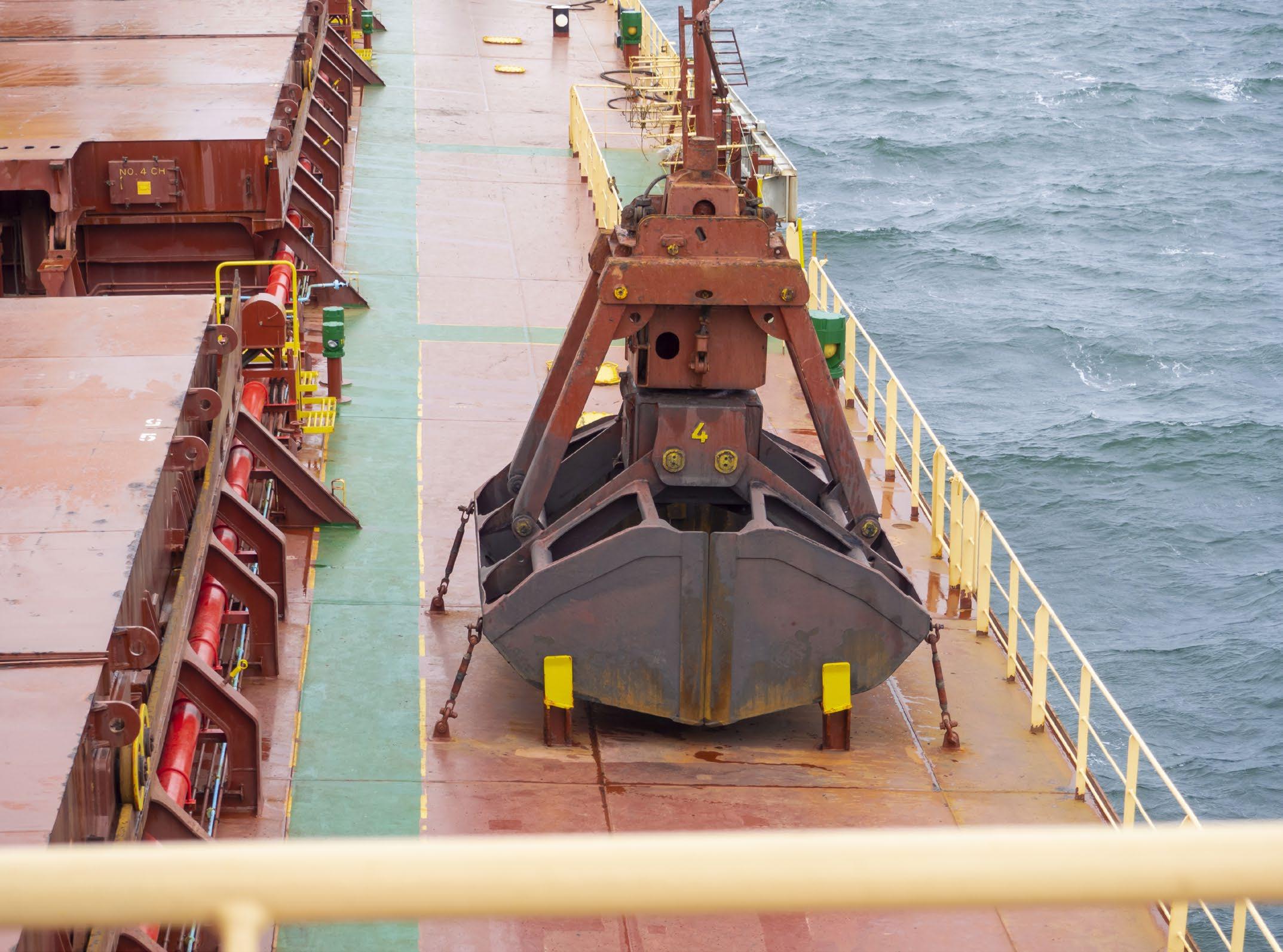
46 BULK TERMINALS international | SUMMER 2023 safety
Arecent webinar by the International Cargo Handling Coordination Association (ICHCA) with Port Technology International outlined some of the issues that the industry needs to consider.
Advances in technology, such as in drivers’ cabs, has improved port worker safety substantially according to speakers on the port safety webinar.
How to Innovate for Workplace Safety in Ports and Terminals discussed key issues around workforce safety. The industry figures speaking where in agreement that technological innovation must be accompanied with buy-in from all port users and stakeholders is critical to keep all users safe.
ICHCA CEO Richard Steele told attendees that there had been 354 shore-based fatalities, including 349 port workers and 20 truckers globally since the year 2000. This made it essential for the cargo industry to keep on proactively searching for ways to improve health and safety; building on what has worked and looking for new ways to address risks.
Steele commented: “The key thing that industry can do is to agree common good practice and then act as champions, role modelling those good values and creating expectation of standards across the industry.”
Safety and sustainability advisers
Rombit CEO Evert Bulcke explained that technology in a driver’s cab that acts as a constant remainder to drivers to perform their tasks safely can result in a significant decline in accidents, by as much as 80%.
“To be successful you need training and procedures, supported by continuous training and alerting through digital tools,” said Bulcke.
He pointed out that maintenance, energy and repair costs were reduced by around $5,000 per vehicle, per year, from such innovations as the real time digital coach, while the US Occupational Safety and Health Administration (OSHA) estimates that around 70% of all lift and crane accidents could be prevented through training and the application of digital tools.
Steve Biggs, a senior assistant for the International Transport Workers’ Federation, also emphasised the importance of making sure that changes to work practices were agreed with staff, getting their “buy-in”. Only then could new technological fixes and innovations in work practices be successfully applied.
Steele agreed, pointing out that the International Maritime Organization provides excellent international regulations, but once national borders are crossed the regulatory frameworks are individual and it becomes more complex to try to get uniform application of procedures. Industry itself has an ongoing responsibility to all of its stakeholders to continue to show health and safety leadership.
The consensus was that all stakeholders, both inside the terminal gates and those coming into the port from outside should be aware of and actively included in safe working practices. Health and safety manager Lee James, who works at DP World’s terminal in Southampton stressed the need to explain why changes were being made to prevent the often-strong resistance to what might otherwise be seen as unnecessary change.
“You hear people say if it’s not broken why fix it, but in my opinion, you have to ask why wait until something breaks before you fix it?” he said.
Safety rules need to be reiterated constantly, but that must be combined with visible and felt health and safety leadership from management to the shop floor. All of which can then be supplemented by tech that produces data and can monitor safety performance.
battery risk
Standardised training and regulations should come into force sooner rather than later to reduce the significant safety risks electric car batteries pose to vessels and crews, a panel of industry-leading speakers discussed at a recent webinar held by alternative fuel consultancy service Stream Marine Technical (SMT).
Part of the Stream Marine Group, SMT held the webinar in conjunction
with Ship Management International to discuss how the industry can work together to deal with the huge fire risks that batteries in electric cars pose to both life and ship.
Speakers at the webinar included, Tony Int’ Hout, director at Stream Marine Technical, Tim Springett, policy director, UK Chamber of Shipping, Jan Polderman, founding member of marine incident management specialists BlueTack, and Kelly Malynn, ESG strategy lead for marine at insurers Beazley.
UK Chamber of Shipping’s Springett told delegates that corners of the industry are becoming increasingly concerned over the dangerous fire risks of lithium-ion batteries (LIBs) as the proportion of vehicles powered by LIBs being carried on ro-ro ferries increases. As the vehicles begin to age and the batteries deteriorate, the risk of dangerous fires steadily increases, he explained.
Int’ Hout, from Stream Marine Technical, explained that battery fires are normally created from two initiating causes, such as damage to the battery caused by a collision, incorrect charging regime or wrong charging, incorrect installation, a battery being incorrectly stored, or a malfunction of the battery.
Talking about the current training requirements for crews, he said: “The regulations are not really robust enough yet. Even if you have 85 firefighters onboard, similar to a standard cruise ship, they can respond to the fire very quickly, but the challenge lies with dealing with a battery fire – they are very hard to put out. We do not have enough training in fire safety with any of the alternative fuels that are coming into the industry.”
There have been 387 LIBs fires since 2012, Springett reported. “While this figure is relatively low when you take into account there are 16m electric vehicles globally, there is little training or awareness to ensure crews know what to do when faced with a LIB fire,” he said.
Talking about the dangers, he explained: “When these fires do occur they are much more difficult to put out, compared with other types of fires crews
47 BULK TERMINALS international | SUMMER 2023
safety
have to put out. The triangle of fire –heat, fuel, oxygen – is the first thing one learns on a fire safety course, but with LIBs there is a tetrahedron of fire. There is an additional effect of a chemical chain reaction. Once the thermal runway starts, that fire is unstoppable. Flames in LIB fires will be pulled towards the nearest energy source.
“STCW fire safety training is based on completely different types of fires and burning materials, so this is something that should be addressed. The industry should look at what the appropriate requirements for training are going forward.”
The International Maritime Organization (IMO) is to begin a review of STCW fire safety training in 2025, but even then it will take two years to complete and then seven years to adopt, warned Springett. The UK Chamber of Shipping is treating the dangers of LIB fires as a priority, he added, and it will be looking at setting out a number of proposals and guidelines that can be turned into legislation, and eventually adopted by the IMO.
Jan Polderman from BlueTack highlighted the added dangers of toxic fumes and vapours that come from a battery fire, along with the added risk of electrocution.
He said: “We believe the way forward for the industry is to collect data, analyse
it, develop new systems or re-develop existing systems, test new ideas and –this is important – test, re-test and test again, develop training for responders and build further on experience.”
TMS tie-in with orca ai
Orca AI has joined up with TMS Group to enhance the safety of its fleet. The Orca AI platform has been rolled out across TMS Cardiff Gas’s fleet of 11 liquefied natural gas carriers from its 2020-2021 newbuild programme, and nine oil tankers from the TMS Tankers fleet.
TMS Group was looking for a solution to enhance its crews’ situational awareness capabilities, with a focus on navigation in congested areas and in low visibility conditions. It also wanted to improve compliance with its safety policy and develop further understanding of the navigational challenges that the fleet is facing and how they are managed.
The partnership began in June 2021 and since installation, the TMS Cardiff Gas fleet has reduced the number of its close encounter events by 25% and increased the average minimum distance from other vessels by 19%.
These figures come as the industry faces an increasing number of safety challenges, with AGCS research showing that 75% to 96% of marine accidents involve human error.
By leveraging Orca AI’s automated watchkeeper, TMS crews will gain enhanced situational awareness as well as optimise fleet performance under high-risk navigational scenarios.
The Orca AI platform will connect TMS’s vessels and shore-side operations, enabling fleet management teams to receive actionable insights on vessel performance, identify navigation trends that pose a risk and take preventative actions to make fleet operations more efficient and decrease downtime, while guaranteeing timely arrivals.
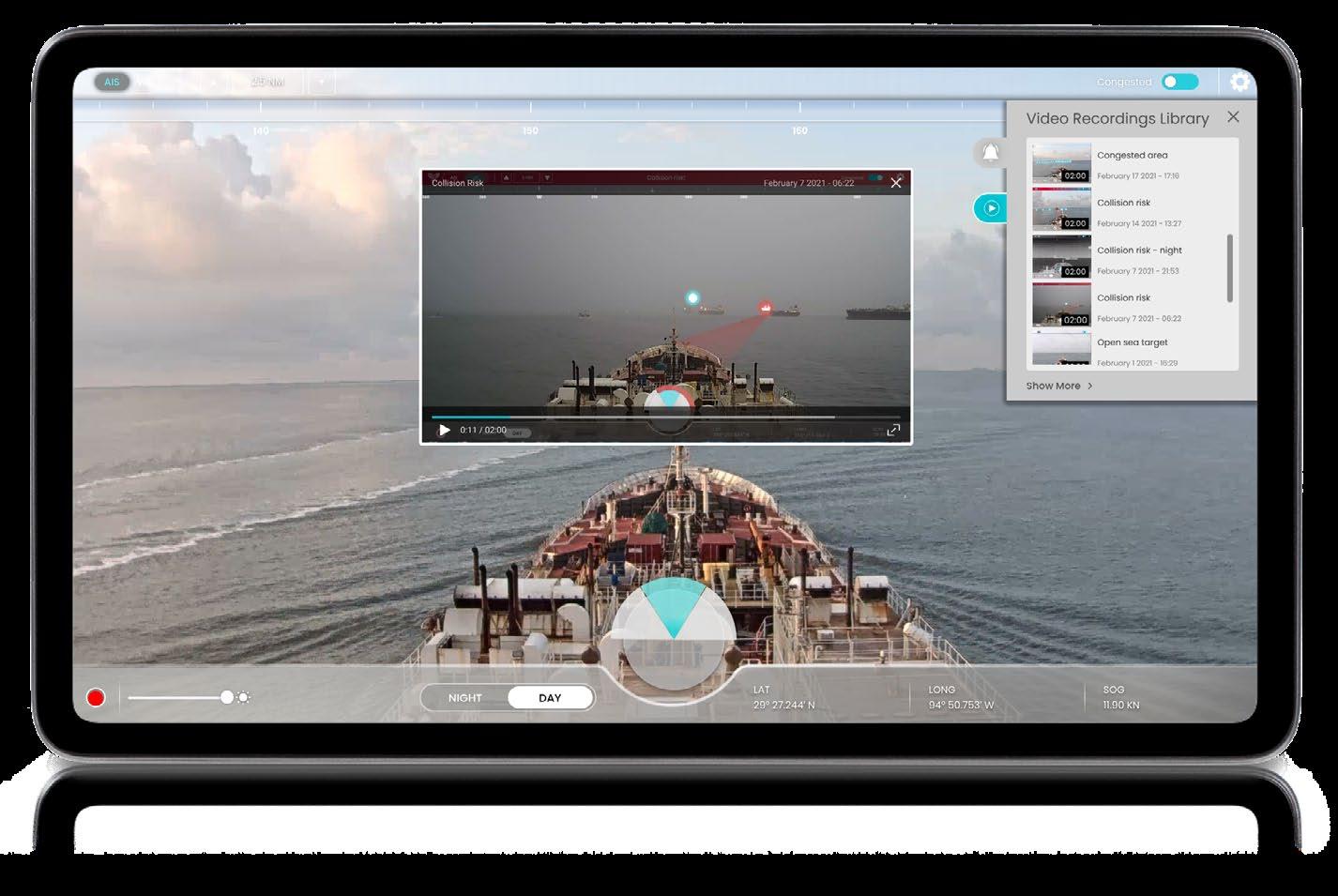
Testing centres unveiled
The Australian Maritime Safety Authority (AMSA) CEO Mick Kinley handed over two new facilities in June to Arif Toha, director general of Sea Transportation Indonesia in Jakarta.
These new facilities are part of the two governments’ Joint Declaration on Maritime Cooperation, to foster a safer and more secure maritime environment for seafarers, vessels, and the global shipping industry.
The two facilities – a Solid Bulk Cargoes Testing and Training Facility and a Ship Safety Inspection Centre of Excellence – were handed over to the Indonesian Directorate General of Sea Transportation (DGST), which will oversee the running of the facilities.
The Solid Bulk Cargoes Testing and Training Facility will create a safer and more efficient mineral export sector by ensuring best practices in the safe carriage of solid bulk cargoes such as coal, bauxite, iron ore fines, and nickel concentrate.
Liquefaction of solid bulk cargoes can result in vessel instability and capsize – the leading cause of major fatalities during the transportation of solid bulk cargoes worldwide.
The facility will address this risk through policy, research, technical training and programmes that support the International Maritime Solid Bulk Cargoes Code.
The new Ship Safety Inspection Centre of Excellence will establish an effective safety inspection regime with transparent regulations and processes,
48 BULK TERMINALS international | SUMMER 2023
safety
ensuring reliable enforcement of SOLAS obligations and standards for both Indonesian-flagged vessels and foreign vessels visiting Indonesian ports.
The new centre will achieve this by leveraging the collective expertise of the Indonesian Directorate General of Sea Transportation, AMSA, and the international maritime community, to build the necessary workforce capability to enforce compliance with international conventions.
safety discussions
Maritime safety discussions were held at the International Maritime Organization (IMO) recently, helping progress measures to meet the challenges presented by increased use of new technologies in the maritime sector.
The Maritime Safety Committee (MSC) is the highest technical committee at the IMO, responsible for all matters related to maritime safety and maritime security. The committee has a mandate covering all kinds of ships including passenger ships and cargo ships.
Greg Pusey, Australian Maritime Safety Authority’s manager maritime safety systems and Australia’s head of delegation, said the maritime industry is undergoing a significant transformation with increased use of cyber-connected systems, autonomous vessels, alternative fuels, digitisation and data sharing practices to improve commercial vessel safety. “We were pleased to see measures addressed at this session including progress on the development of the non-mandatory goal-based instrument for Maritime Autonomous Surface Ships,” he said.
The committee also agreed to undertake a comprehensive review of maritime cyber risk management guidelines, develop a safety regulatory framework to support the reduction of greenhouse gas emissions from ships using new technologies and alternative fuels, and to include in the IMO’s regulatory framework new measures to prevent the loss of containers at sea.
MSC also adopted amendments to the international convention on standards of training, certification and
watchkeeping for seafarers, and the Safety of Life at Sea Convention and codes that will apply new regulations to ships in the coming years.
Drug smuggling warning
The freight industry must resist the tidal wave of drug smuggling, says insurer the TT Club. Since April, yet more examples of criminal gangs utilising the complexity of European import trades to smuggle in drugs have continued to emerge.
Reports include cocaine in containers of fruit through the port of Antwerp; in Rotterdam, narcotics were discovered in reefer containers carrying melons from Panama; ecstasy with a value of €1.5m in a truck at Calais, and Le Havre emerging as a hotspot for cocaine imports; 133 kilos of marijuana and hashish at the Port of Motril in southern Spain brought in from North Africa; and news of smuggling gangs with links to Brazil operating in Lisbon and Oporto.
“These are just fragments of the evidence that we have of the crucial role ports are playing in the illicit drug trade across Western Europe,” comments Mike Yarwood, managing director loss prevention at TT Club. “110 tons of cocaine were seized at the port of Antwerp last year and much has been reported of how the city has become the European hub for drug importation. But the network of channels for the trade is widespread and few ports along the seaboard can turn a blind eye to the problem.”
To open the industry’s eyes to the dangers yet further, TT is committing significant resources to collating detailed reporting, including that of their partner BSI Screen, to create greater awareness of the sophisticated methods that criminals employ, the extent of their geographical reach and the diverse gateways they are using to supply the vast European market for illicit drugs.
“Increasing awareness, particularly the role of European ports in drug smuggling is crucial to restricting this trade,” comments Erica Bressner, BSI’s European analyst, “especially as indications show that smuggling at
ports may be increasing for certain key narcotics, like cocaine. Europol has reported record-setting seizures of cocaine every year since 2017, particularly in seaports. This points to a growing market for the narcotic as cocaine becomes more affordable to the average consumer.
“In response, European port authorities have worked to implement additional security measures to combat this trade and its concurrent violence. However, the control of the criminal syndicates is such that they have the ability to adapt their smuggling routes to evade authorities. This includes a diversification of smuggling routes to target non-traditional ports of entry where security measures are less intensive,” says Bressner.
With the potentially enormous profits to be made within the drugs trade, funds to bribe port employees and others working in the transport infrastructure are readily available. Customs officials and police officers are not beyond corruption and the current levels of inflation and high living costs are further incentivising those that were perhaps beyond reproach in the past.
In addition to corruption, the criminal syndicates are able to discover key contacts at the ports (often online and through social media) and threaten them and their families with harm to ensure their compliance and silence.
Ports offer an attractive transfer point for drugs from sea-going vessels and containers to trucks. These trucks leaving for the hinterland can contain contraband, often without the driver’s knowledge, and are hijacked, increasingly by heavily armed and brutal gangs. Also becoming more extensive is computer hacking, either to directly obtain information of a specific container’s whereabouts or intended destinations, or to plant tracking software that facilitates raids at pinpointed locations.
Much more vigilance across European port communities is clearly required. TT’s Yarwood outlines one strategy: “Employee vetting and training both in terms of motivating them to be vigilant and loyal,
49 BULK TERMINALS international | SUMMER 2023
safety
but also in terms of maintaining secure processes of documentation and online communication. Identifying the more common origin points of contraband cargo, such as South America and North Africa, and ‘rogue’ consignees and unexpected delivery points will help,” he advises.
Security at the established targeted ports has naturally been increased with, for example a new 70-strong security corps established in Antwerp, increased CCTV surveillance and the use of drones in Rotterdam, and a specialist anti-drug trafficking police unit in the Netherlands. However, the crime groups are well entrenched, having established long tentacles throughout supply chains and are sophisticated in their expertise and knowledge of how trade works.
“We are dealing with global crime syndicates,” concludes Yarwood. “Efforts to combat their activities will be akin to squeezing a half-inflated balloon, we may constrict them in one or two ports but they will find ways to exploit others.
“We urge all in our industry then to be aware of the possibilities of drug importation and to take all steps they can to restrict this illicit trade.”
onboard Ship safety
Global Survival Technology solutions provider Survitec aims to substantially improve onboard ship safety with a new interactive safety management solution.
The solution, a safety management and rapid response technology interface (SMARR-TI), uses a graphical monitoring interface to integrate fire detection and fire suppression systems within one system. SMARR-TI, which Survitec developed in cooperation with Turkish shipyard Tersan and Norway’s Havila Voyages, is already in operation on a pair of 15,500gt passenger ships.
“SMARR-TI is unique in that it can integrate both fire detection and fire suppression systems within one easyto-use solution; there is currently no other digitised safety monitoring solution like this. What sets it apart is that it is interactive. The aim is to give early warning of changes in a quick and
effective way, and then to enable swift action to prevent a fire from happening,” says Rafal Kolodziejski, head of product support and development at Survitec.
SMARR-TI, which supplements SOLAS requirements for general arrangement plans to be permanently exhibited for the guidance of the ship’s officers and crew, can provide a digital interactive plan of the entire ship’s fire defence systems, encompassing fire prevention, fire detection, and fire suppression.
By way of a 27-in touchscreen monitor on the bridge and in the engine control room, the crew can monitor and operate the ship’s fire defences simply and easily. Real-time status indication is paired with alerts and notifications to warn of temperatures exceeding set limits, or the presence of smoke or flame.
SMARR-TI then activates automatically to sound the alarm, close fire doors and fire dampers, shut down ventilation, activate CCTV cameras and trigger signals to the alarm monitoring system, SMS interface, and public announcement system.
“The idea for a digital graphical monitoring system was already being developed by our engineers when we won the contract for the first Havila vessel,” says Vassilis Georgossopoulos, sales manager at Survitec. “We realised that the ship’s profile fitted perfectly with the concept. The yard and owner agreed, and we started developing this as part of the project.”
difficult questions ahead
Artificial intelligence and the advent of automated ships will pose difficult questions in determining liability under the Hague Rules for maritime casualties, the 2022-2023 chairman of the Association of Average Adjusters has cautioned.
Sir Nigel Teare raised the concern as he suggested that a recent case, in which the Supreme Court confirmed that a defective passage plan will render a vessel unseaworthy, will be scrutinised in the context of technological developments.
Sir Nigel chose for his annual chairman’s address to the association
in London the topic of Seaworthiness, Negligent Navigation and Safer Ships, reviewing the implications of the general average case that he tried at Admiralty Court level in 2019, relating to the containership CMA CGM Libra
The laden vessel left the buoyed fairway and grounded as she was leaving Xiamen, one of the largest ports in China, in May 2011, necessitating a costly salvage operation. Most of the cargo interests accepted that the cause of the casualty was negligent navigation and paid their contribution to general average, but a small minority refused to do so.
The shipowner failed in proceedings in the Admiralty Court to recover general average sums from that minority, and its decision was upheld by the Court of Appeal and the Supreme Court.
In his address to the association, Sir Nigel extended the question of passage planning to its potential application to vessels controlled by operators ashore or by computers on board -ships known as Maritime Autonomous Surface Ships or MASS for short. “They are not yet common,” he said, “but, with commendable foresight, MASS are being closely monitored by the International Maritime Organization.” The IMO is exploring how far regulatory regimes such as Solas and the Collision Regulations can apply to autonomous ships. Its plan is to have a non-mandatory code for that type of ship by 2024, with a mandatory code in force by January 2028.
There was no reason why MASS should not have a passage plan to be seaworthy for their voyage, said Sir Nigel. “Such plans may in the future be produced by a computer. What if the reason that a passage plan is defective lies in a defect in the software purchased by the owner?”
He noted that Sir Richard Aikens, another distinguished judge, has suggested that in such a case an owner would be able to say that he had committed no breach of due diligence because the defect came about when the ship was not under his control or, as it was put in one case, ‘in his orbit.’
50 BULK TERMINALS international | SUMMER 2023
safety
“That, if I may say so, appears to be correct,” remarked Sir Nigel. “The need for the vessel to be in the orbit of the owner before the owner is subject to the due diligence obligation in the Hague Rules [the protocol of 1924 on the allocation of risk between shipowners and cargo interests] was recognised by Lord Hamblen in the Supreme Court in the CMA CGM Libra case.
“Thus, the focus will be on the question whether the owner, once he was in possession of the software, should have appreciated, by careful and skilled monitoring of the software, that it was not in a fit condition for its purpose. If his monitoring were negligent then there will have been a failure to exercise due diligence. I suspect that it will be difficult to establish negligence of this nature.
“Where the master on board or operator ashore acts negligently when commanding the vessel that would amount to negligent navigation. But what if the error is committed by a computer? If such error is the result of a defect in the software the automated vessel would presumably be regarded as unseaworthy.
“Again, there would be no breach of due diligence by the owner unless the owner could and should have detected the error before the commencement of the voyage. But if the error is the result of an error by the artificial intelligence of the computer, then that might well be regarded as negligent navigation by the computer just as if it had been an error by the officer of the watch.
“Thus,” continued Sir Nigel, “one can envisage expert evidence from software engineers as to the nature of the defect and as to whether the defect could and should reasonably have been discovered by the owner or whether it was simply a mistake by the artificial intelligence of the computer.
“At present, expert evidence in maritime cases is given by former masters and marine engineers. But in future, as and when MASS suffer a casualty, the important experts may well be software engineers. I would
find that a depressing prospect; but more youthful minds may disagree,” he observed.
Sir Nigel insisted that the introduction of electronic charts had not eliminated the need for proper passage planning. To be seaworthy, a vessel must still at the outset of the voyage have a proper passage plan. That remained essential to safe navigation.
The AAA chairman recalled that the CMA CMG Libra case had caused disquiet among shipowners and protection and indemnity clubs. It had been suggested that the decision would lead to more cargo claims against carriers and their insurers and to more claims in general average being resisted by cargo interests.
Since the decision Sir Nigel had been informed by the P&I clubs that it was now routine to find allegations of poor passage planning in cargo claims. But in considering whether the decision would materially increase the share of the burden of maritime casualties borne by carriers it was necessary to ask whether any defect in a passage plan would render a vessel unseaworthy.
Sir Nigel doubted that the effect of the Supreme Court decision would be as damaging to shipowner interests as some had suggested. He said that “if the decision in the case does lead to carriers bearing a greater burden of the losses caused by maritime casualties than in the past, that is because the notion of a seaworthy vessel keeps up with and reflects modern safety standards. That is not a cause for regret. Seaworthiness is the handmaiden of beneficial changes in ship management designed to promote safety at sea.”
He added: “It is difficult, I think, to contemplate a case where a defect in the passage plan does not render the vessel unseaworthy.” However, a note of caution should be sounded. Lord Hamblen had said that in any future case it would be necessary to prove that the defect in the plan was ‘sufficiently serious’ to render the vessel unseaworthy.
Opinions as to what is proper passage planning might reasonably and legitimately differ. This would have to be borne in mind when deciding whether a sufficiently serious defect had been established. The reality was that the scope of the seaworthiness duty was not fixed in stone but could adapt to and encompass changes in the practice of shipping.
Some in the industry had suggested that the decision in the CMA CGM Libra case was now out of date in the world of electronic charts. “I beg to differ,” said Sir Nigel. “The advent of electronic charts has not eliminated the need for proper passage planning. To be seaworthy, a vessel must still at the outset of her voyage have a proper passage plan. Such a plan remains of essential importance to safe navigation.
“What will become important will be the training of navigational officers in the art of passage planning when using electronic charts.
“The UK government’s Marine Accident Investigation Branch has urged navigating officers not to rely solely on the data embedded in a computer-based system, but to consult all sailing directions and notices to mariners just as they would when passage planning on paper charts. There is evidence that not all navigating officers understand the limitations of electronic charts.
“It is therefore possible that the introduction of electronic charts will give rise to more, not fewer, complaints of poor passage planning.
“In circumstances where the decision of the Supreme Court has so clearly resolved the issues of law, the debate in the future is more likely to concern the adequacy of the plan on the electronic chart, the significance of any defects and the adequacy of the training of officers to use electronic charts safely,” said Sir Nigel.
Sir Nigel is now an arbitrator at the 10 Fleet Street practice, having retired from the High Court in 2020.
51 BULK TERMINALS international | SUMMER 2023
safety
CLASS ACTS
Leading class societies have been signing off on a number of new innovations for the maritime industry, with the aim of improving safety, efficiency and environmental credentials
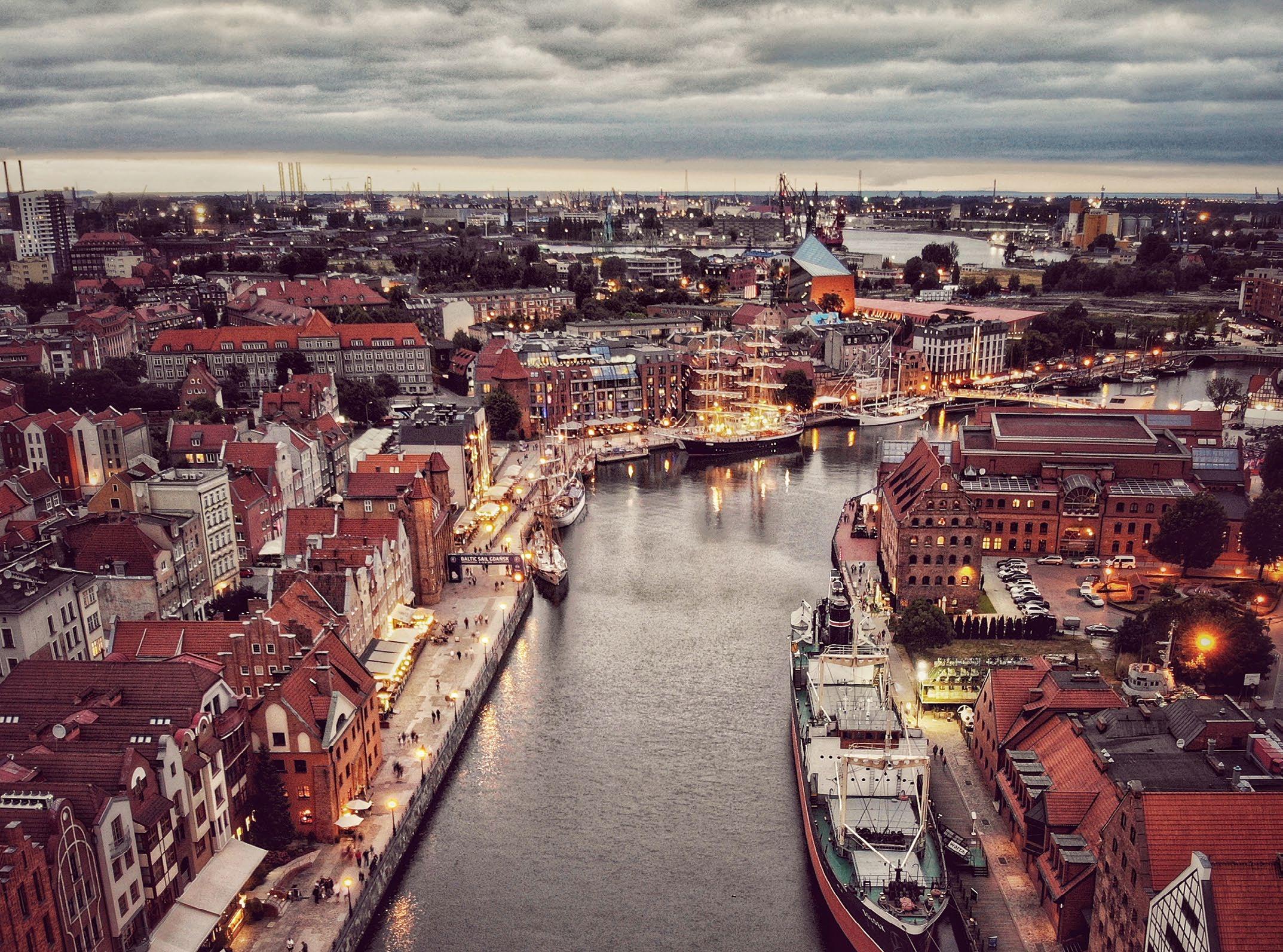
52 BULK TERMINALS international | SUMMER 2023 bulker classification
The International Association of Classification Societies (IACS) Council (C87) met in Gdansk recently to discuss, among other things, the recent decision by the International Maritime Organization (IMO) to adopt a new output to develop a framework for the safe decarbonisation of shipping. This was the result of a two-year effort by IACS to ensure that critical safety concerns were not overlooked in the collective drive to lower carbon emissions as far and as quickly as possible.
One point mentioned at the Council meeting was progress being made by the Safe Decarbonisation Panel with regards to alternative fuels and new technologies, along with the provision of expert input to a wide range of industry and regulatory forums addressing CO2 reduction measures.
A letter of intent was also signed with the Singapore port authority to work with it to accelerate the safe and practical implementation of low- or zero-carbon technologies, through increased collaboration and information sharing.
Recognising the power of digitalisation to support and drive decarbonisation, C87 also committed to optimising its various working groups engaged in the digital
bulker classification
napa links with ccs
NAPA, a leading provider of maritime software, services and data analysis, and China Classification Society (CCS), have announced a new joint project between NAPA Steel and CCS’s Compass-SDP to streamline the data exchange process between designers, engineers and class societies. Through the use of 3D models created in NAPA Steel, the move optimises the design and rule check process, saving time and resources, while making class approval more efficient.
transformation of the industry to ensure IACS plays its full role in supporting industry on this journey.
The council recognised the potentially significant impact the EU’s Maritime Safety Package could have on class societies’ work as recognised organisations and committed to working constructively with the Commission on its development. Also in an EU context, the council also reviewed IACS’ ongoing contributions to EU environmental legislation stemming from the ‘Fit for 55 package’, and particularly around the inclusion of shipping in the EU Emmissions Trading System and the Fuel EU Maritime Regulation.
The meeting also elected Roberto Cazzulo of the Royal Institution of Naval Architects as the incoming chairman of IACS, as from 1 Jan 2024.
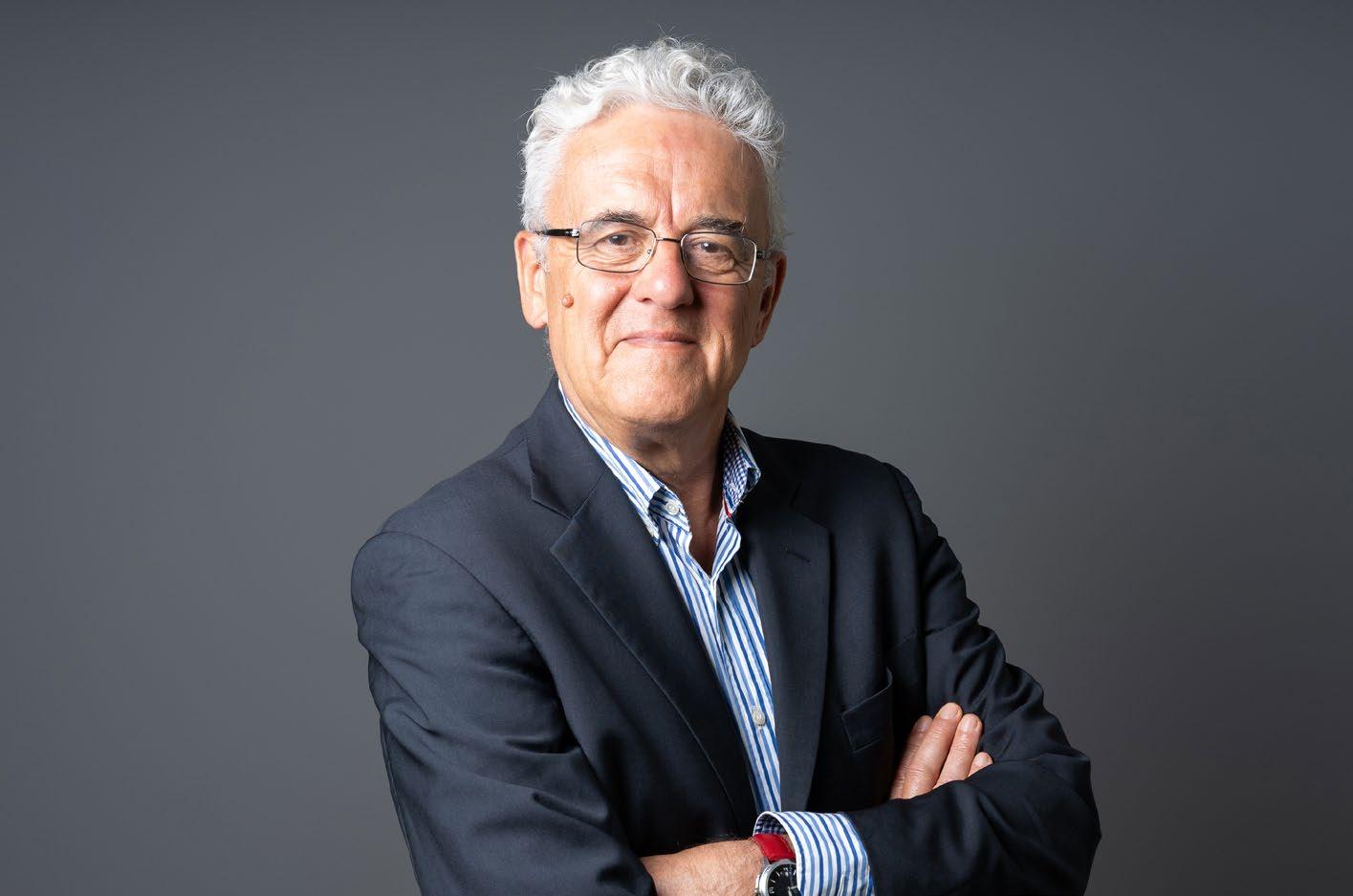
Speaking at the end of C87, IACS chairman Nick Brown, of Lloyd’s Register, said: “IACS’ significant contributions to safe decarbonisation, both in terms of keeping safety at the forefront of IMO discussions and through the substantive technical contributions it is making to support the introduction of alternative fuels and technologies, demonstrate the value that a non-commercial, impartial association brings to this debate.”
NAPA is the first ship design CAD solution to offer an interface for Compass-SDP. The integration will allow 3D structural models created in NAPA Steel to be exported to a data format for 2D hull structure models – SSD-2D –which can then be easily imported and processed on Compass SDP for further rule calculations.
This integrated process will reduce the modelling time on CompassSDP and improve ship design quality through closer collaboration between teams. More streamlined communication directly on 3D models allows approval engineers to crosscheck sections more easily and shorten the approval time. This will enable safer and higher quality ship designs for the industry.
Mikko Kuosa, NAPA’s chief executive officer, says: “The need of the hour across maritime is for greater collaboration for safer and greener ships of the future. Re-shaping the traditional dynamics between engineers, designers and classification societies, and enhancing co-operation, NAPA is proud to be driving change across the industry through the use of 3D models.
“As the industry’s digital capabilities grow, this project with CCS is an important step towards accelerating the adoption of 3D model-based approval and furthering our commitment to a more agile and collaborative process between all parties.”
Zhao Yan, vice president, CCS, adds: “At CCS, we are committed to
53 BULK TERMINALS international | SUMMER 2023
IACS INCOMING CHAIRMAN ROBERTO CAZZULO
supporting a more swift and intelligent design and approval process by making class approval as simple as possible. Today’s announcement to introduce a new interface between NAPA Steel and our Compass-SDP will help make this a reality by delivering a more integrated and streamlined process with minimal risk of error and time consumption. We are proud to be leading this change and helping future-proof the industry.”
As part of the project’s first phase, the interface will cover longitudinal structure members as well as geometries and scantling information such as plate thickness, material, and stiffener profiles. This is in addition to other ship data relevant to rule calculation, such as frame system, principal particulars, hull girder loads, and compartment data.
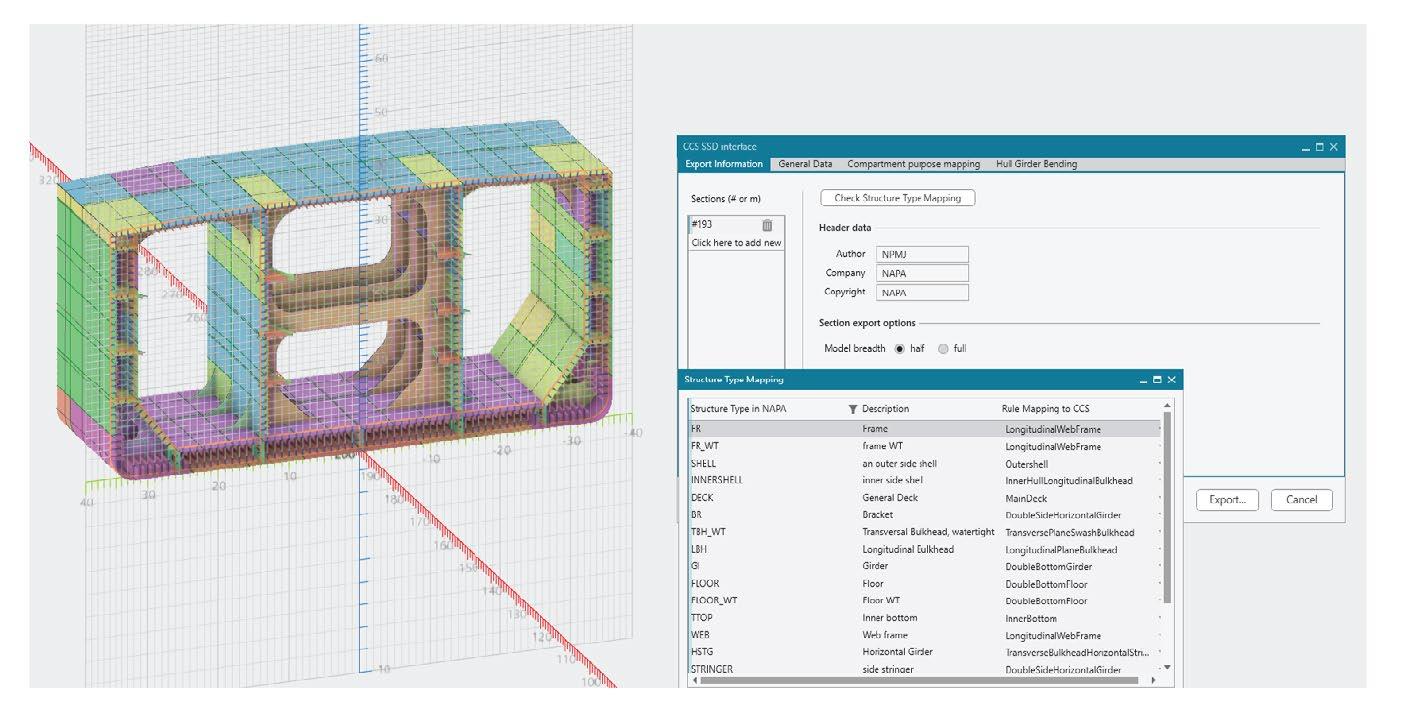
KR Grants First Ntq
Korean Register (KR) awarded the first New Technical Qualification (NTQ) statement to the Hyundai Intelligent Navigation Assistant System (HiNAS Control) during Nor-Shipping 2023. The successful completion of the System Integration Stage, the third stage of the NTQ process, solidifies HiNAS Control’s capabilities as an innovative AI-based autonomous navigation system.
Developed in collaboration between Avikus, a leading provider of autonomous navigation solutions, and HD Korea Shipbuilding and Offshore Engineering (HD KSOE), HiNAS Control utilises augmented reality technology.
By integrating data collected from vessel sensors and sailing equipment, the system assists ships to navigate optimal routes, maintain ideal speeds, and avoid collisions. This solution not only enhances safety during navigation, but also improves fuel efficiency and alleviates the operational workload for bridge teams. Additionally, HiNAS Control is poised to contribute to the reduction of maritime accidents and air pollutants.
AiP
for design technology
KR has also awarded an AiP (Approval in Principle) to K Shipbuilding and ForceTEC for their design technology focusing on ship cyber resilience, in accordance with the IACSUnified Requirement (UR) E26.
In a collaborative effort that began in January 2023, KR, K Shipbuilding and ForceTEC embarked on a joint research project aimed at applying and validating the rules of ship cyber resilience, demonstrating their proactive response to the forthcoming adoption of IACS UR E26.
IACS UR E26, which was introduced in April 2022, establishes unified requirements for cyber resilience in ships. It will become mandatory for vessels contracted for construction from January 2024. Ship cyber resilience encompasses a range of measures aimed at reducing cyber accidents and mitigating their impact on the computer-based systems utilised for safe navigation and the protection of the marine environment.
Within the framework of this collaborative project, K Shipbuilding and ForceTEC undertook the design of the ship’s navigational communication system and engine control system, incorporating cyber resilience considerations. They established a response system by formulating a basic design and test methodology, guided by a cyber risk management framework.
bv aip for Carbon capture
Bureau Veritas (BV) meanwhile has delivered an Approval in Principle (AiP) to Wah Kwong Maritime Transport Holdings, a Hong Kong shipowner, and Qiyao Environmental Technology (Qiyao Environ Tec), a subsidiary of Shanghai Marine Diesel Engine Research Institute, for a carbon capture and storage (CCS) project onboard two Wah Kwong vessels.
The AiP follows a joint study led by BV, Wah Kwong and Qiyao Environ Tec, which validated the technical feasibility of using CCS technology on existing vessels as a measure to ensure compliance with the IMO’s Carbon Intensity regulation.
The analysis focused on two bulk carriers in Wah Kwong’s fleet and assessed the viability of using CCS technology to upgrade those vessels’ CII ratings.
Based on the specific design parameters of the vessels, Qiyao Environ Tec developed a customised design of a CCS unit for the two vessels. The CCS unit has passed laboratory tests, achieving more than 85% CO2 capture from the exhaust gas flow, and is being continuously optimised and upgraded. The system is based on an organic amine solution that extracts CO2 from exhaust gas, before it is cooled into liquid form and stored in a low-temperature storage tank.
The study showed that CCS enabled the two vessels to remain compliant by upgrading and maintaining their CII rating at a C level until 2030. It considered all aspects of retrofit space, operational impact, CAPEX and OPEX, as well as
54 BULK TERMINALS international | SUMMER 2023
bulker
NAPA 3D STRUCTURE MODEL
classification
bulker classification
the upcoming EU Emmissions Trading System (ETS), to assess the future investment and revenue expectations for each vessel.
BV provided comprehensive support for the project, from vessel selection in the early stages of the project, to the design layout of the CCS system on board, certification and cost analysis. BV reviewed the plans according to existing regulations and rules to ensure the safety of the vessels and equipment, and validate that the carbon emission reduction targets are effectively achieved during the operation of the vessels.
The project aims to support the future commercial application of CCS technology in the maritime sector, providing a clear analysis to guide decision-making by ship owners and related parties, especially for older vessels in operation.
Hing Chao, executive chairman of Wah Kwong, says: “With regulations such as the International Maritime Organization’s Carbon Intensity Indicator and the EU ETS coming into force for shipping, it is essential to ensure compliance and to reduce the carbon footprint of existing vessels for years to come. Carbon capture and
storage technology is one of the netzero solutions currently available.
“We hope this would encourage further studies or advance implementation of the CCS technology.”
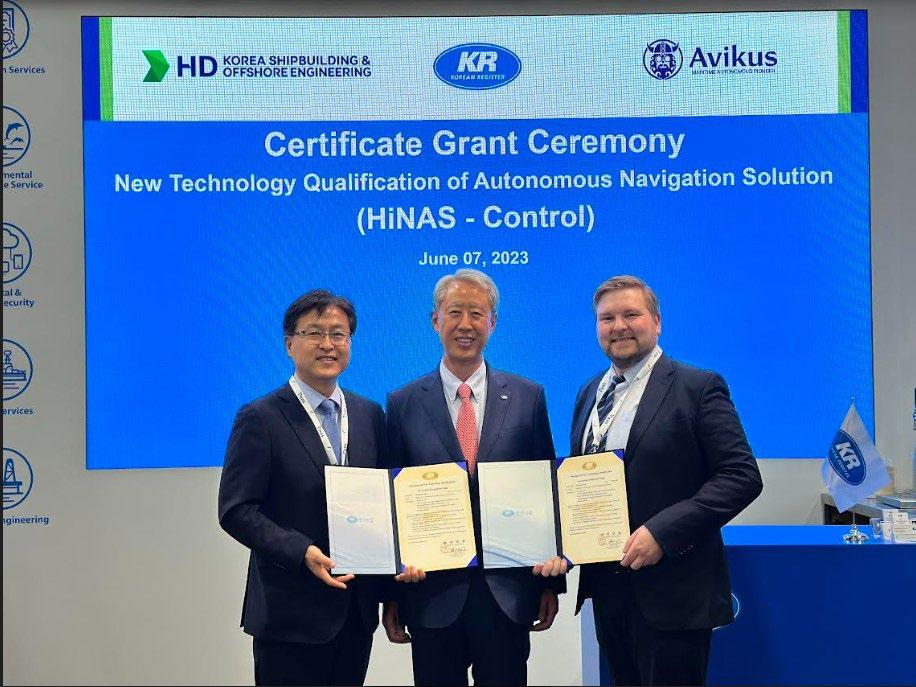
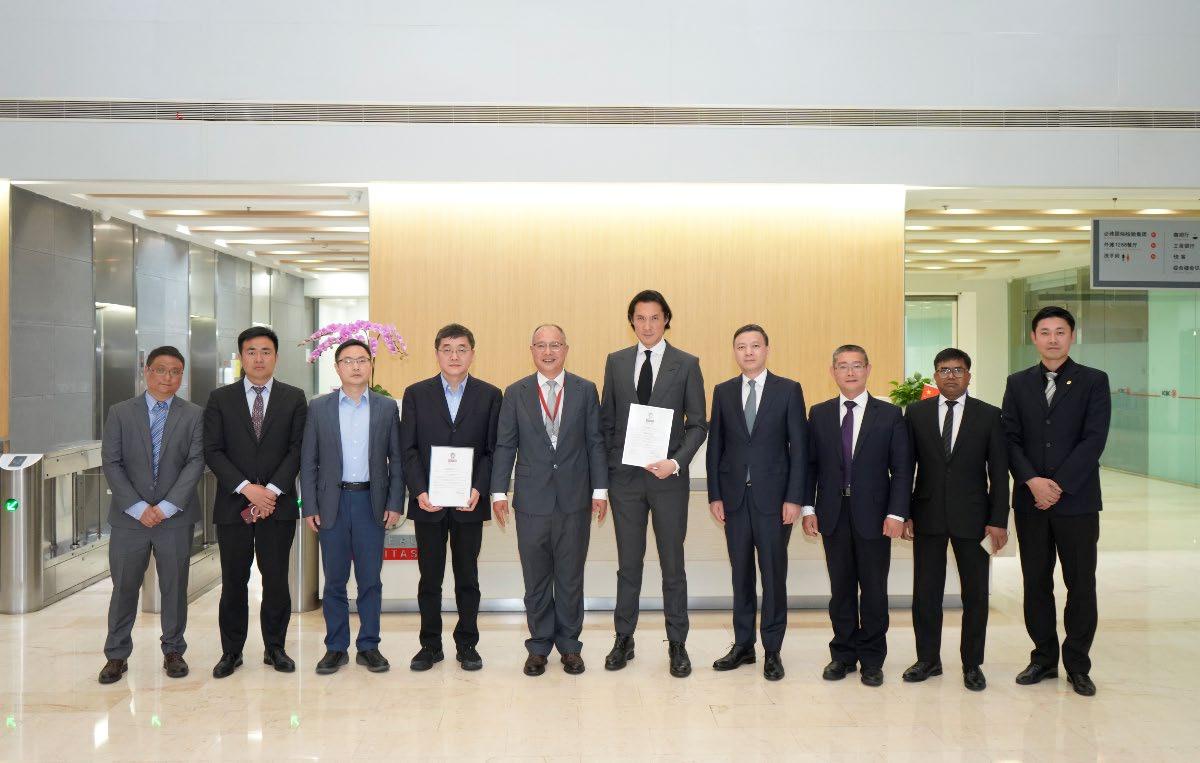
Jianfu Dong, president at Shanghai Qiyao Environmental Technology Co, says: “Carbon capture and storage technology has been available for several decades, notably in
industrial projects on shore, but only recently have we started to deploy its considerable potential for the maritime industry. Our hope is that this innovative project will also help spur the development and implementation of CCS technology in shipping more broadly.”
Machinery maintenance Bureau Veritas has also taken a significant step forward in the delivery of digitally optimised machinery maintenance with the launch of a new capability that enables its machinery maintenance application (MMA) to connect directly to a vessel operator’s own maintenance management system, K-Fleet from Kongsberg Digital.
This capability allows the vessel operator to directly transfer the required machinery maintenance data to BV. The first such connection between BV’s MMA and a vessel owner’s computerised maintenance management system (CMMS) went live on 3 April this year, using K-Fleet software from world-leading technology group Kongsberg.
Kongsberg Digital has released this connector allowing ship operators to easily push their planned maintenance survey system (PMS) data to BV’s MMA. This enables the
55 BULK TERMINALS international | SUMMER 2023
BUREAU VERITAS, WAH KWONG MARITIME TRANSPORT HOLDINGS, AND QIYAO ENVIRONMENTAL TECHNOLOGY, ATTEND APPROVAL IN PRINCIPLE CEREMONY AT BV’S SHANGHAI OFFICE
FROM LEFT TO RIGHT, KWON BYOUNGHUN, EXECUTIVE VICE PRESIDENT AND HEAD OF DIGITAL RESEARCH LAB OF HD KSOE , LEE HYUNGCHUL (KR CHAIRMAN & CEO) AND CARL JOHANSSON (VICE PRESIDENT OF BUSINESS DEVELOPMENT OF AVIKUS)
bulker classification
In order to sail safely, all vessels must undergo regular surveys of their machinery equipment and systems. However, most modern ships have more than 300 separate pieces of machinery onboard, each with its own specific maintenance requirements. This poses a challenge for owners, operators, and managers on how to conduct machinery maintenance regularly, but also efficiently.
For normal machinery maintenance scheme, this process is done through an in-person survey of all machinery items by a BV surveyor once every five years, during the renewal survey. But today, a large part of the world’s fleet is using more optimised survey schemes such as CSM or a PMS.
first use of this connection by one of the leading Swedish shipping companies, Furetank.
This new connector serves as a communication channel between ship operators and BV. Based on the data, BV can prepare the periodical audits with greater speed and efficiency.
Using this new connector, the vessel’s list of equipment (LOE) is sent with a click and the maintenance report data is pushed automatically from Kongsberg K-Fleet. When the machinery maintenance audit is requested by the vessel operator, the BV surveyor will log into BV’s machinery maintenance application and generate the maintenance report for the time period in question with the latest data received, ready for review.
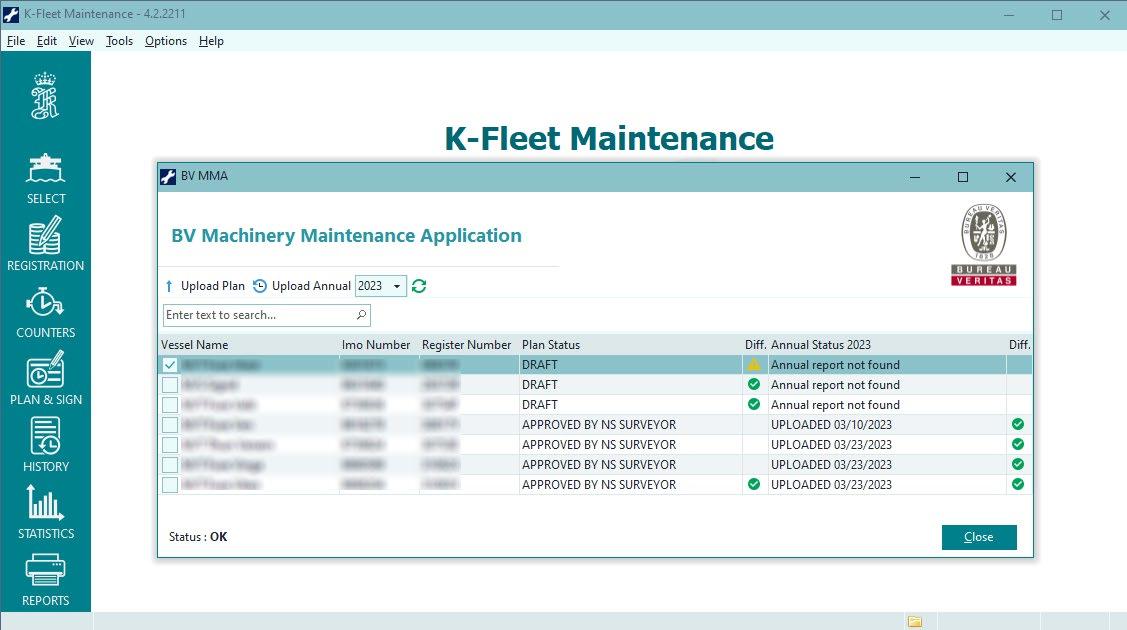
K-Fleet will then continue to update with new data on a regular time schedule until a new request for annual, occasional or renewal audit is received.
Laurent Hentges, digital solutions and transformation vice president at Bureau Veritas Marine and Offshore, says: “This is a significant step forward in supporting shipowners, operators and managers with their machinery maintenance requirements. Jointly developed by Bureau Veritas and Kongsberg, it is a great example of how two leading digital solutions can be integrated to meet the needs of
vessel operators.
“This collaboration with Kongsberg also highlights our ambition to take advantage of new technology and data exchange to advance the digitalisation to support class surveys, as well as support our clients with their digital transformation.
“Our aim is to replicate this first connection done with Furetank with other shipowners and CMMS. Data acquired will also open the door for data analytics and optimised maintenance models in the future.”
Sanna Tovar, technical coordinator at Furetank, says: “We continuously strive towards utilising new technologies and developments which make our ship operation safer and more efficient.
“The possibility to share the information from the vessels’ PMS directly with Bureau Veritas class surveyors will improve our work towards safer shipping and optimise our onboard surveys as the surveyor can come onboard better prepared, thus allowing the survey to focus on items not already available through the system.”
This new solution builds on BV’s MMA, which was launched in 2022. This digital tool connects directly to ship operators’ CMMS and helps them transition to optimised machinery maintenance schemes.
Bureau Veritas’ MMA connects the ship operators’ maintenance system with BV’s own system, facilitating the development of a PMS plan with online guided booking. It collects data on the maintenance status of all machinery items, manages modifications to onboard equipment, and provides access to manufacturer manuals.
This enables ship operators and BV surveyors to get a clear and comprehensive overview of onboard machinery maintenance, efficiently prepare for surveys and assess the machinery maintenance conditions.
Innovation centre
Classification society DNV and China State Shipbuilding Corporation (CSSC), the world’s leading shipbuilding group, have established a Future Ship Joint Innovation Centre in Shanghai.
The Centre will allow both companies to cooperate on ship and offshore field technical innovation, advance in decarbonisation and digitalisation transformation, and provide technical support and solutions to the maritime industry.
CSSC’s vice president Sheng Jigang and DNV Maritime CEO Knut ØrbeckNilssen unveiled the new centre. At the same time, Shanghai Merchant Ship Design and Research Institute’s (SDARI) president Lv Zhiyong and DNV’s
56 BULK TERMINALS international | SUMMER 2023
SHIP MANAGER K-FLEET MAINTENANCE SYSTEM, WHICH PUSHES CLASS RELATED PMS DATA DIRECTLY TO BUREAU VERITAS MACHINERY MAINTENANCE APPLICATION
bulker classification
senior vice president and regional manager Norbert Kray signed the cooperation agreement.
The Centre will be established and operated by SDARI and DNV China following the Strategic Cooperation Agreement Framework signed by CSSC and DNV in 2019. Committing to maritime decarbonisation and digitalisation transformation, the centre will set up three joint work groups on decarbonisation, digital twin/digital ship and smart shipping, focusing on developing future-proofed vessel holistic solutions to advance green and smart shipping innovations.
Sheng Jigang says: “The establishment of this centre is an important step for a deepened strategic co-operation between CSSC and DNV, China and Europe. Additionally, the mutual trust and advantages gained will pave the way for an in-depth technical exchange between SDARI and DNV China, accelerating research on green and intelligent shipping technology towards global maritime transformation.”
Ammonia-fuelled AiP
DNV has also awarded Viridis Bulk Carriers an Approval in Principle (AiP) for its ammonia-fuelled short sea bulk carrier design.
As the maritime industry is looking to bend the carbon curve towards zero, green ammonia is one of the most promising options. As production is scaled, the ease of transport and storage and good energy density, offers some advantages over other low- or zerocarbon options – provided the technical and safety challenges are managed. The Viridis Bulk Carriers design, developed by Kongsberg Maritime, is for 5,000dwt short seas vessels that offer a range (3,000nm) and safety levels equivalent to conventionally fuelled vessels.
“We are delighted with yet another milestone for our ammonia powered short sea bulk vessel,” says André Risholm, board member of Viridis Bulk Carriers. “During the AiP process we have had a good constructive process and excellent co-operation
with DNV. This is a clear testament to the hard work completed and are important for moving closer to the newbuilding phase.
“Considering the heightened emission reduction targets set by the EU and International Maritime Organization, our Viridis vessels will fully adhere to these standards. This will empower charterers to benefit from exceptional greenhouse gas reductions throughout their logistical value chain.”
“We are extremely proud to announce the successful grant of the AiP for Viridis Bulk Carriers’ groundbreaking project,” says Tuva Flagstad-Andersen, regional manager of region North Europe at DNV. “DNV introduced the Gas Fuelled Ammonia notation to enable the industry to foster innovation and drive sustainable solutions in line with the most advanced industry standards. This is essential to wider adoption, because building trust is vital as we look to develop the next generation of fuels.
“With these projects, we demonstrate how by working in collaboration, we can shape the future of shipping and advance towards a decarbonised and sustainable tomorrow.”
DNV has also awarded the Mærsk Mc-Kinney Møller Center for Zero Carbon Shipping in collaboration with Nordic Green Ammonia Powered Ships (NoGAPS) partners BW Epic Kosan, Yara, MAN Energy Solutions, Wärtsilä, Global Maritime Forum and Breeze Ship Design an AiP for the design of an ammonia-powered gas carrier – the M/S NoGAPS
The certificate was presented during the Nor-Shipping trade fair.
The maritime industry is accelerating in its drive towards a multi-fuel zero carbon future. One of the promising options is ammonia – when produced sustainably from hydrogen generated using renewable electricity.
Harnessing the potential of ammonia and overcoming the
technical challenges of the fuel has brought together the partners in the Nordic Green Ammonia Powered Ships (NoGAPS) project, with the aim of having an ammonia-powered ammonia carrier in operation in the region.
In the first phase of the NoGAPS project the partners developed a proof of concept on overcoming the barriers to adoption of the fuel, with a focus on safety and efficiency, the fuel supply chain, and overall commercial viability.
The second phase, which is still ongoing, began with the development of a vessel design, with the goal of having a vessel in operation. The long term aim is to develop an infrastructure, operational, and business ecosystem for ammonia powered shipping.
“As shipping steps up to tackle the decarbonisation challenge, regional initiatives that pioneer and demonstrate the potential of new fuels and technologies, can help lead the way to wider adoption while building local expertise and opportunities,” says Flagstad-Andersen. “Ammonia is a promising alternative fuel option – one that we have been working to enable for several years now, including developing the Gas Fuelled Ammonia notation.
“We are very proud to be part of NoGAPS, collaborating with an extremely strong group of stakeholders who have the experience, expertise, and cooperative spirit to deliver on this innovative concept.”
“Collaborative novel design development and safety case integration are critical for the necessary maturation of the ammonia fuel pathway,” says Claus Winter Graugaard, chief technology officer, onboard vessel solutions at the Mærsk Mc-Kinney Møller Center for Zero Carbon Shipping. “NoGAPS provides a leading example of this and demonstrates the benefit of starting with ammonia as a fuel in the gas carrier segment.”
57 BULK TERMINALS international | SUMMER 2023
GREEN THINKING
Innovation and sustainability go hand in hand in Scandinavian ports
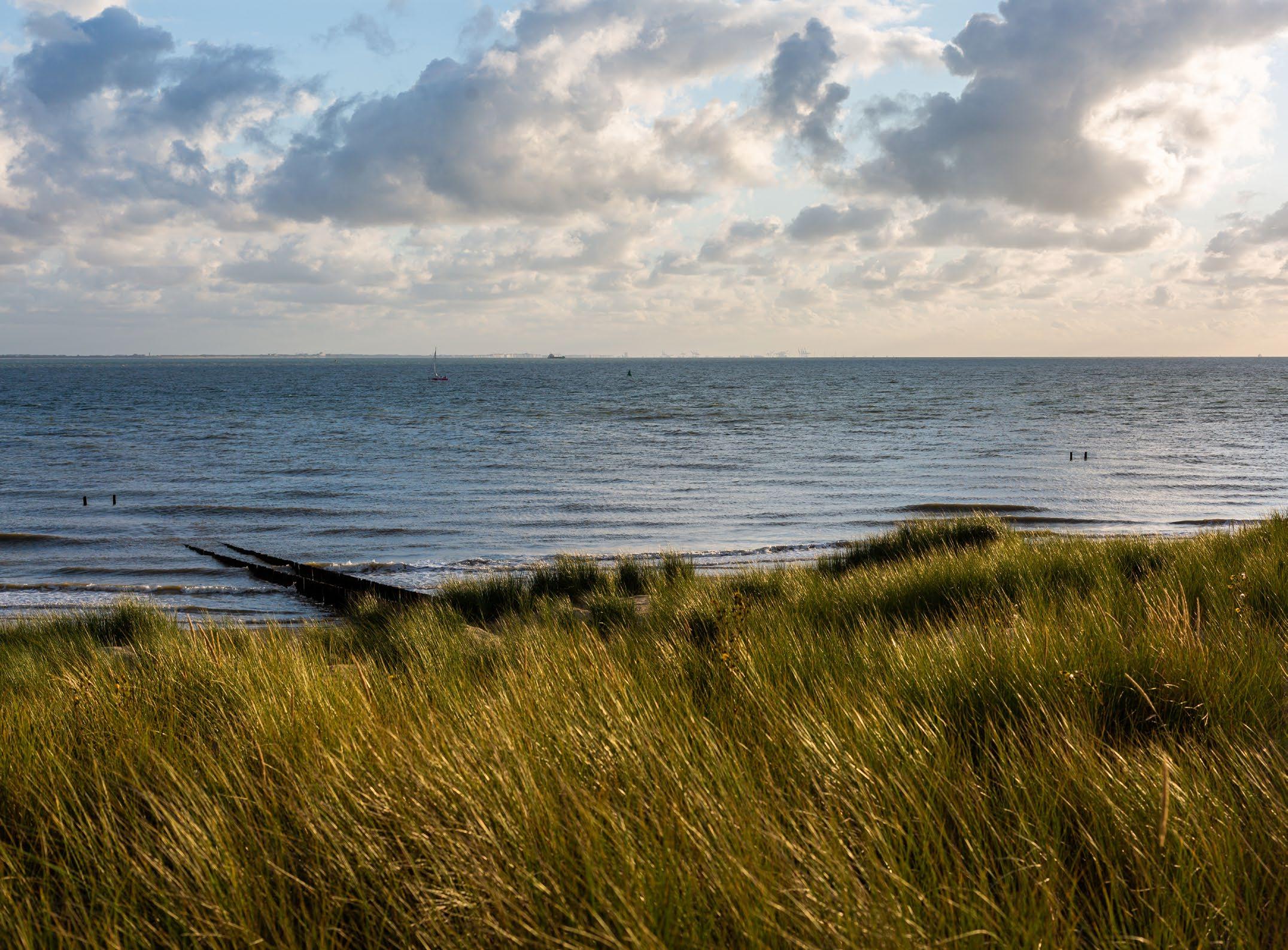
58 BULK TERMINALS international | SUMMER 2023 SPOTLIGHT: scandinavia
SPOTLIGHT: scandinavia
Konecranes has won a public tender from Copenhagen Malmö Port (CMP) to supply container handling equipment for a new container terminal in Copenhagen.
Eight hybrid straddle carriers will be delivered in Q4 2023, and two shipto-shore (STS) cranes are scheduled for delivery in Q1 2025. The order was booked in Q2 2023.
The existing container terminal in Copenhagen will move a few kilometers to a better location in Ydre Nordhavn. It will be completed by 2025. CMP is responsible for the operational activities and for the machines that will handle containers at the terminal.
“It will be a future-proof terminal that will serve customers at a high level and ensure the best possible supply of goods and products to Zealand,” says Povl Dolleris Røjkjær Ungar, COO, Copenhagen Malmö Port.
“In such a busy port we demand high performance from our equipment, but we also want to be one of the most sustainable ports in the world by 2025. In our evaluation process, sustainability was one of the most important factors. The hybrid straddle carriers from Konecranes provide the same power as fully diesel machines while significantly lowering on-site exhaust emissions.”
“CMP is serious about sustainability and so is Konecranes. Our ‘Ecolifting’ approach is a good fit with CMP’s sustainable approach. Its trust in our technology and expertise will be rewarded as it moves into a new and exciting period in the history of the port. We look forward to continuing our work with it for many years to come,” says Mikael Johansson, sales manager, port solutions, Konecranes.
“This order is part of Ecolifting, Konecranes’ continuous work to decrease the carbon footprints of our customers. From eco-optimising diesel drives, to hybridisation and fullyelectrified fleets, we will continue to do more with less.”
Konecranes also says it has been making investments in digitalisation and technology, and working to make
material flows more efficient with solutions that decarbonise the economy and advance circularity and safety.
Innovation platform
The Port of Gothenburg is involved as a partner in an innovation platform launched earlier this year. The platform will bring the port closer to the local and global tech industry and serve as an accelerator for digital development and sustainable logistics solutions. Through collaboration in the platform network, the port will be able to take further steps in both innovation and sustainability.
“We know from experience that we have a lot to gain by taking our expertise, challenges and potential solutions to new arenas and exposing them to new thoughts and ideas. And there is an important signal value in being involved in this project from the beginning to encourage more to join,” says Malin Collin, vice president business strategy and deputy CEO at the Gothenburg Port Authority.
The new innovation platform is an open platform with a focus on sustainability. Things kicked off officially
in May with an inauguration event in Gothenburg where the initiators, Volvo Cars and Plug and Play, started to explore opportunities and plan initiatives together with the Port of Gothenburg.
Plug and Play helps large companies gain access to strategically interesting start-ups. With operations in more than 50 locations globally, the company monitors an ecosystem with more than 50,000 start-ups and 500 partners. The list of its own alumni companies includes names such as Dropbox, PayPal, Trulioo and Rappi.
“We are delighted to have the Port of Gothenburg joining our Maritime and Sustainability verticals as a corporate partner. As the main logistics hub in the region, the Port of Gothenburg is a key addition to our partner network, and we look forward to driving innovation across industries and the globe together,” says Sallar Faridi, senior director at Plug and Play Tech Center.
The Port of Gothenburg’s involvement as an anchor partner is in line with the ports digital transformation goals towards becoming a “smart port”, Collin explains.
“The port is in the midst of a transition phase where electrification, access to alternative fuels, green corridors, digitized quay planning and ship call procedures are examples of areas where we have come a long way.
“Collaboration in innovation and tech has played important roles in our development so far and will become even more crucial for us moving forward. We are constantly seeking new areas for this type of collaboration, and this is a great opportunity that many players in the port will be able to benefit from.
“For example, different port players have challenges that require innovative solutions. The role of the innovation platform is to match these challenges with relevant start-ups and scale-ups. Ideas from other companies with new technologies and alternative ways of working are needed to challenge a traditional industry in need of innovation to develop sustainability work and strengthen competitiveness.”
59 BULK TERMINALS international | SUMMER 2023
It will be a futureproof terminal that will serve customers at a high level and ensure the best possible supply of goods and products to Zealand
GOING FOR GROWTH
Development of South Africa’s sea ports is continuing apace, with a number of proposals put forward to encourage investment in the sector and push expansion forward during the coming years
The Transnet National Ports Authority (TNPA) recently published framework plans for port development in the country following a public consultation period to gain views on the development and land use of South Africa’s commercial seaports.
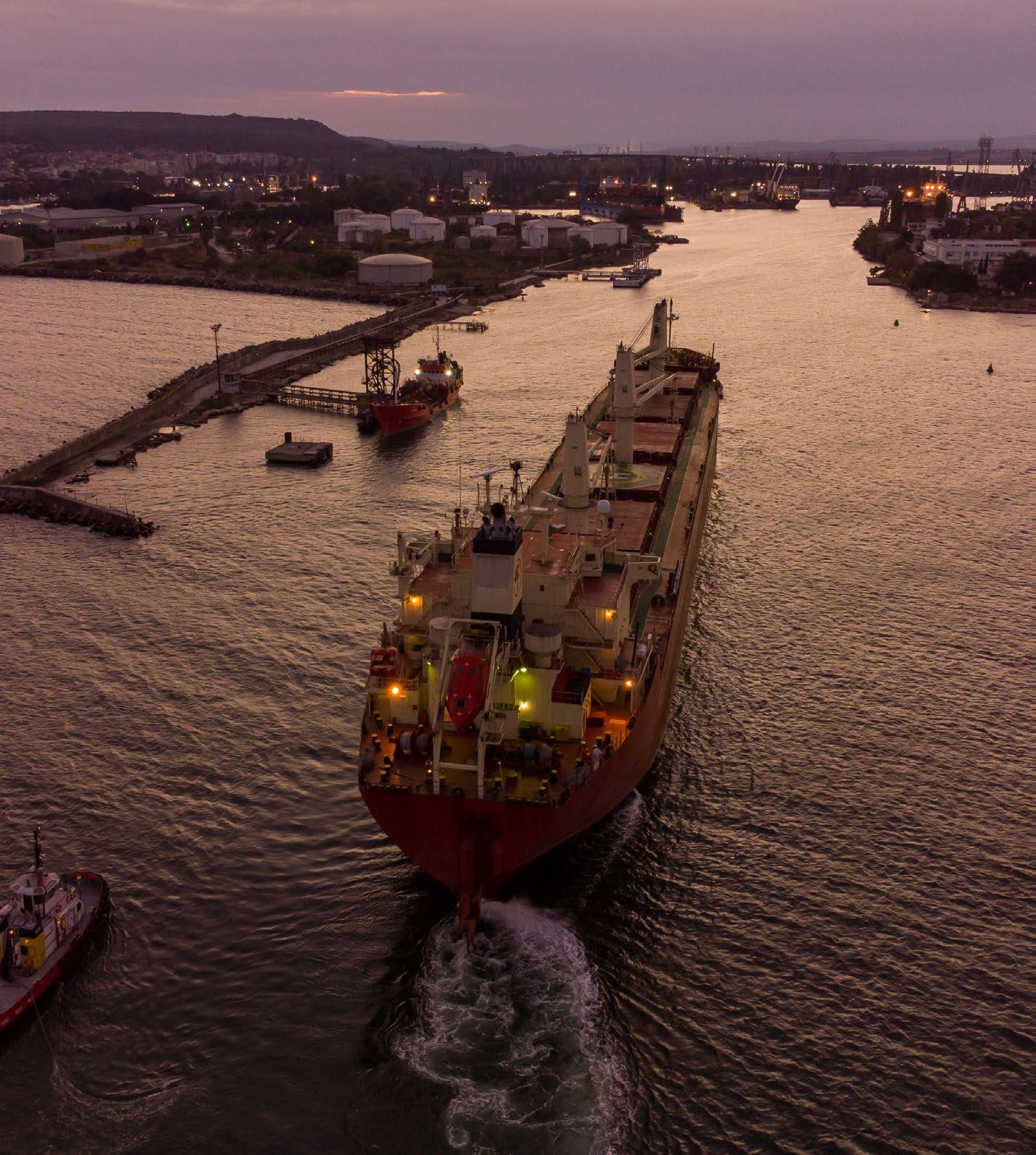
In terms of the plans, TNPA will invest in excess of R13bn over the next five years towards capacity creation to ensure long-term sustainability of the port system. The approved plans outline key projects in the pipeline to develop port infrastructure in the immediate and long term and allow future demand planning aligned to TNPA’s strategy of creating an efficient smart port system.
Underpinned by the Ports Act, the review of framework plans ensures plans remain relevant and in line with international best practice, according to TNPA. For the Central Region ports, the Port of Port Elizabeth is being positioned as an automotive hub alongside the relocation of manganese and liquid bulk facilities to the Port of Ngqura.
The deepening of the N-berth quay will support the automotive sector in the Port of East London. In the Eastern Region ports, the South Dunes liquid
60 BULK TERMINALS international | SUMMER 2023
Spotlight: SOuth Afrca
Spotlight: SOuth Afrca
bulk terminal will be expanded to handle liquid and gas commodities at the Port of Richards Bay, while the Port of Durban continues to be positioned as a regional container hub aligned to the KwaZuluNatal Port Master Plans.
The Western Region ports will acquire strategic land parcels for port expansion at the Port of Mossel Bay. The development of Culemborg as a back-ofport logistics park is planned for the Port of Cape Town, while the provision of the Liquified Natural Gas facilities is planned for the Port of Saldanha.
Mining improvement
Transnet Port Terminals (TPT) continues to see a steady improvement in operations supporting the mining industry, following the floods and industrial action that adversely impacted operations.
The improvement is starting to reach, and in some instances exceed, the pre-covid-19 numbers of the financial year that ended in 2018, which was the best-performing year, it says.
TPT has handled 257% more coal and 20% more manganese this financial year. On a year-on-year basis, coal has grown by 160% and manganese by 4%. In addition, efficiencies in the handling rates for all bulk sector commodity segments, namely iron ore, manganese, chrome, magnetite and coal have improved.
According to TPT general manager of commercial and planning Michelle van Buren Schele, the TPT business has identified its key bulk commodity segments, which include manganese, iron ore, magnetite, chrome, and coal. “This is where we are focused on increasing volumes and efficiencies, with the intention to make our customers competitive”.
She added that global demand required maximum use of existing capacity, a much–needed opportunity in a struggling regional economy.
TPT acknowledges that there is still room for improvement and is working and collaborating with its customers and other stakeholders to improve its service offering.
Richards Bay development
TNPA is calling for entities within the energy sector to participate in its request for proposals (RFP) as it introduces the renewable energy purchase programme in the South African ports system.
TNPA has issued an RFP seeking a service provider to design, construct, test, commission, operate and maintain a 20MW solar photovoltaics (PV) plant with a battery energy storage system, for a period of seven years, at the Port of Richards Bay.
PV plant and a rooftop system. This helps in reducing carbon emissions and providing a cost-effective, reliable energy supply to the port and its users.
Future plans will see TNPA rolling out the renewable energy programme across all its commercial seaports, with overall installed capacity of approximately 100 MW.
Bollard investment
The recently commissioned 80-ton bollards valued at R2.1m at TNPA’s Port of East London are yielding good operational results, with the port recording a ship turnaround time of 14 hours against a target of 17 hours in the 2022/23 financial year ending March 2023.
The construction of the two 80-ton bollards commenced in November 2022 and is one of the capital investment projects that TNPA has planned in line with the Port of East London growth strategy.
“The completion of this project is exciting as the new bollards allow the automotive terminal to safely and comfortably moor ro-ro vessels of 200m in length and above at R-extension berth,” says TNPA port manager, Sphiwe Mthembu.
TNPA’s energy mix plans include the deployment of renewable energy, providing access to liquefied natural gas, micro grids, battery energy storage systems, back-up electricity generator sets and exploring the future use of green fuels such as ammonia and/or hydrogen in its marine fleet.
“Securing alternative energy capacity forms part of TNPA’s desired end-state strategy that aims to enhance internal capabilities to ensure business continuity across the port system, while increasing business resilience and preserving the environment,” says Amanda Makgoga, sector specialist in renewable energy.
This renewable energy plant design will comprise a ground-mounted solar
Mthembu confirmed that now that the bollards have been commissioned, all ro-ro vessels that will ordinarily be docked at S-berth are now being accommodated at R-extension, which has drastically improved the performance of the terminal.
Vessels are now loaded quicker due to the reduced travelling distance between the berth and the terminal facility. This has contributed to an almost 50% reduction on ship turnaround time at the car terminal.
Previously, a vessel of similar size would stay in the port for almost 24 hours. Now, as a direct result of the two new bollards vessels are staying on average 12 hours. This operational efficiency improvement has been realised with three vessels that have been handled after the commissioning of the bollards.
61 BULK TERMINALS international | SUMMER 2023
Securing alternative energy capacity forms part of TNPA’s desired end-state sstrategy, which aims to enhance internal capabilities to ensure business continuity across the port system
MONEY TALKS
Ports on the US West Coast have received significant funding from the government in order to improve sustainability and boost infrastructure development

62 BULK TERMINALS international | SUMMER 2023 Spotlight: US ports
The Port of Los Angeles has been awarded $233m in grants from the State of California to complete essential infrastructure projects aimed at creating a more efficient and sustainable supply chain. The grants were among $1.5bn announced recently by California transportation secretary Toks Omishakin .
“When we invest in infrastructure, we are also investing in our workforce, in our nearby communities and in the Port’s ability to safely and consistently send and receive goods,” says Los Angeles Mayor Karen Bass.
“This investment in critical Port of Los Angeles projects – along with an additional $191m in supporting regional projects – will accelerate our efforts to boost competitiveness, create jobs and enhance decarbonisation efforts,” said Port of Los Angeles executive director Gene Seroka.
Port of Los Angeles infrastructure projects supported by the new state grants include:
» Maritime Support Facility (MSF) Improvement and Expansion Project The MSF provides chassis and empty container storage for all 12 container terminals at the ports of Los Angeles and Long Beach, critical to facilitating goods movement throughout the complex. With this new funding, the area will be improved and expanded from 30 to 71 acres. Improvements will include utilities, drainage, sewage, power, water supply, as well as a paved perimeter roadway. The $198.2m total project amount includes $149.3m from CalSTA and $48.4m in matching funds from the Port of Los Angeles.
» Rail Mainline/Wilmington Community and Waterfront
Pedestrian Grade Separation Bridge
In addition to demolition work and soil remediation, the project involves construction of a 400ft dedicated pedestrian bridge over freight tracks, creating a safer connection between the Wilmington community, several local area schools and the Port of
Los Angeles’ Wilmington Waterfront area. The project will also include construction of retaining walls, storm drainage, electrical and utilities, sidewalks and landscaping. The total project cost of $57.9m includes $42m from CalSTA, $5.62m from the Port of Los Angeles and $10.2m from LA Metro.
SPotlight: US ports
California Transportation Commission for a four-lane grade separation on Terminal Island that will reduce truck delays and improve public safety.
Of the $1.5bn awarded by the California State Transportation Agency, approximately $250m is allocated for zero-emission infrastructure, locomotives, vehicles and vessels.
Southern California regional projects totalling $191m were among the grants announced. These include a $100m BNSF rail expansion project in the High Desert and another $76.3m zeroemission rail and drayage fleet support project by the South Coast Air Quality Management District, among others. These projects support the Port of Los Angeles by improving cargo movement throughout the region.
Port Everglades upbeat
If the pandemic and its fallout was a one-two punch to the seaport industry’s core, then Port Everglades’ newly released annual economic impact report is just the salve needed.
In Martin Associates’ contracted review of the seaport’s employment and financial influence from its cargo and cruise sectors, the Port’s footing as an economic driver is solid, not only for Broward County, but for the state of Florida.
» State Route 47/Seaside Avenue and Navy Way Interchange Improvements This project will modify the intersection of Navy Way and Seaside Avenue to improve traffic operations, reduce collisions and improve safety. Improvements will add a new westbound auxiliary lane, a new eastbound two-lane collector-distributor road, a new offramp termini and eliminate a traffic signal, among other upgrades. Total project cost of $62.98m includes $41.79m from CalSTA and $21.19min Port of Los Angeles funds. Additionally, the Port of Los Angeles received a $15m grant from the
The study measures the Port’s impact in terms of jobs, personal earnings, business revenue, and state and local taxes for fiscal year (FY) 2022. The results bear out the Port’s outsized impact:
» $33bn in economic activities
» $1.18bn in state and local taxes
» 9,584 direct local jobs
» 216,543 Florida statewide jobs supported.
“The significant economic impact numbers demonstrate that we’re squarely back in the ring and ready to maintain our standing as a leading seaport in Florida with diverse business lines that allow us to be the port of choice for ocean-going cargo and cruise guests,” says CEO and port director Jonathan Daniels.
There was a nearly 10-percentage point increase in economic activity
63 BULK TERMINALS international | SUMMER 2023
When we invest in infrastructure, we are also investing in our workforce, in our nearby communities and in the Port’s ability to safely and consistently send and receive goods
Spotlight: US ports
compared to the previous year’s $30bn, and that upward trend in numbers is seen across the board in the FY22 report.
“While we are focused on continued growth that includes being able to accommodate larger vessels with three additional super post-panamax gantry cranes arriving later this year, not only are we going to be big-ship ready, more importantly, we are right-ship ready,’ says Daniels.
In the last fiscal year, Port Everglades’ three business lines recorded notable increases. Cargo had some record months for volumes with sailings from new markets in India, Asia and the Mediterranean. The Port also saw an uptick in its cruise traffic to mostly Caribbean destinations, and forecasts that more than 3.6m guests will travel through the Port in FY2024. The energy sector, meanwhile, saw its second-highest volume in Port history.
“The Port will continue to build on its FY 22 growth,” says Daniels. “That work has commenced with the cruise and cargo sectors notching numerous wins, including Disney Cruise Line selecting our Port as its second homeport – with plans fully underway to open this autumn – coupled with this week’s arrival of MSC Mediterranean Shipping Company’s Santana Service, which connects Southeast Asia to the US, as part of the company’s port rotation change.”
Long Beach investment
California State Transportation Agency officials has also recently announced a $383.35m grant for the Port of Long Beach to complete a series of construction and clean-air technology projects aimed at accelerating the transformation to zero-emissions operations and enhancing the reliability and efficiency of cargo movement.
As part of the state’s Port and Freight Infrastructure Program, nearly $225m will fund a variety of zeroemissions cargo-moving equipment and supportive infrastructure projects across the Port of Long Beach, and include ‘top handlers’ and other
manually operated cargo-handling equipment, as well as tugboats and locomotives.
The sum is the single largest grant the Port has ever received to support the zero-emissions goals of the 2017 Clean Air Action Plan Update.
Officials hailed the grant announcement as a major step forward in the effort to continue improving the port’s sustainability – especially when it comes to air quality – and to build rail facilities needed to speed cargo to its destination.
“This game-changing grant will make a tremendous difference in our efforts to bring more business and jobs to the harbour, enhance the efficiency of cargo movement and accelerate the Port’s ongoing transformation to zeroemission operations,” says Port of Long Beach CEO Mario Cordero.
“The Port of Long Beach has been and will continue to be at the forefront of zero-emissions goods movement,” says Assemblyman Josh Lowenthal, whose district includes the Port of Long Beach. “Today’s announcement is a testament to their ongoing progress and will help the Port continue to be an industry leader in efficiency and environmental responsibility.”
Additionally, $158.4m of the state grant will go toward the planned Pier B On-Dock Rail Support Facility, which will shift more cargo from trucks to on-dock rail, where containers are taken to and from marine terminals by trains. The $1.57bn facility will be built in phases, with construction scheduled to begin in 2024 and be completed in 2032.
As part of its Clean Air Action Plan, the Port of Long Beach has set a goal of zero-emissions terminal operations by 2030, and zero-emissions trucking by 2035. The Port has a long track record of air quality improvement projects that have dramatically lowered emissions since 2005.
“This grant will bring in much-needed clean air technology, equipment, and infrastructure to continue to tackle and prevent supply chain challenges, and to reduce emissions from goods movement,” says state senator Lena Gonzalez, whose district includes the Port of Long Beach. “I am proud of the investments our state is making because they will improve efficiency, support jobs, and boost economic growth at our ports while advancing our state’s environmental goals and doing more to protect the health of surrounding communities.”
The 2022-2023 state budget sets aside $2.3bn for supply chain resilience, including one-time funding totaling $1.2bn for the Port and Freight Infrastructure Program to support goods movement networks affected by the pandemic-induced cargo surge that resulted in unprecedented congestion at California’s seaports.
The programme’s goal is to improve the capacity, safety, efficiency and resilience of goods movement through California’s seaports, while also enhancing air quality and growing the state’s economic competitiveness.
64 BULK TERMINALS international | SUMMER 2023
This game-changing grant will make a tremendous difference in our efforts to bring more business and jobs to the harbour, enhance the efficiency of cargo movement and accelerate the Port’s ongoing transformation to zero-emission operations
Sponsors

THEONLY EVENTAIMED AT THE ENTIREBULK


OFFERING PRACTICAL SOLUTIONS SESSIONS WILL COVER






An in-depth sector by sector market analysis

Streamlining operations and increasing efficiency


Digitalisation and cyber risk

Improving stevedore safety

Ensuring environmental protection and compliance

Legal questions
How equipment and service providers can provide solutions to terminal operators’ needs.

To discuss speaking and sponsorship opportunities please call Simon Gutteridge +33 (0)321 47 72 19 or email events@bulkterminals.org

Port and local organiser

BULK TERMINALS LISBON 2023
For more details and to register, visit: bulkterminals.org/index.php/events Supporting Organisations Media Partners Official magazine of Association of Bulk Terminal Operators (ABTO) 25-26 OCTOBER 2023 INCLUDING A BOAT TOUR OF LISBON HARBOUR AND BULK TERMINAL VISIT
THE ONLY EVENT AIMED AT THE ENTIRE BULK TERMINALS INDUSTRY The Annual Conference of the Association of Bulk Terminal Operators (ABTO) Organised by
TERMINALS INDUSTRY
The beginning of a new era
The all-electric transshipment crane CBG 500 E www.liebherr.com
Port and transshipment solutions
